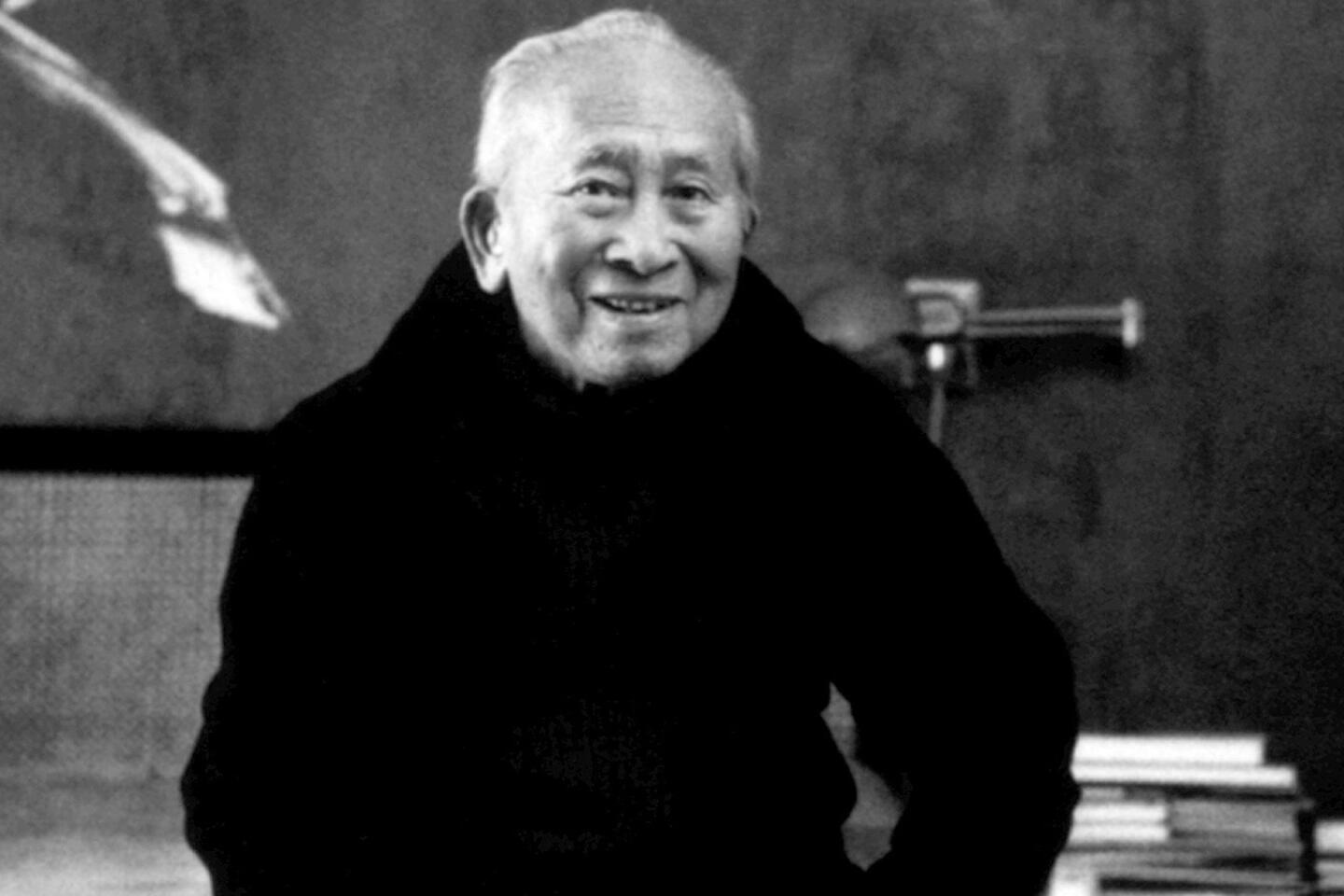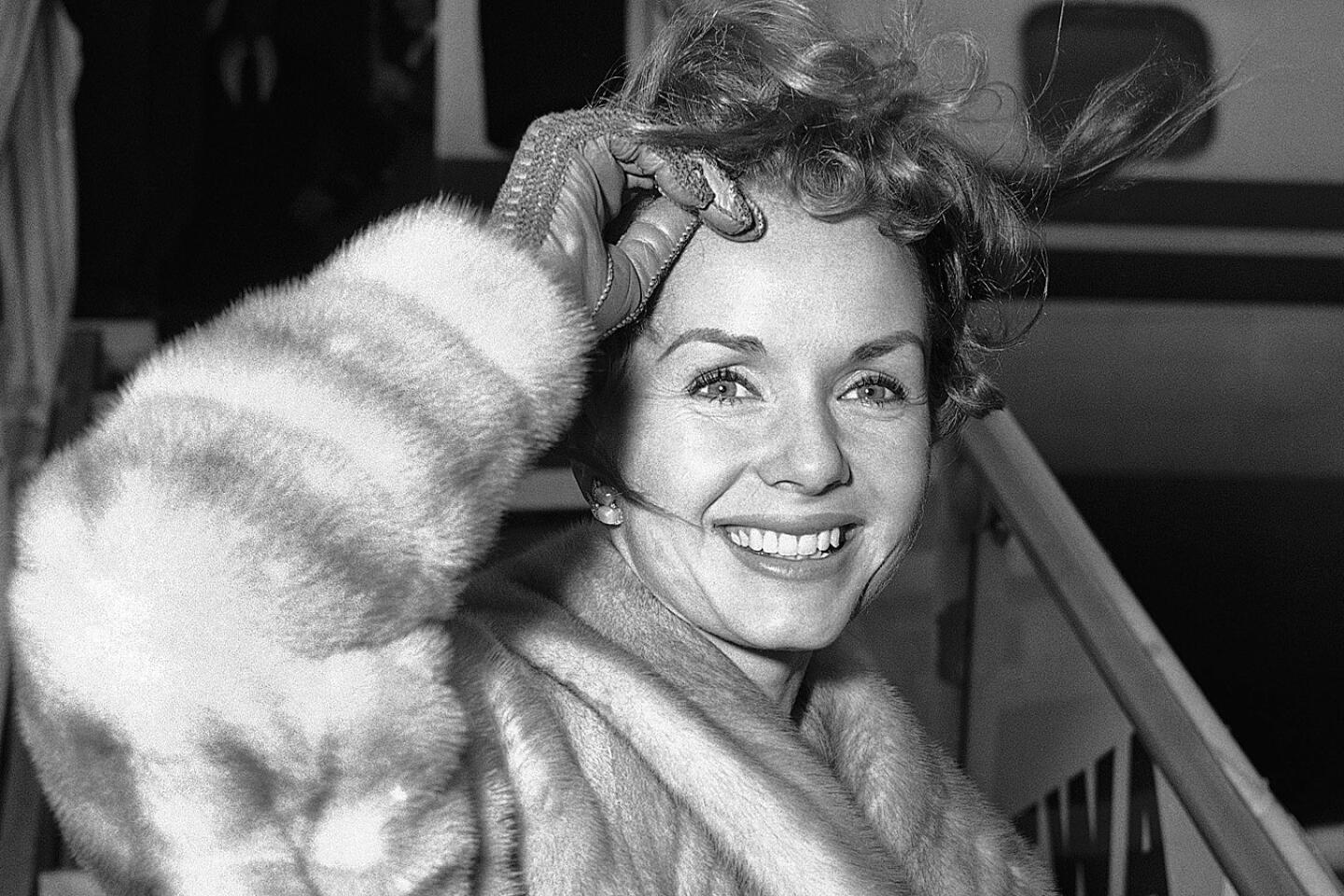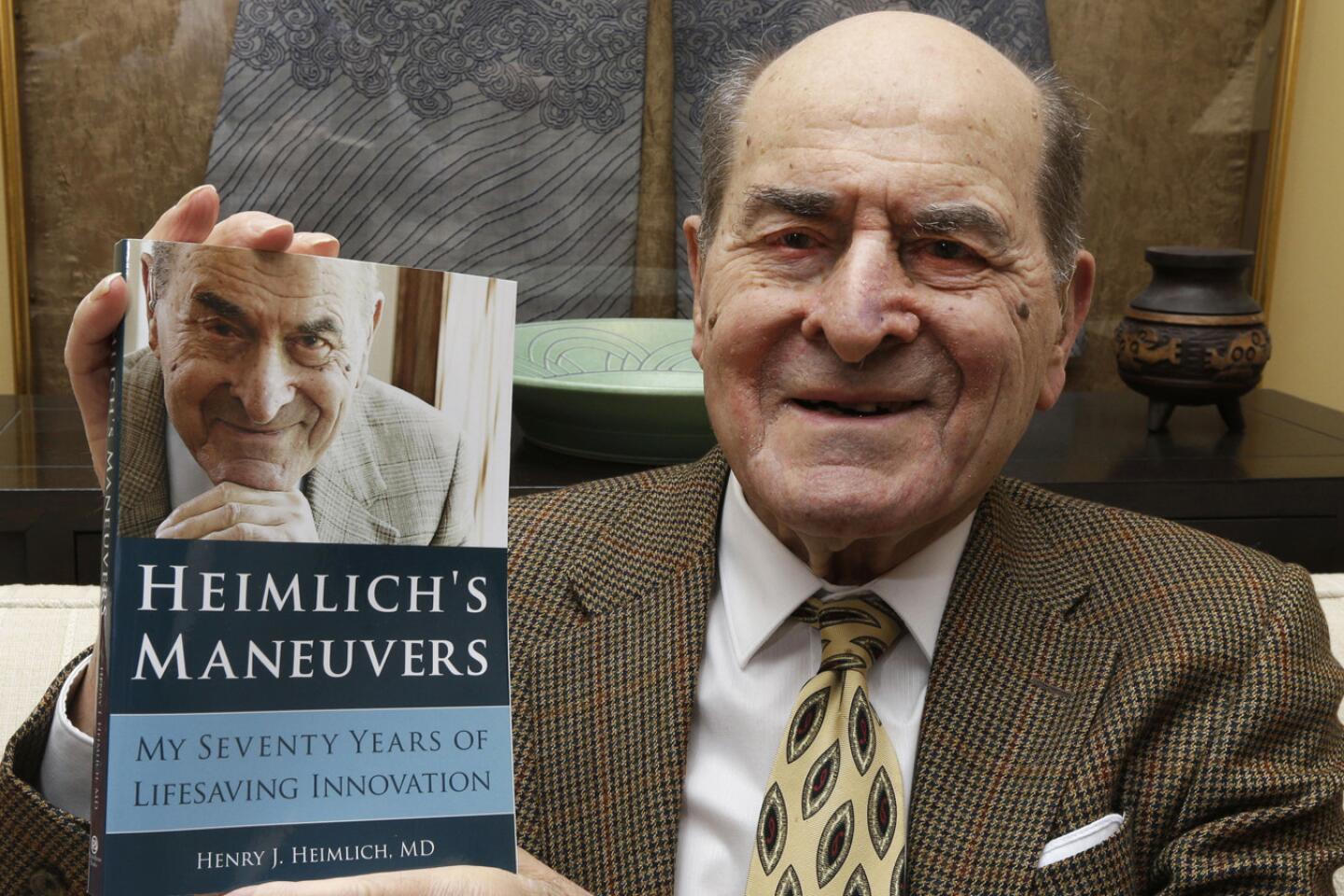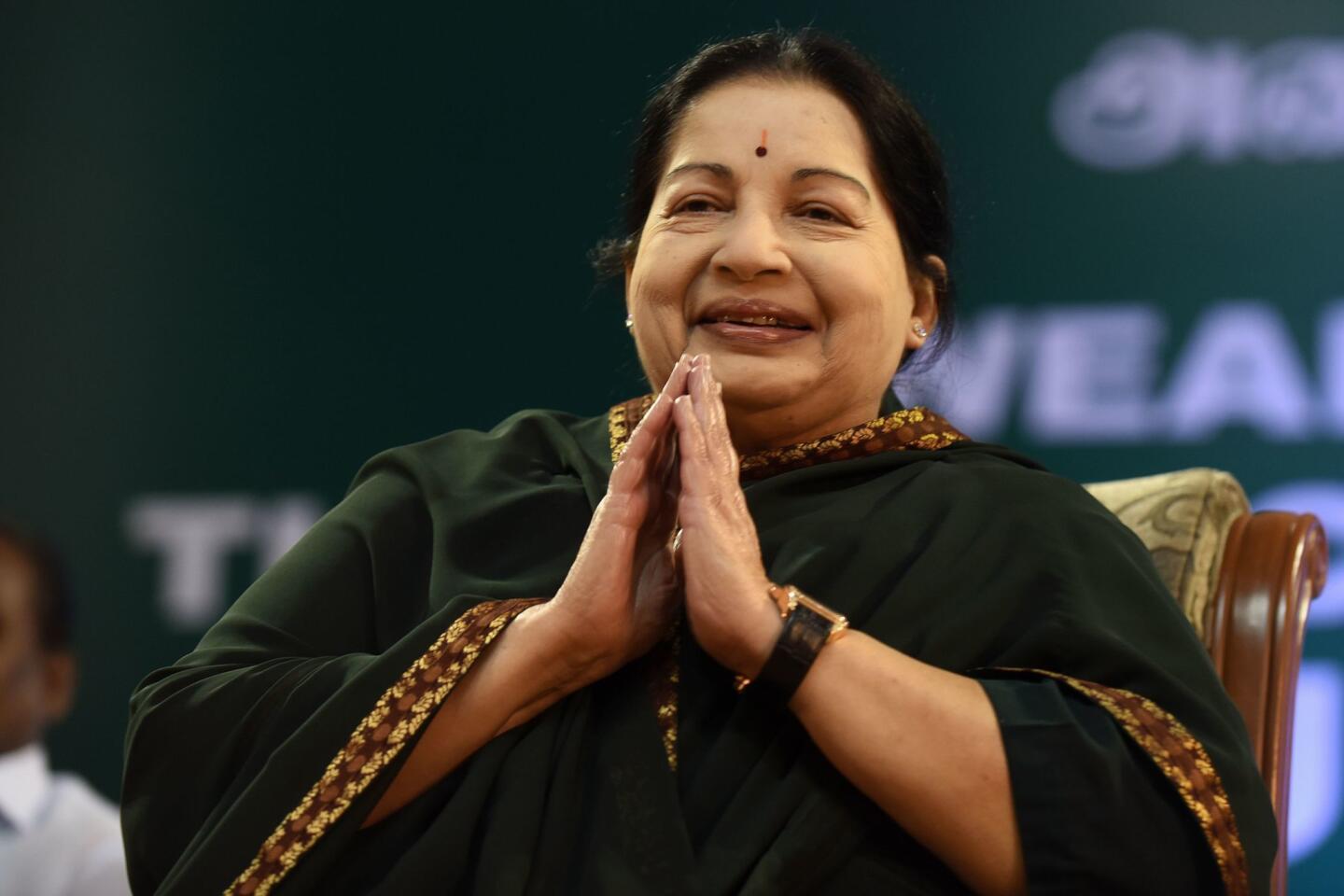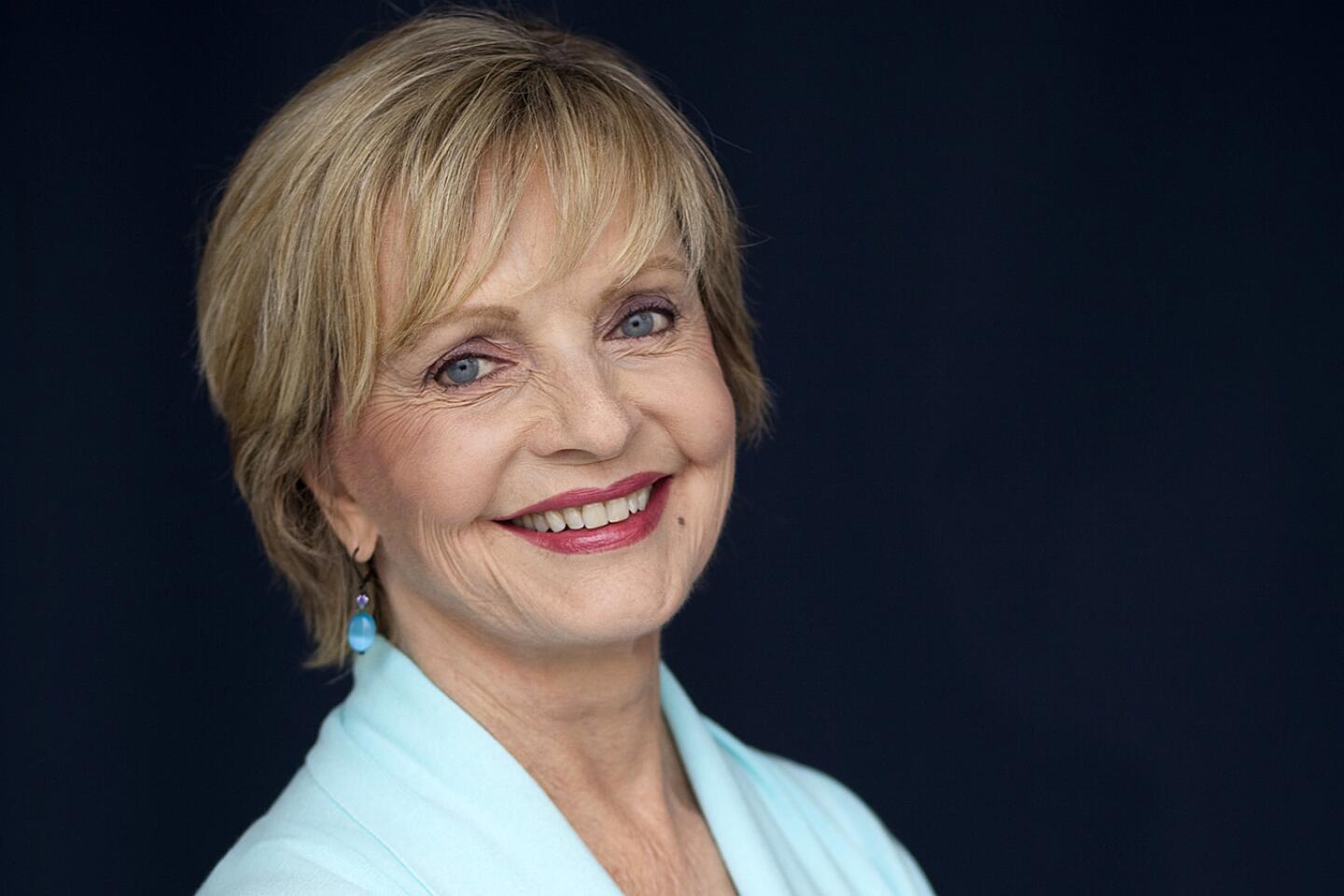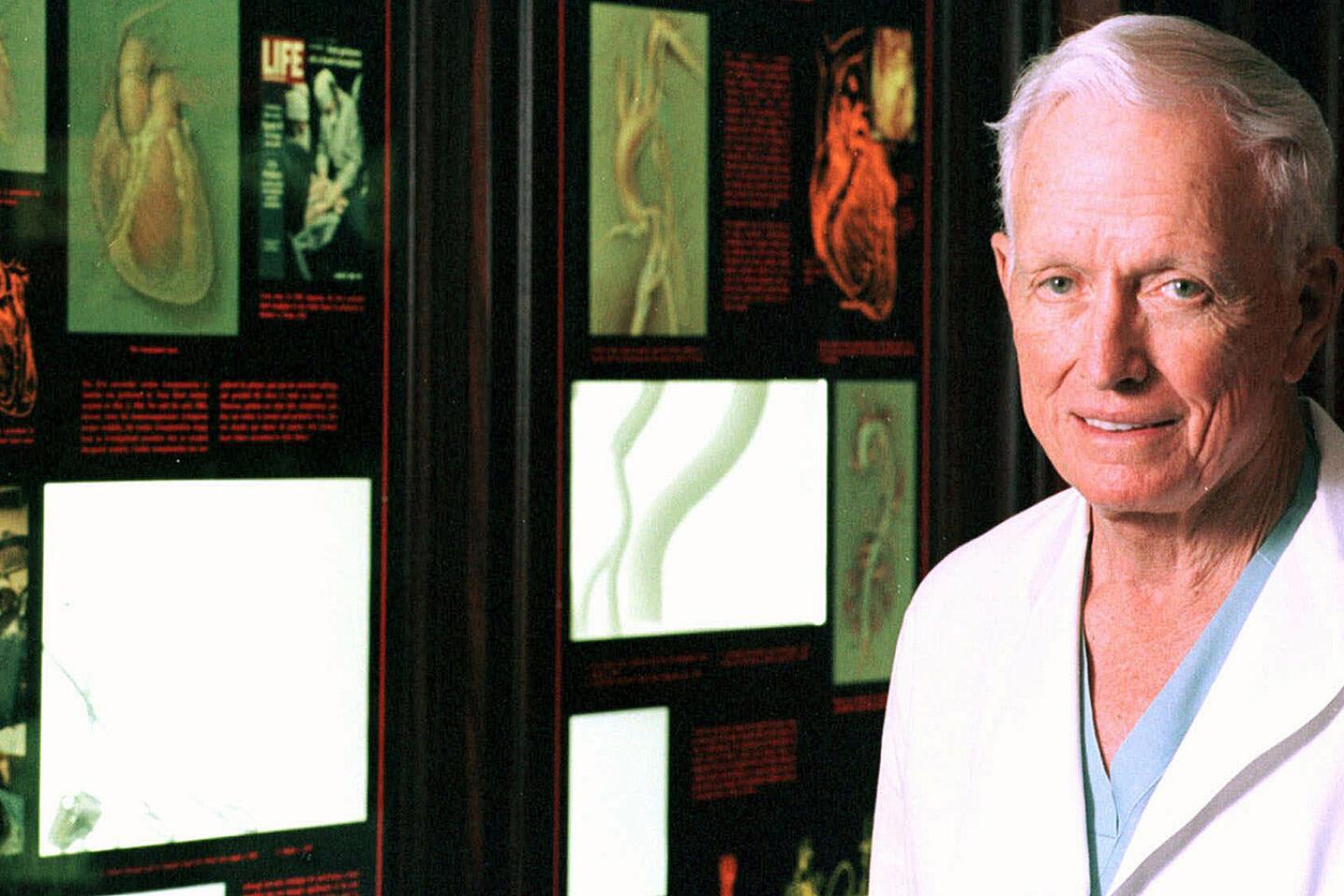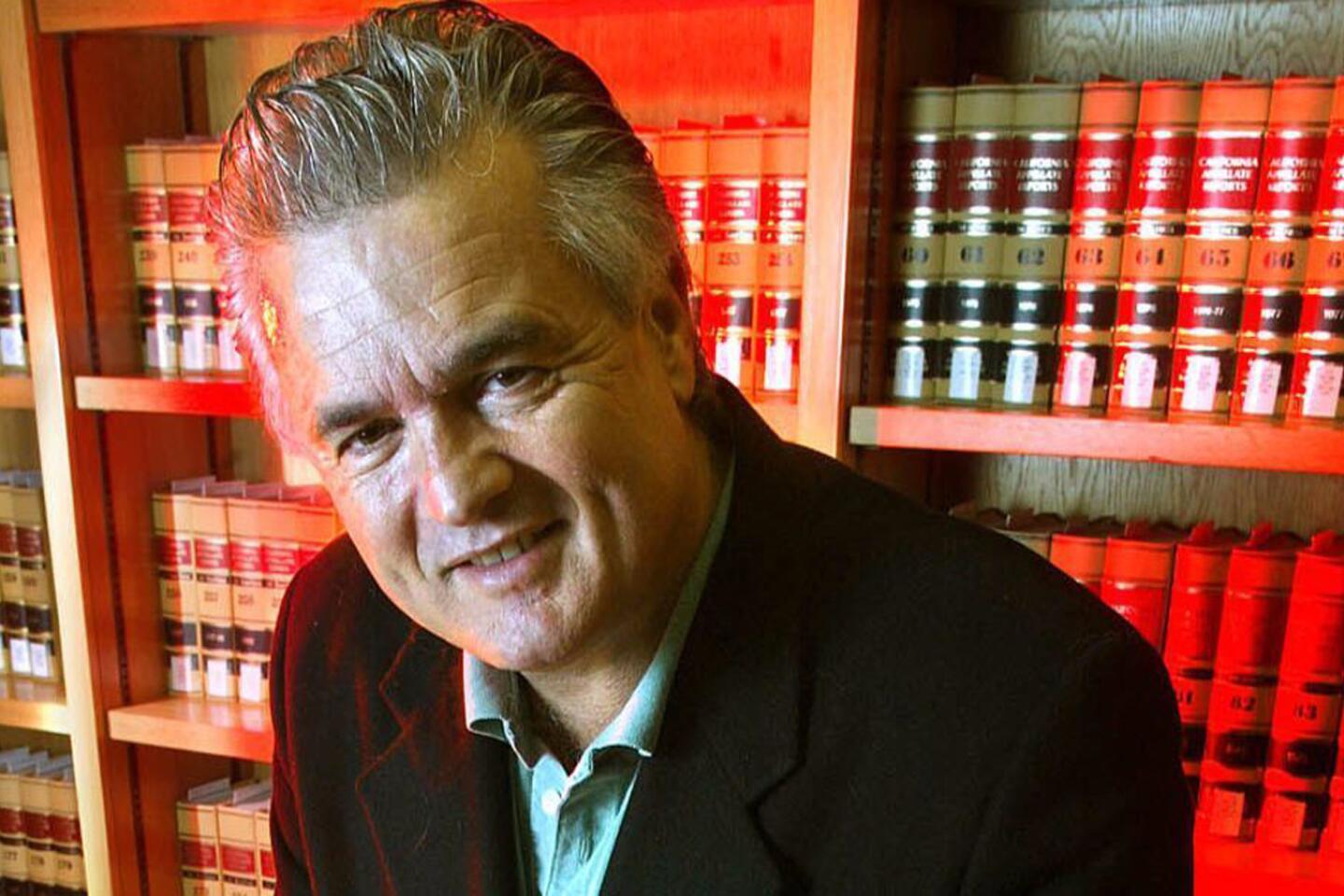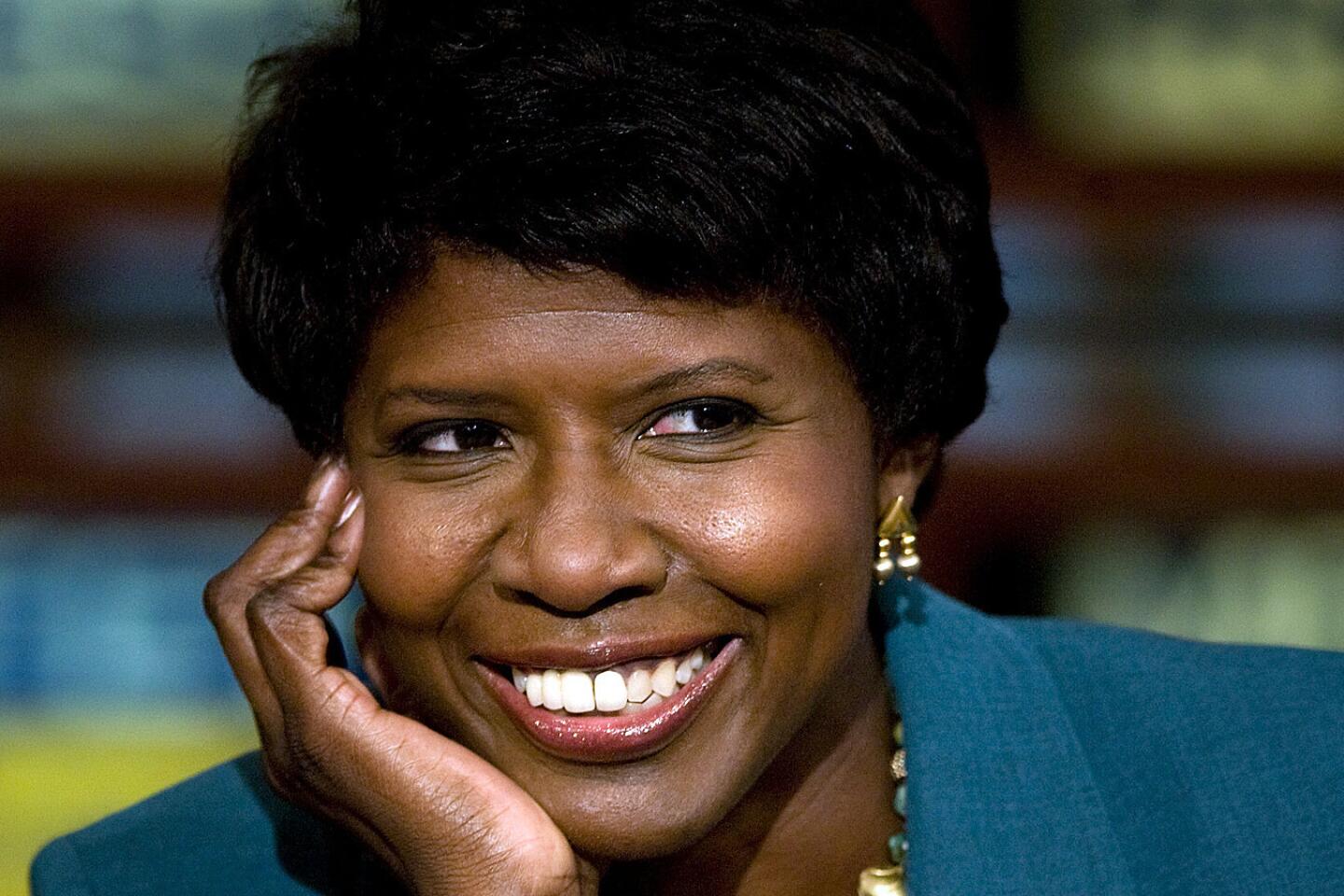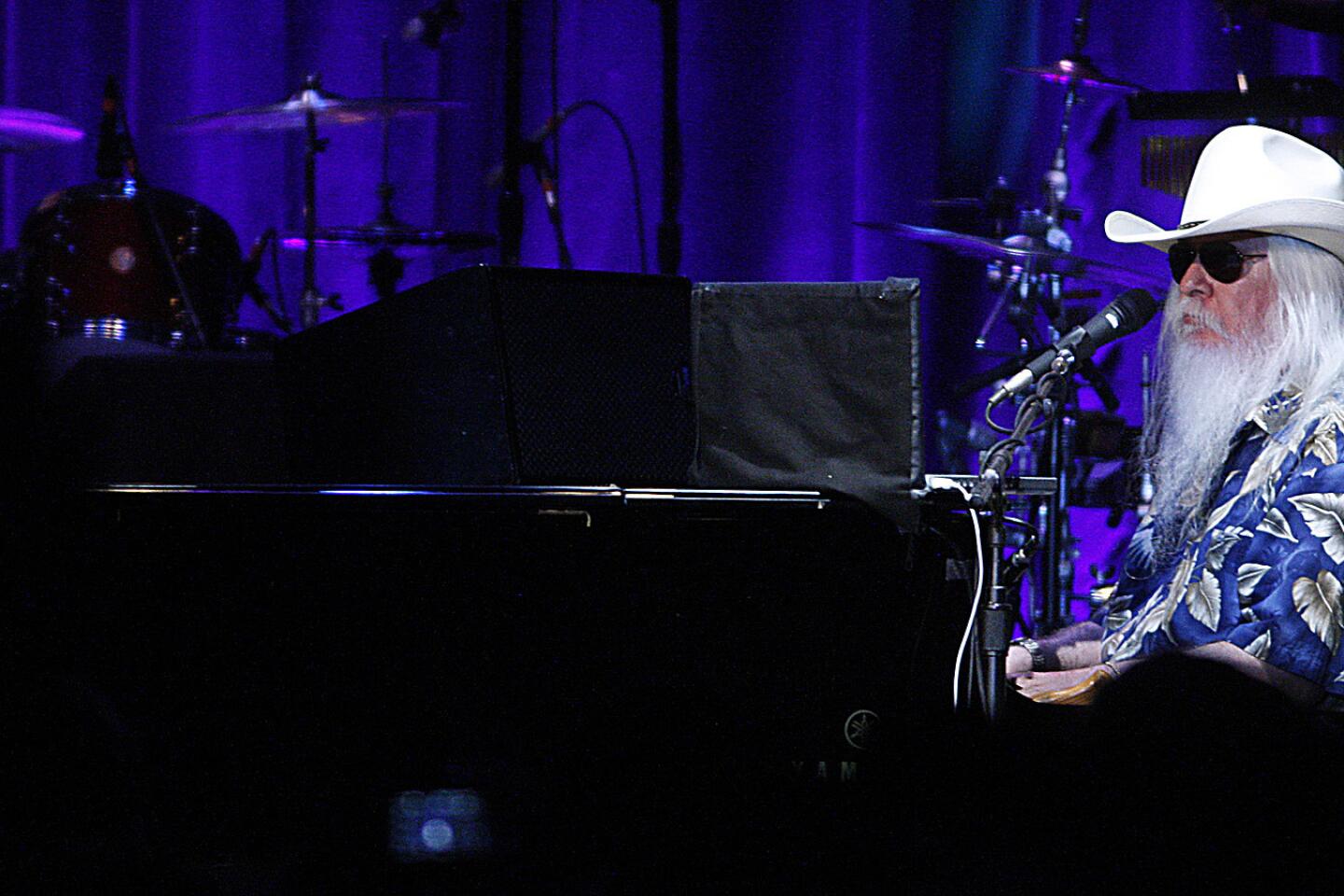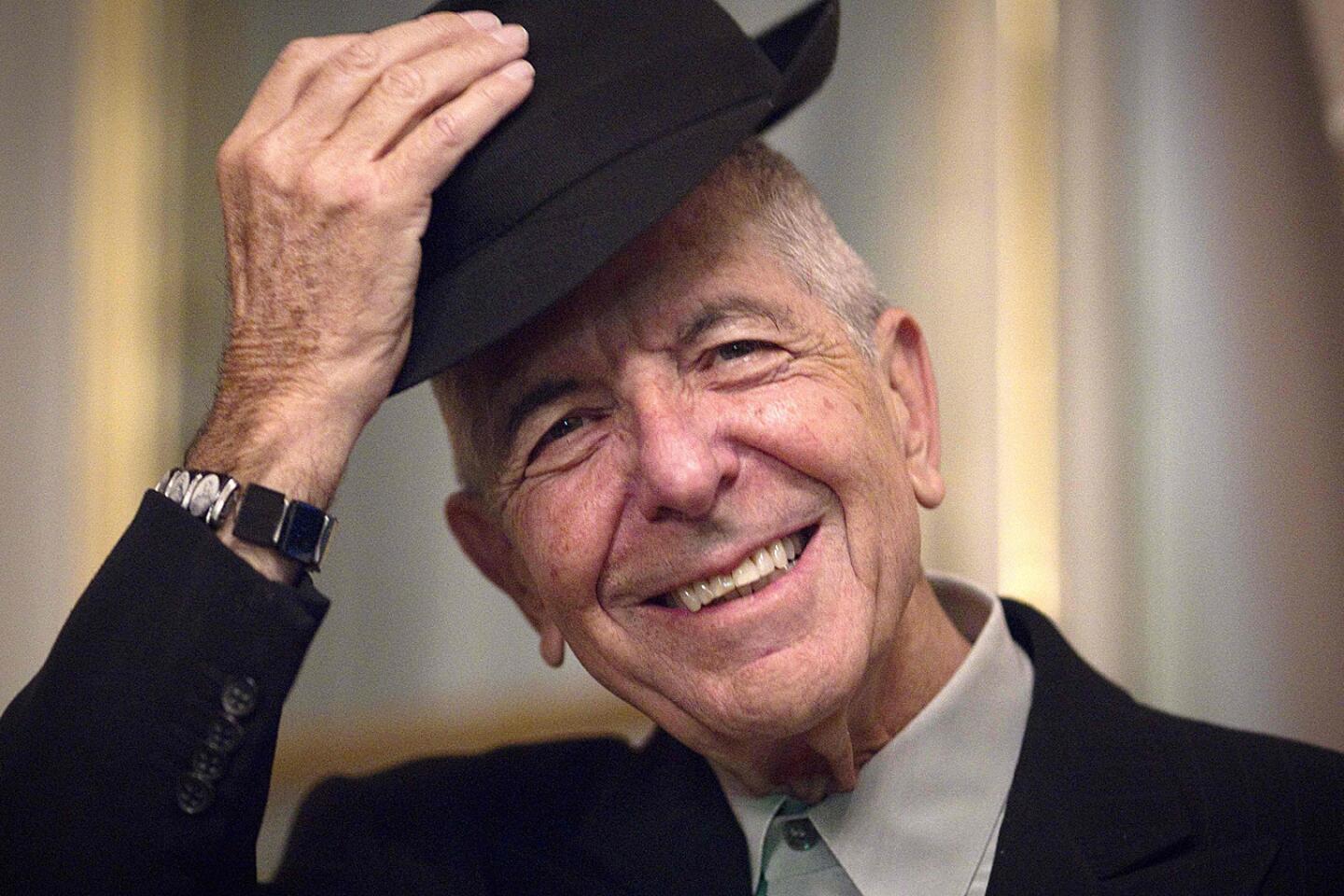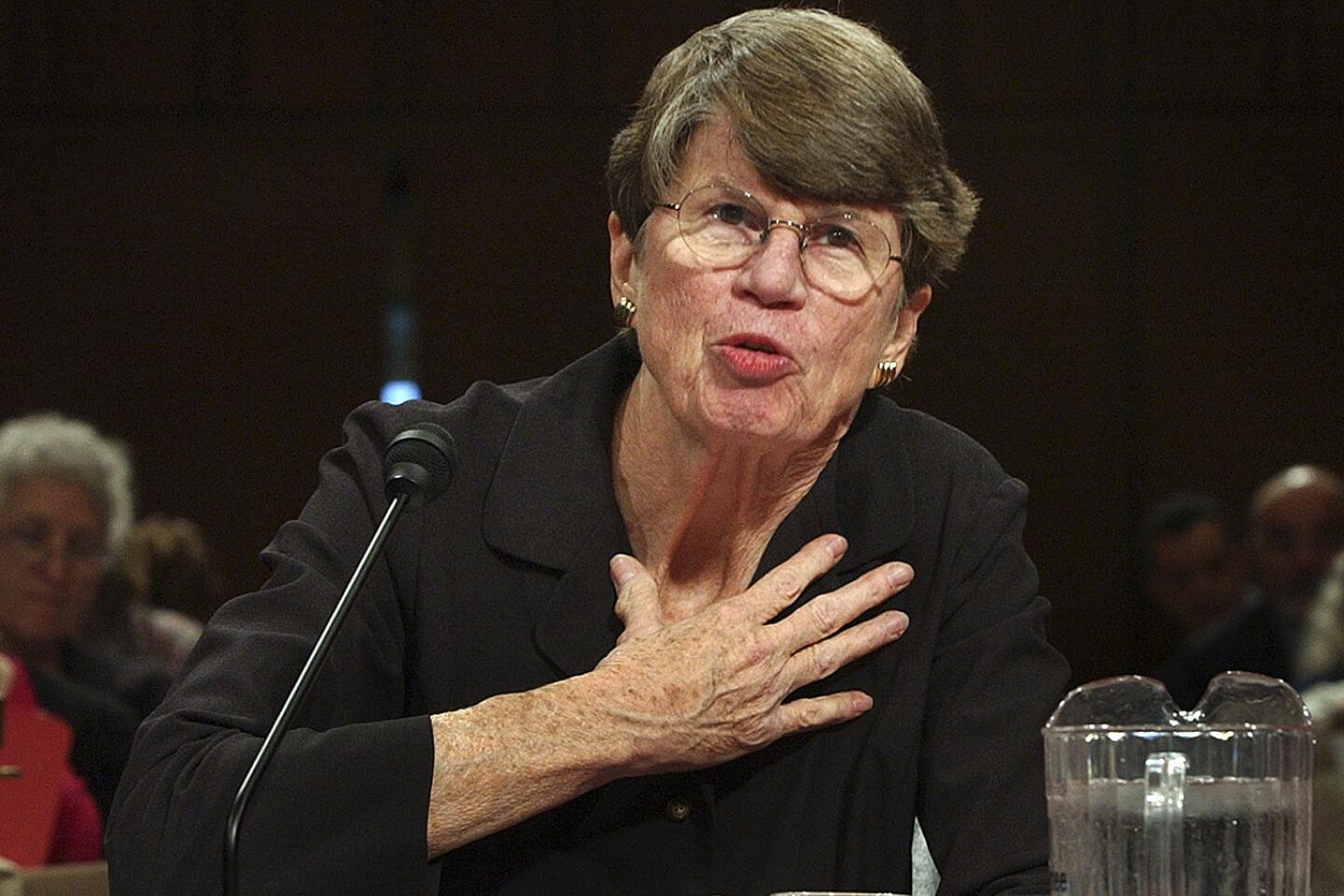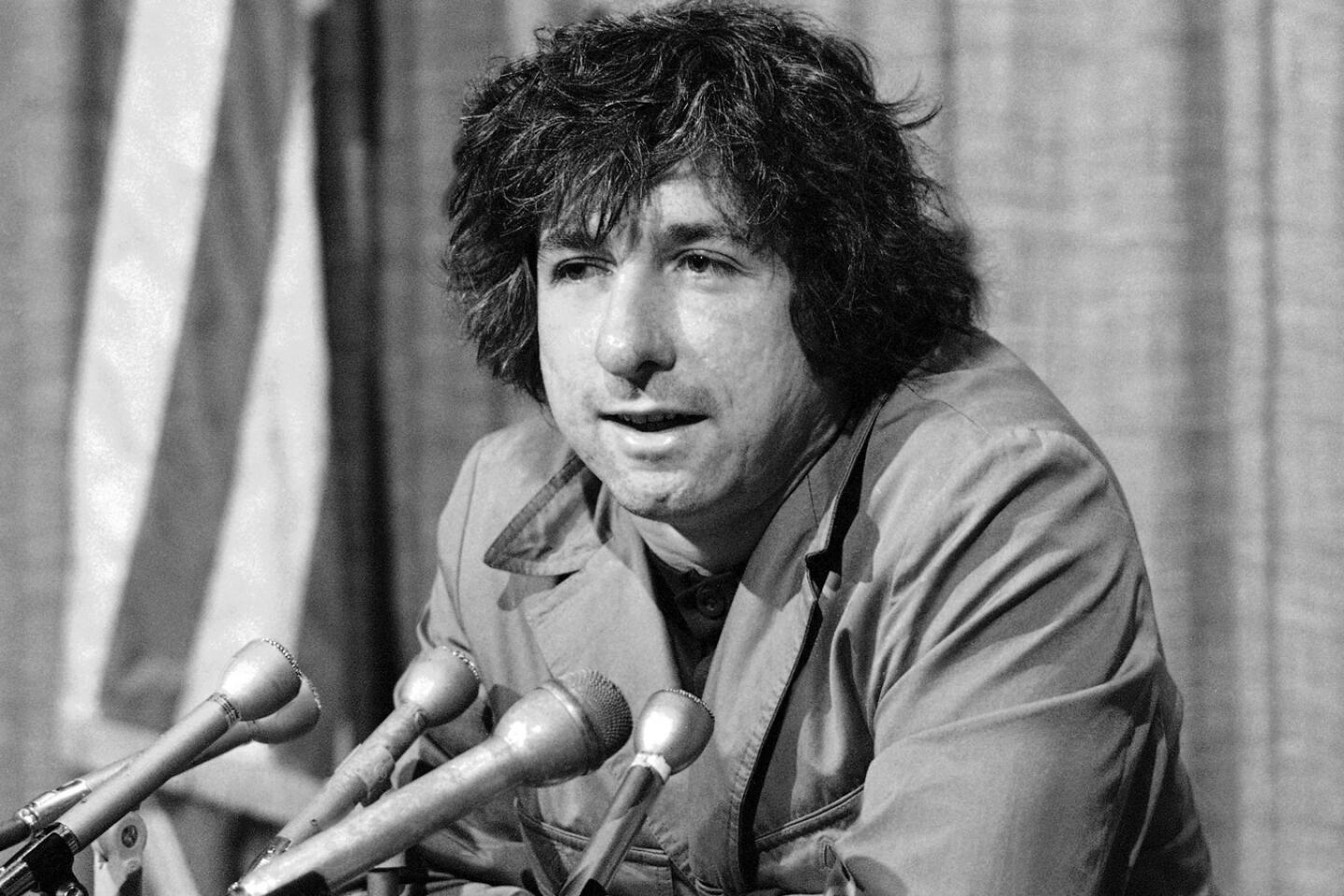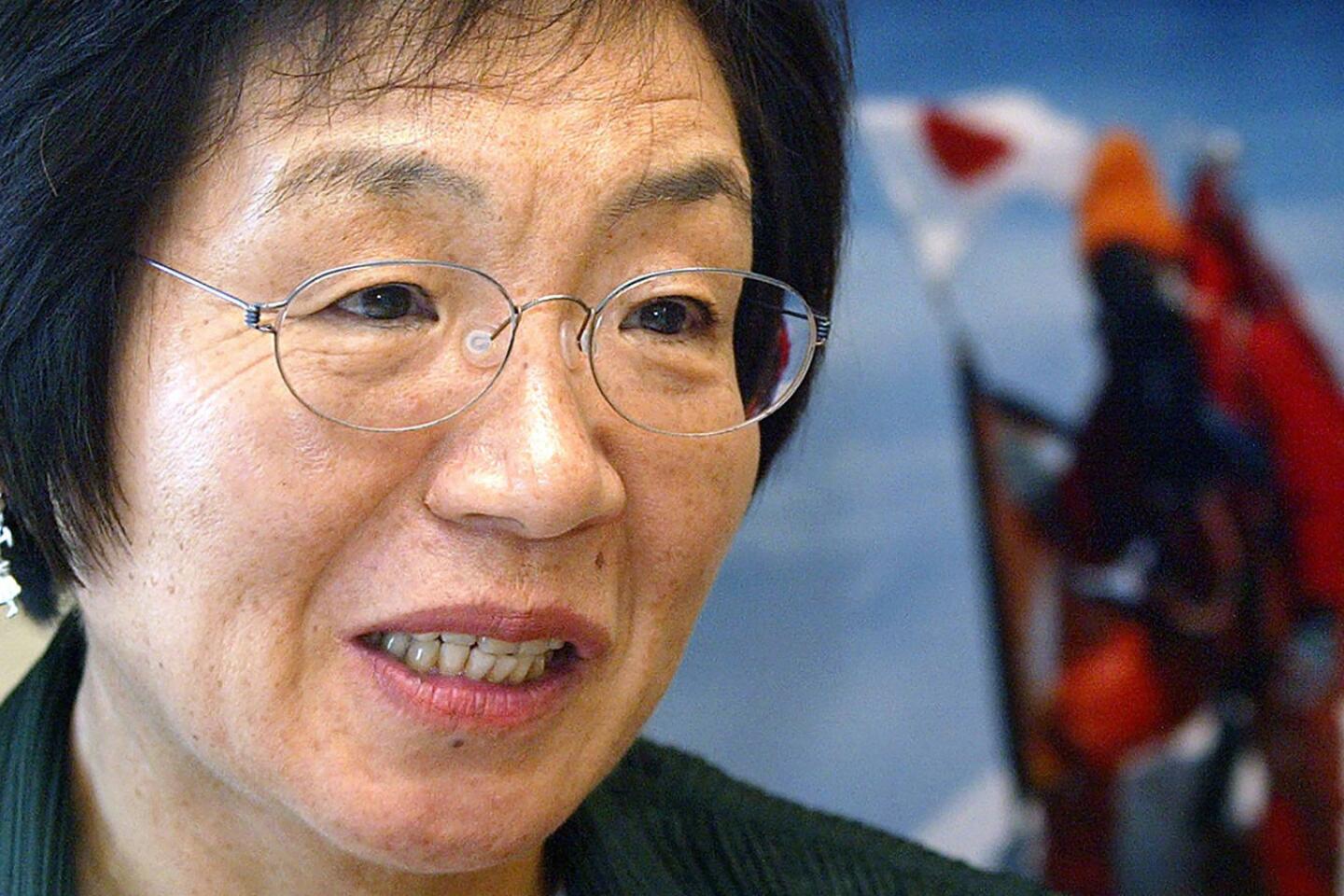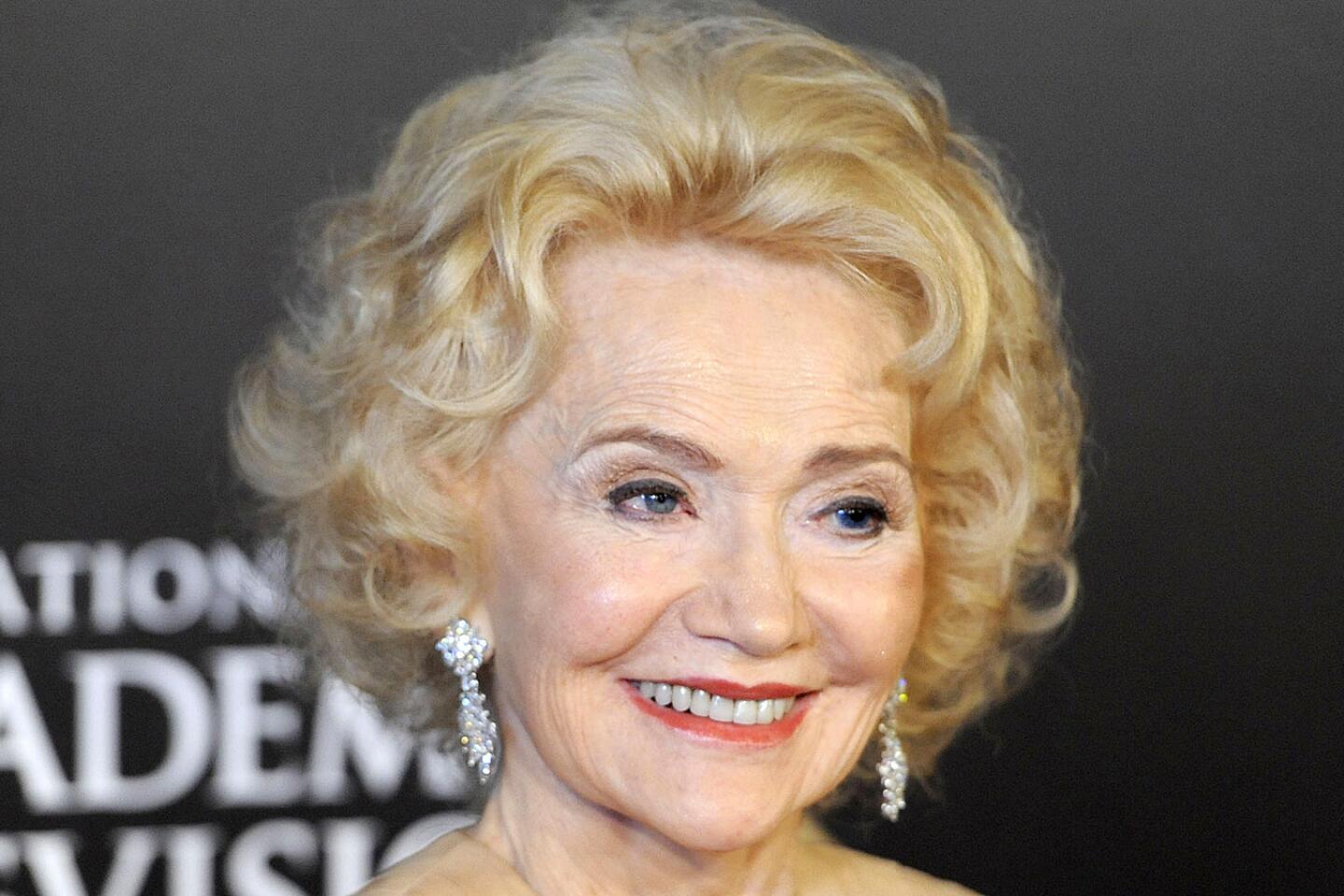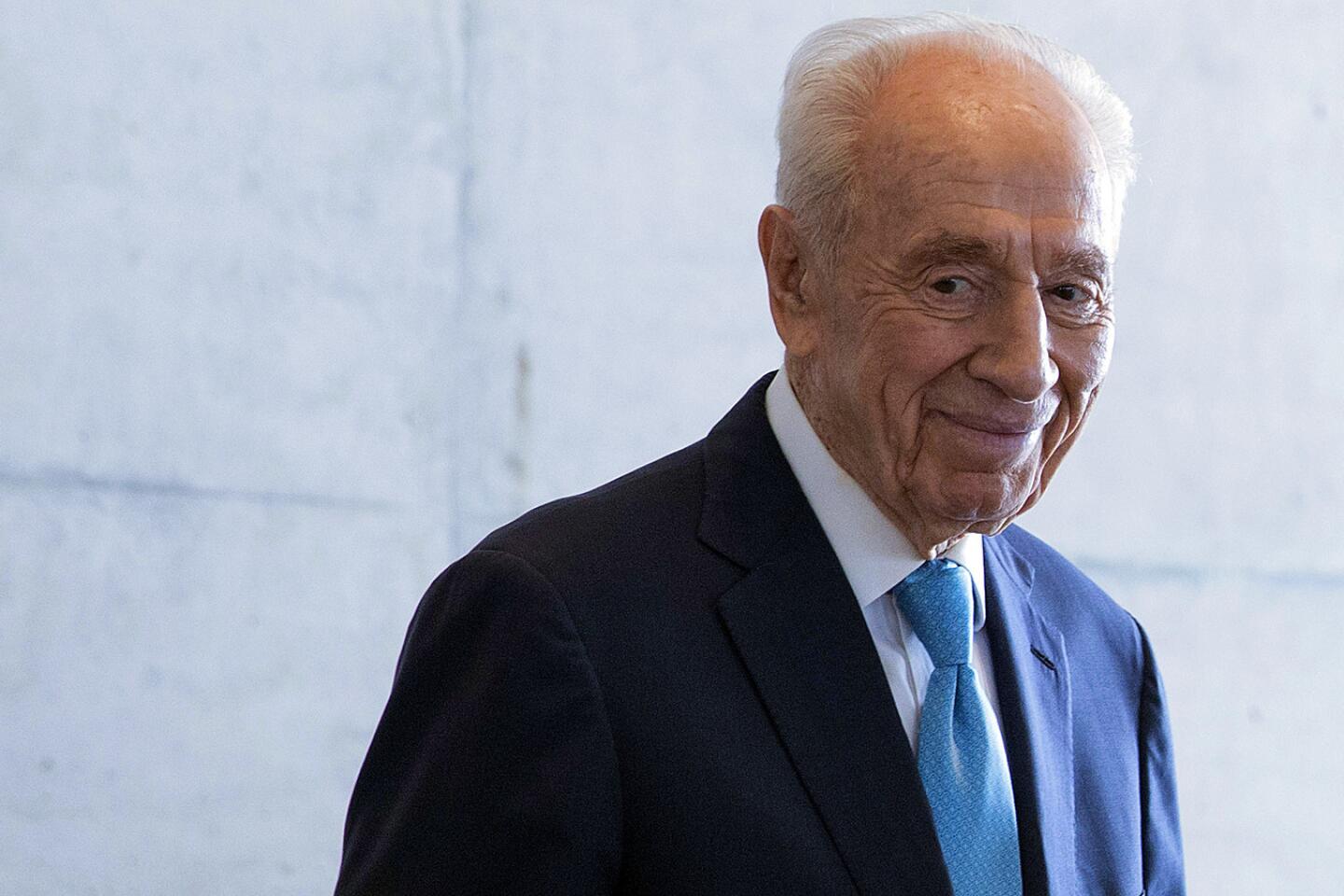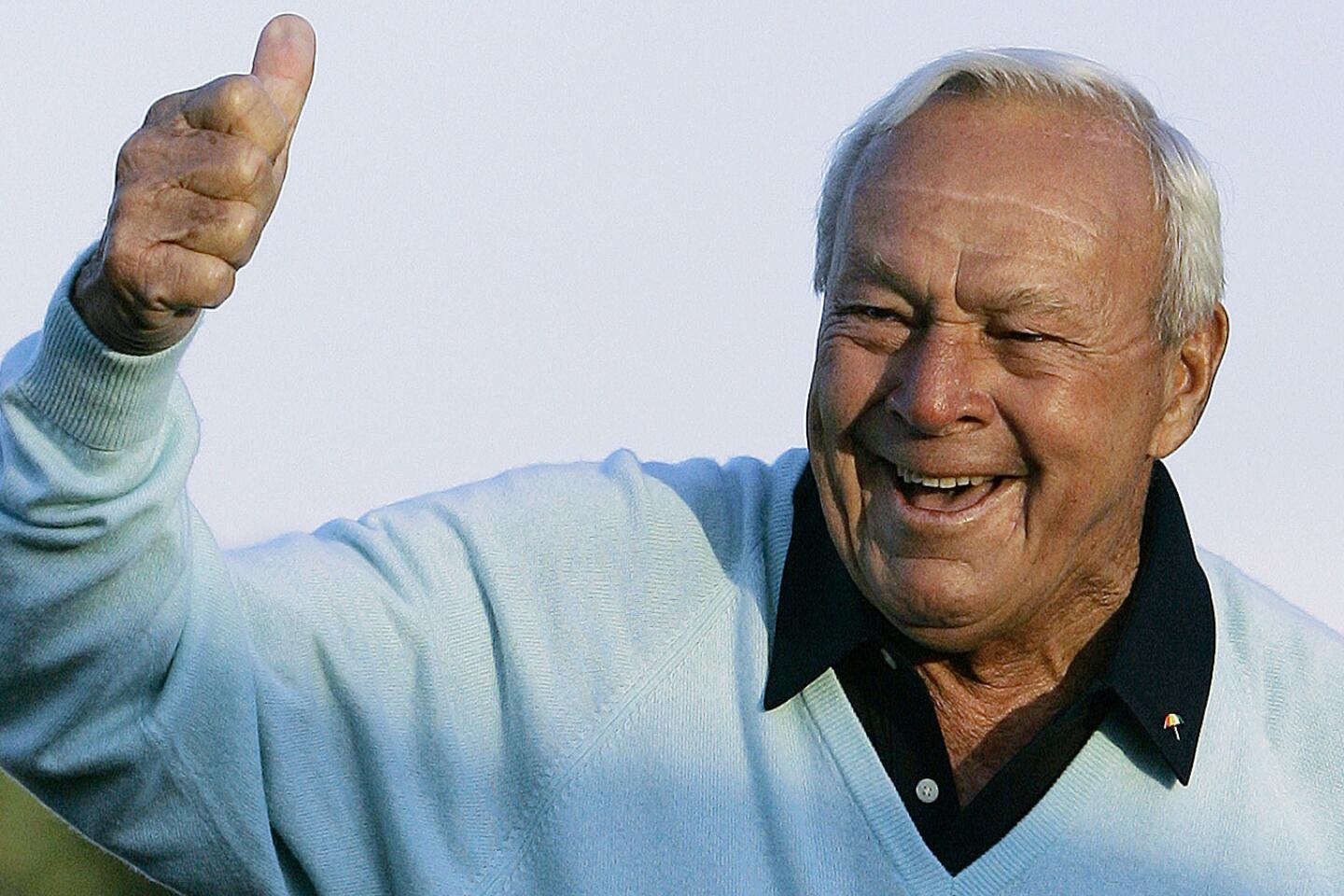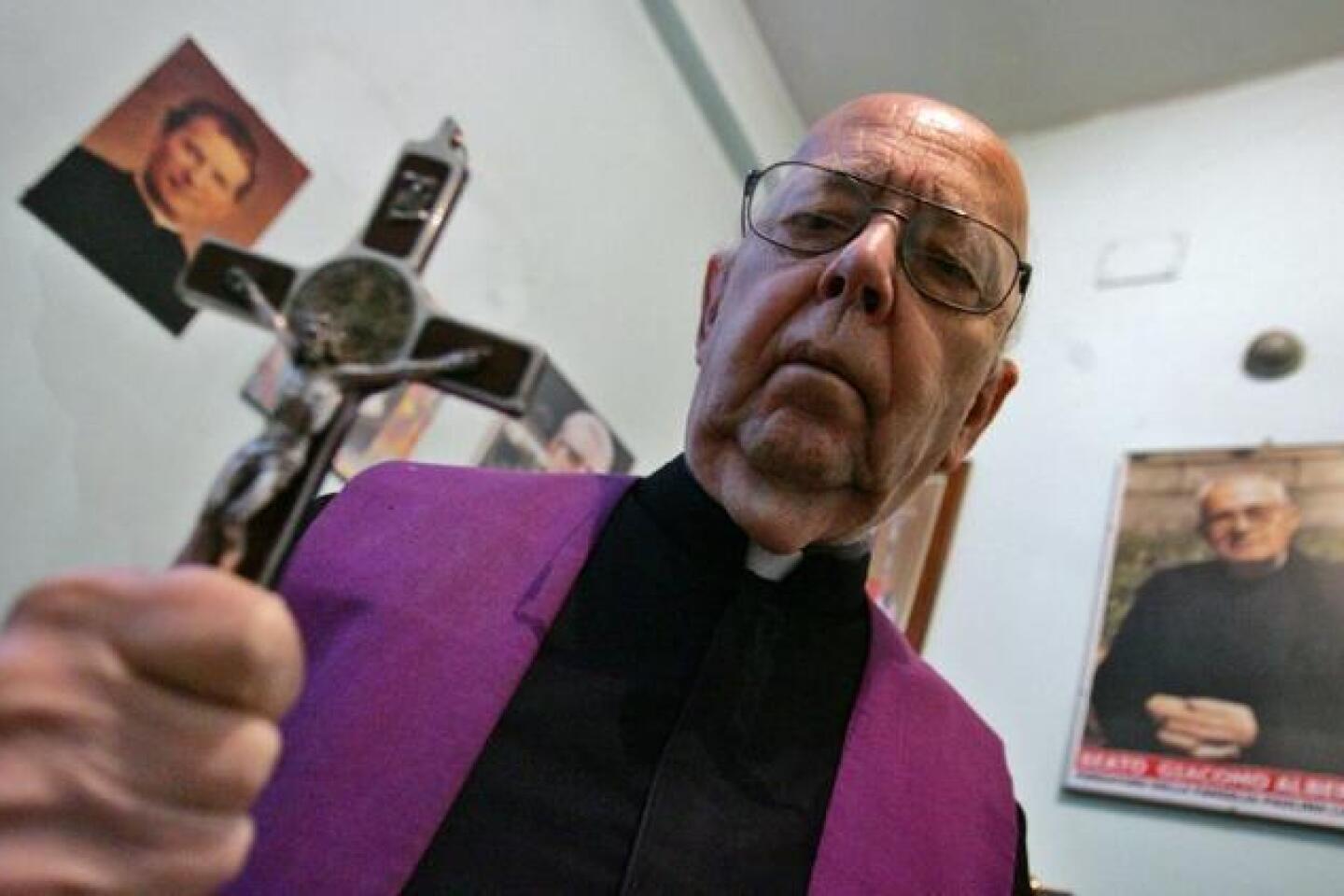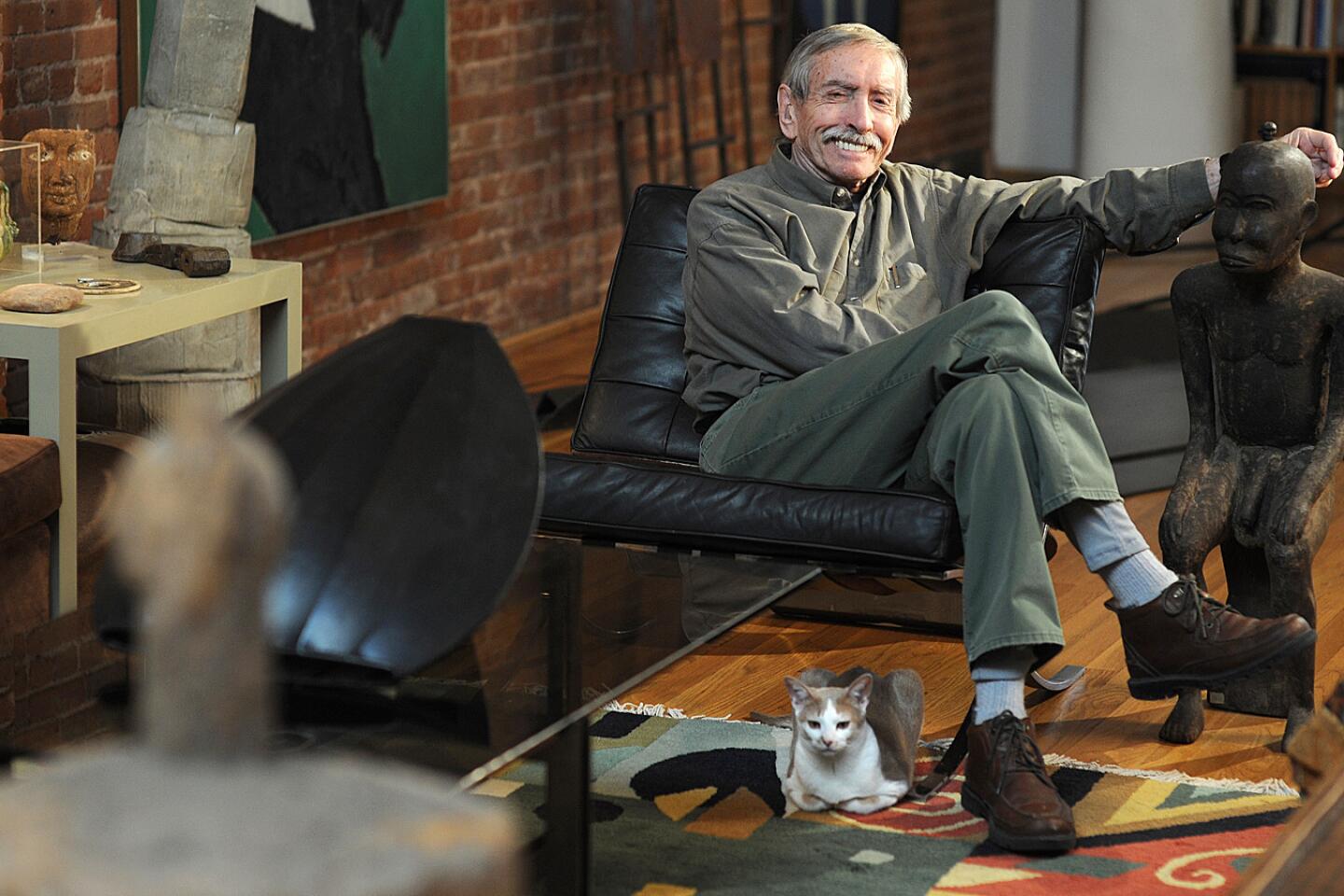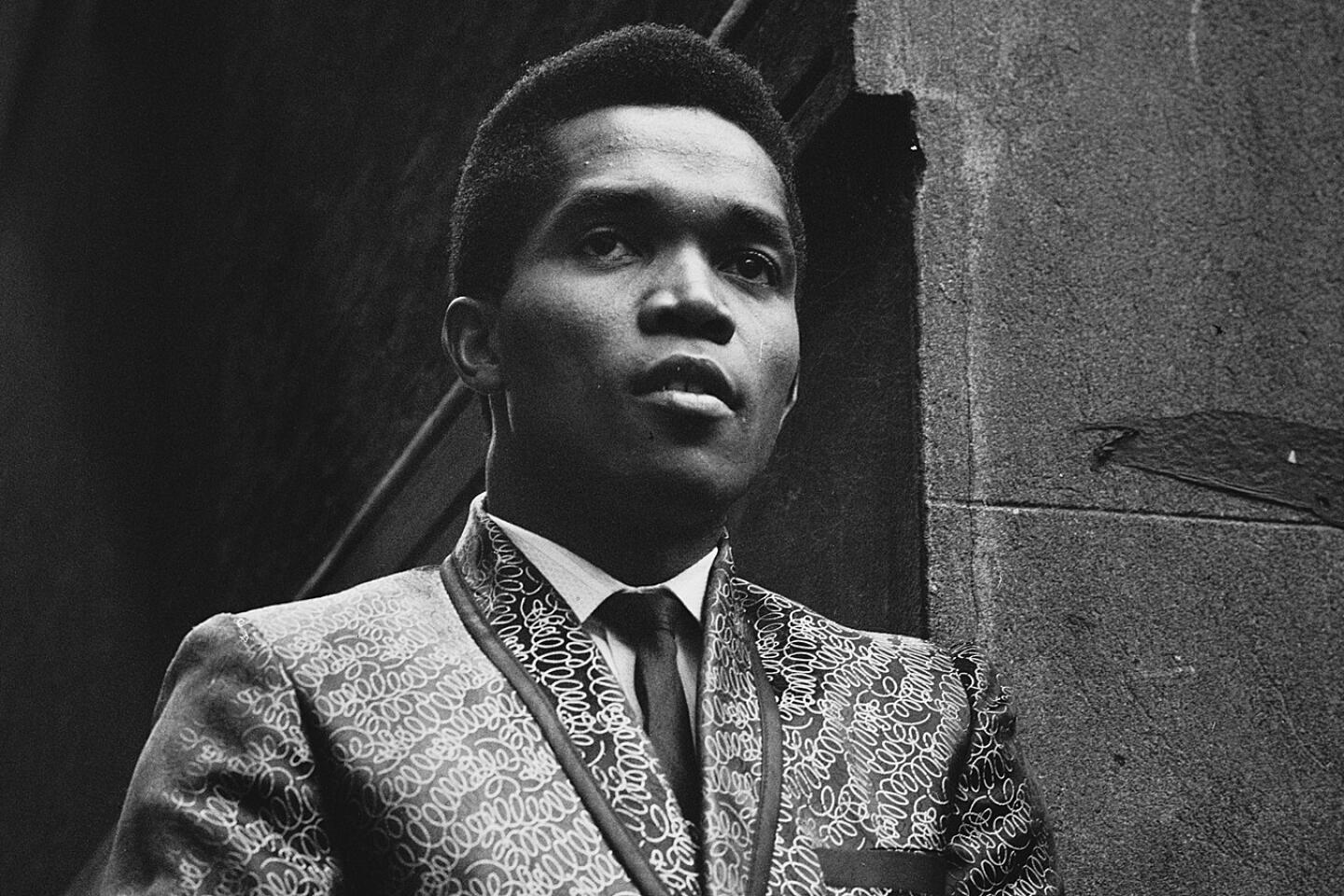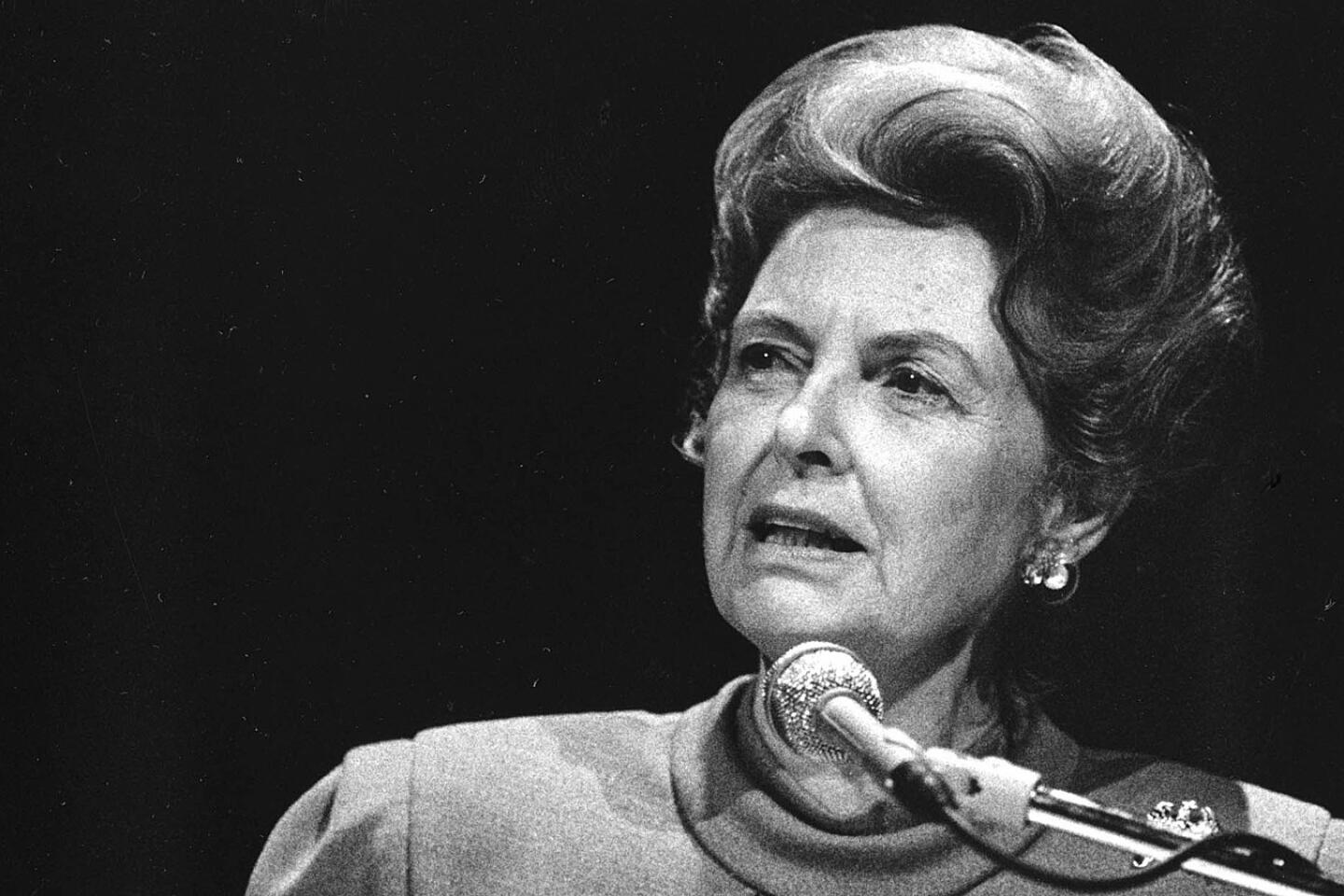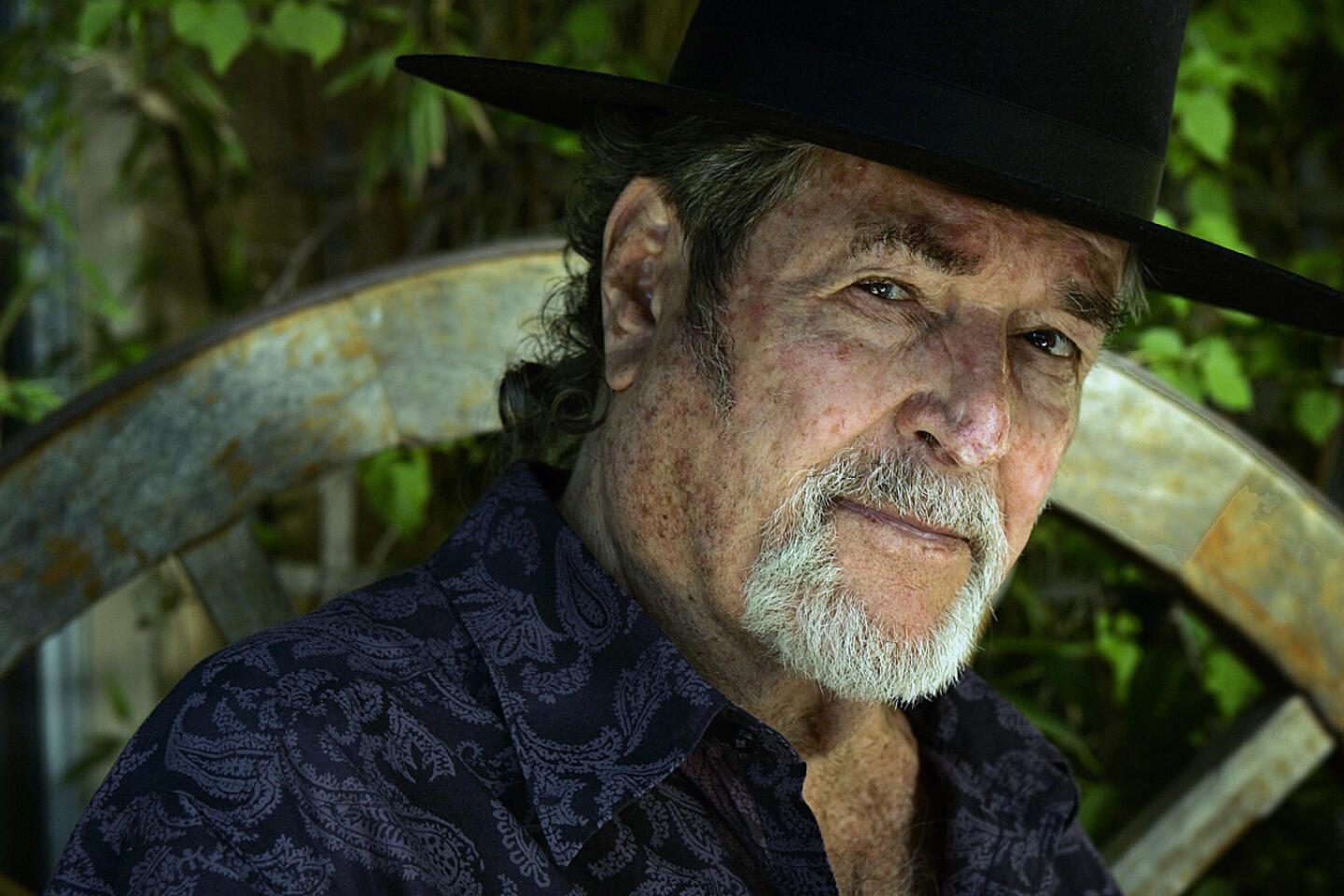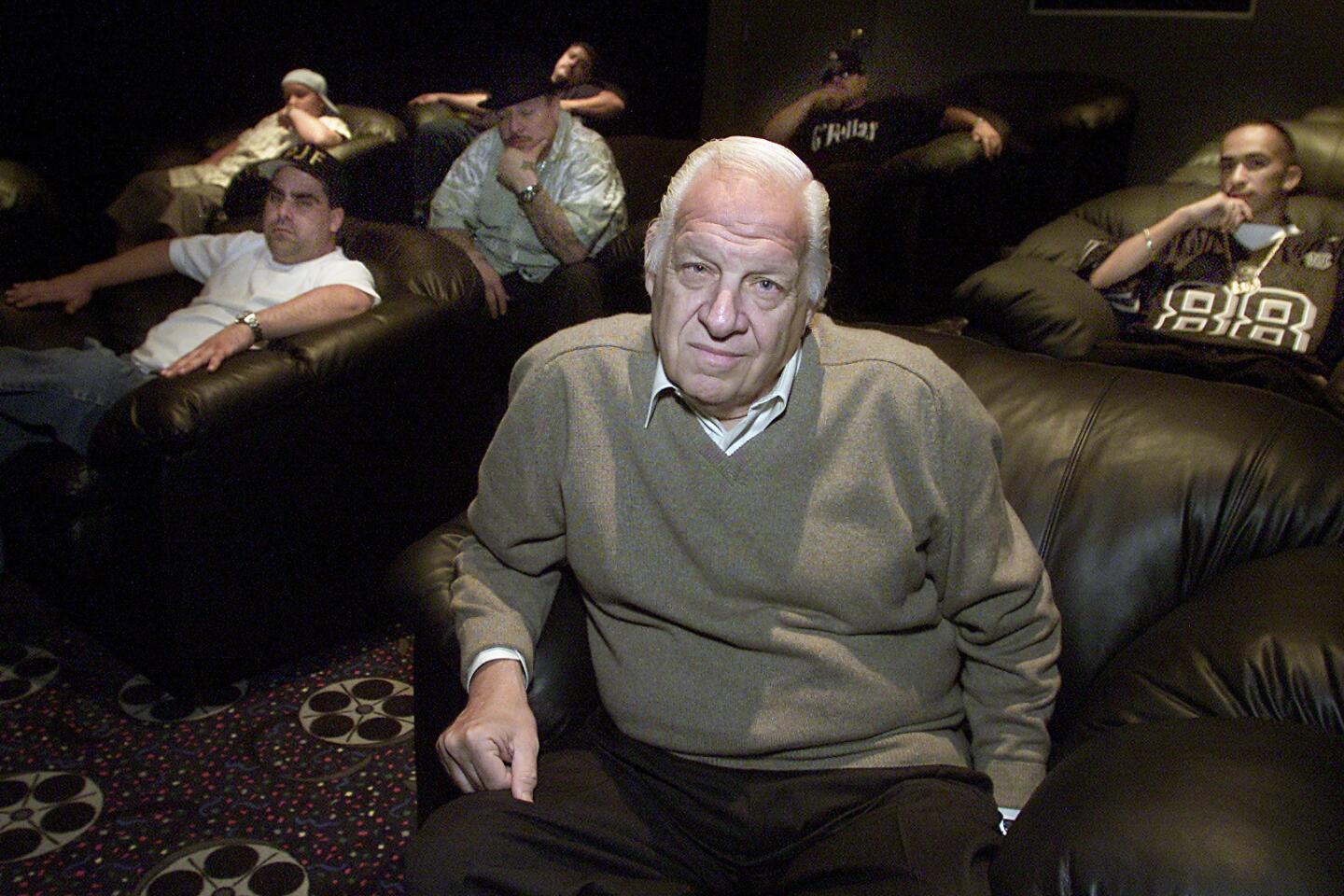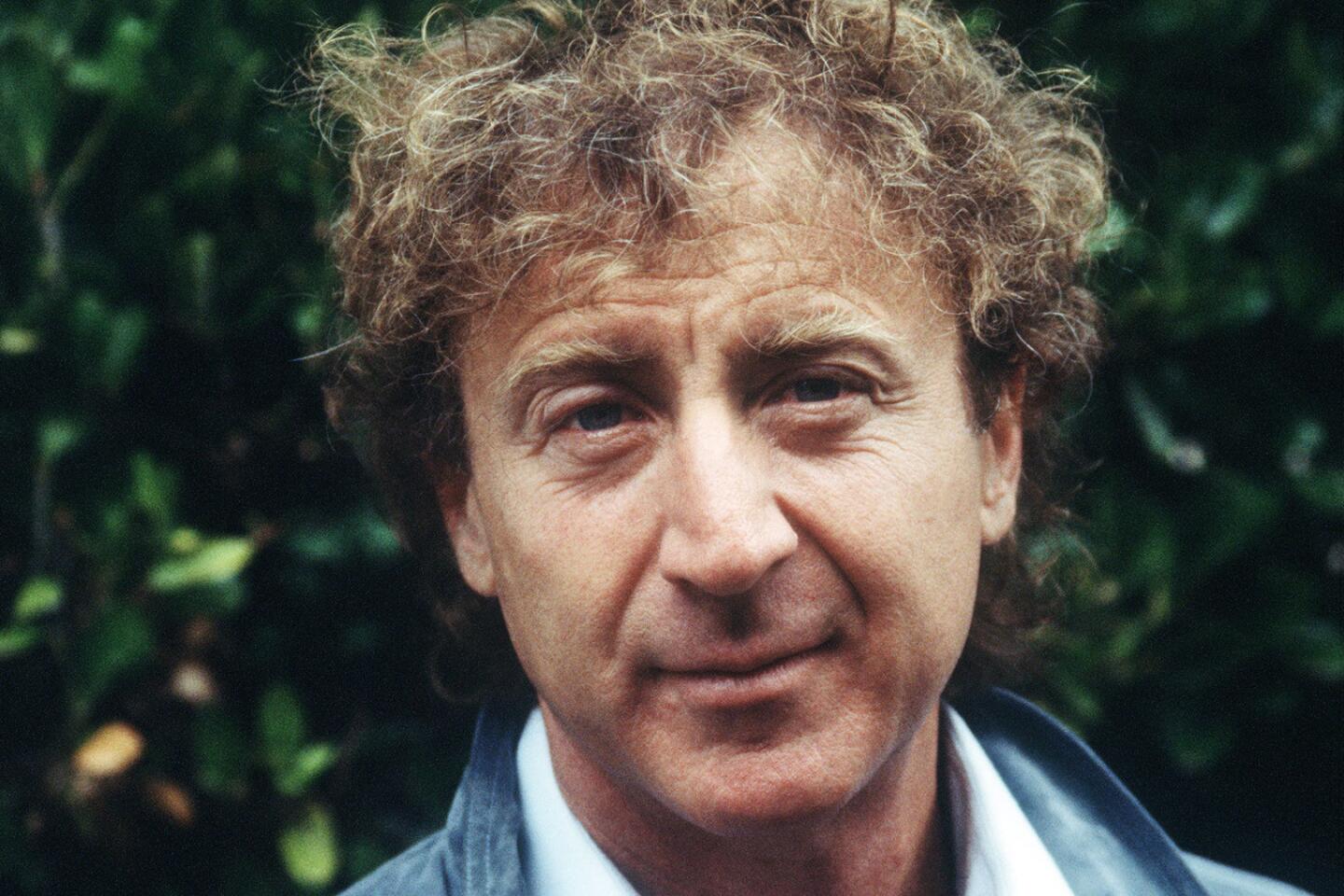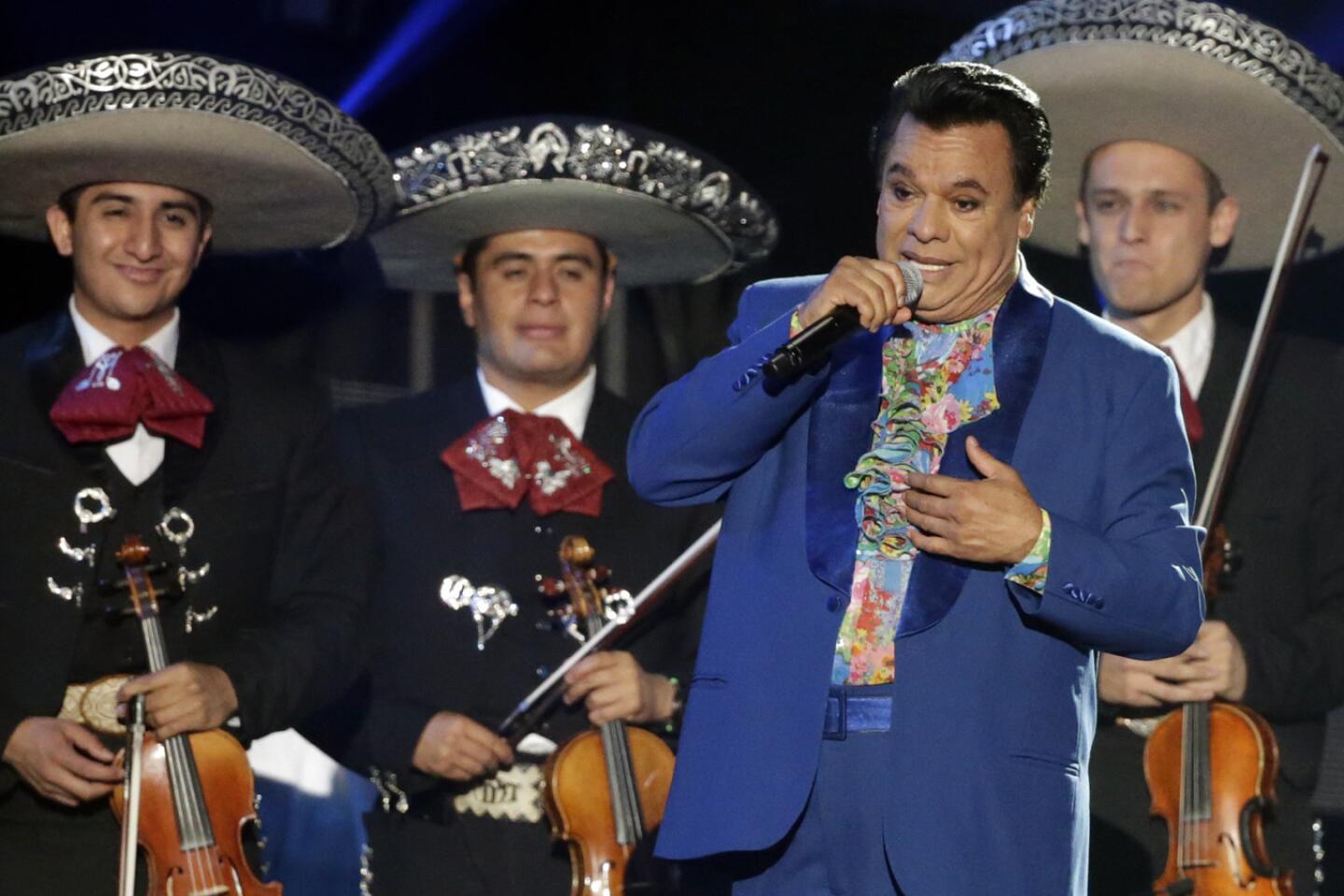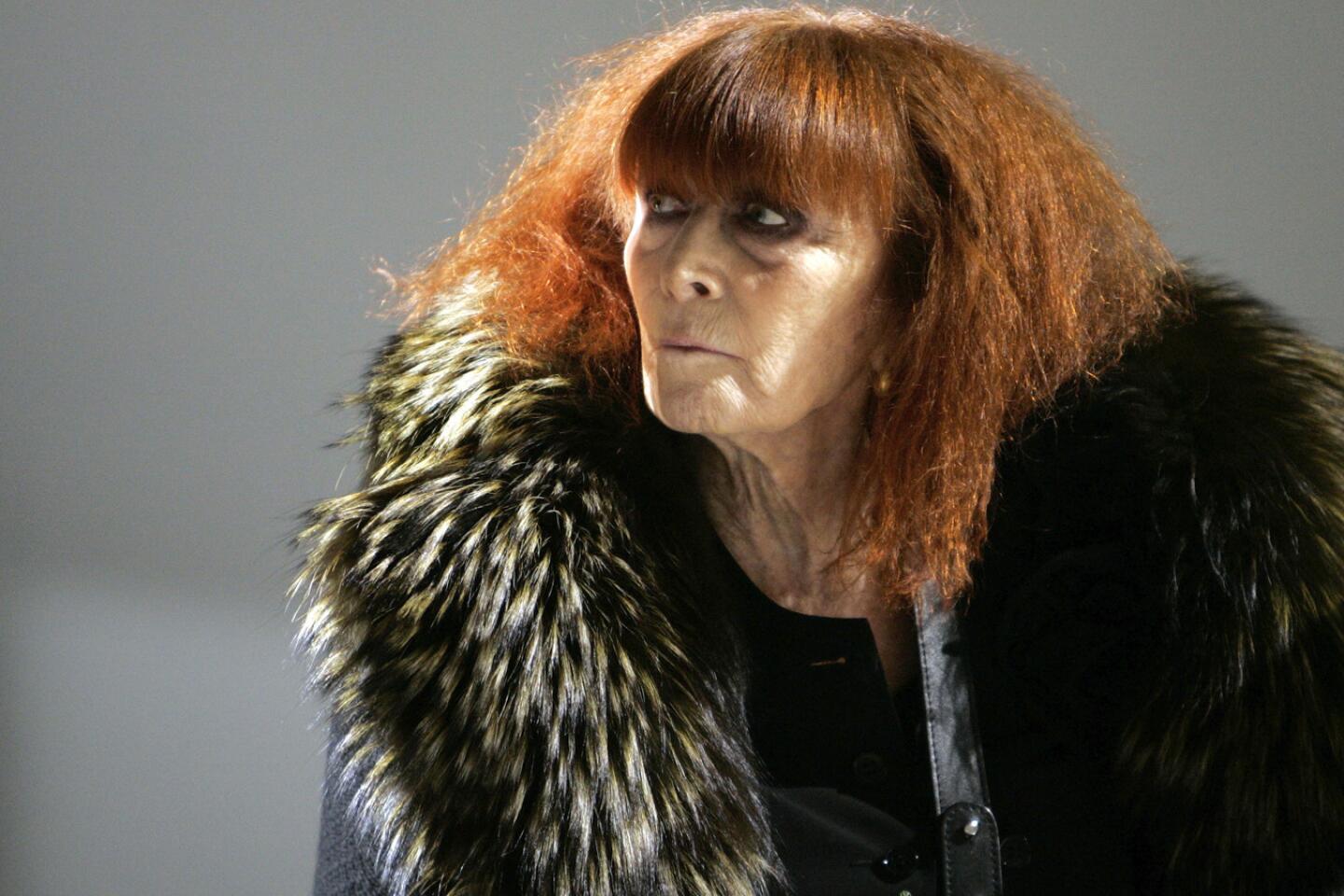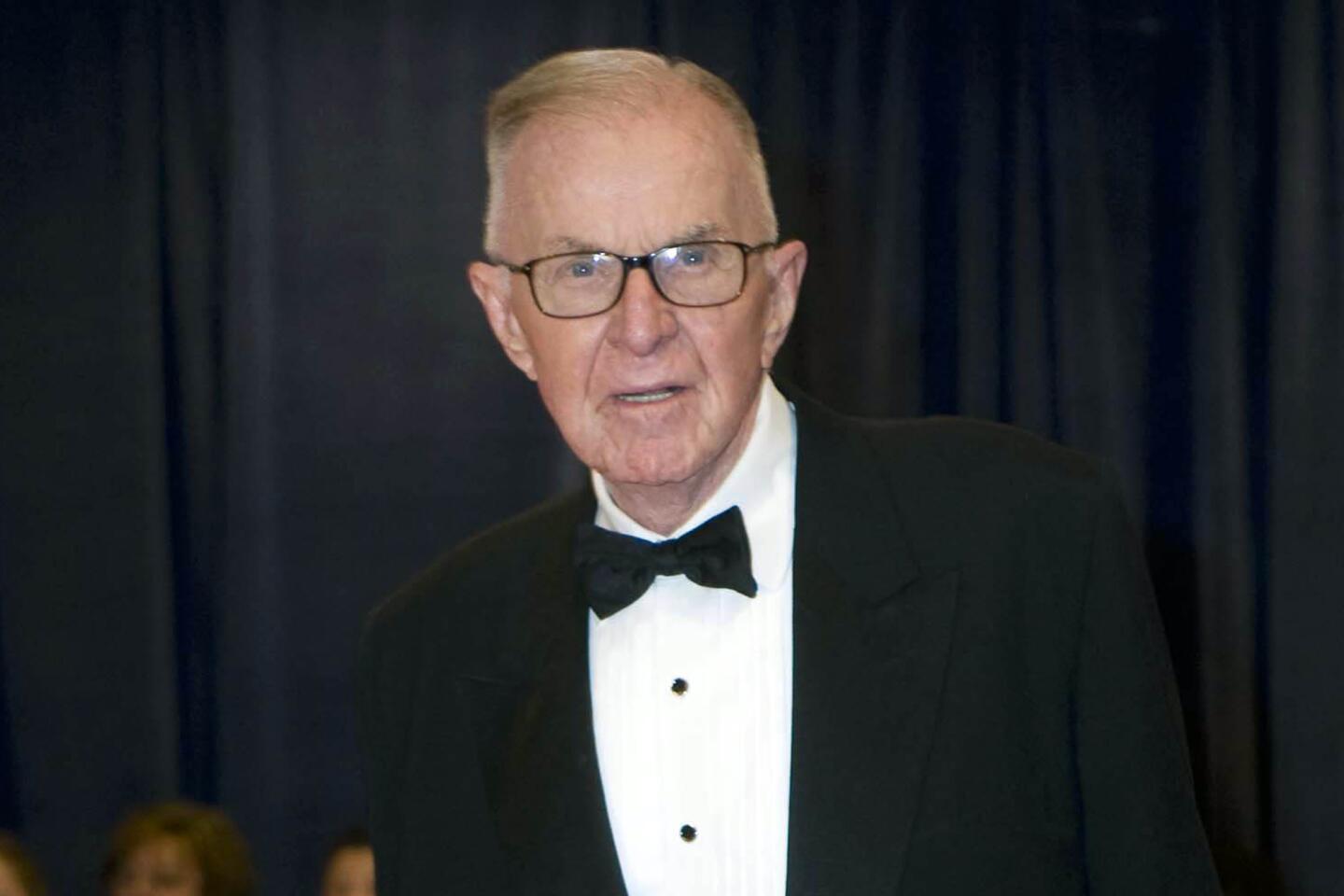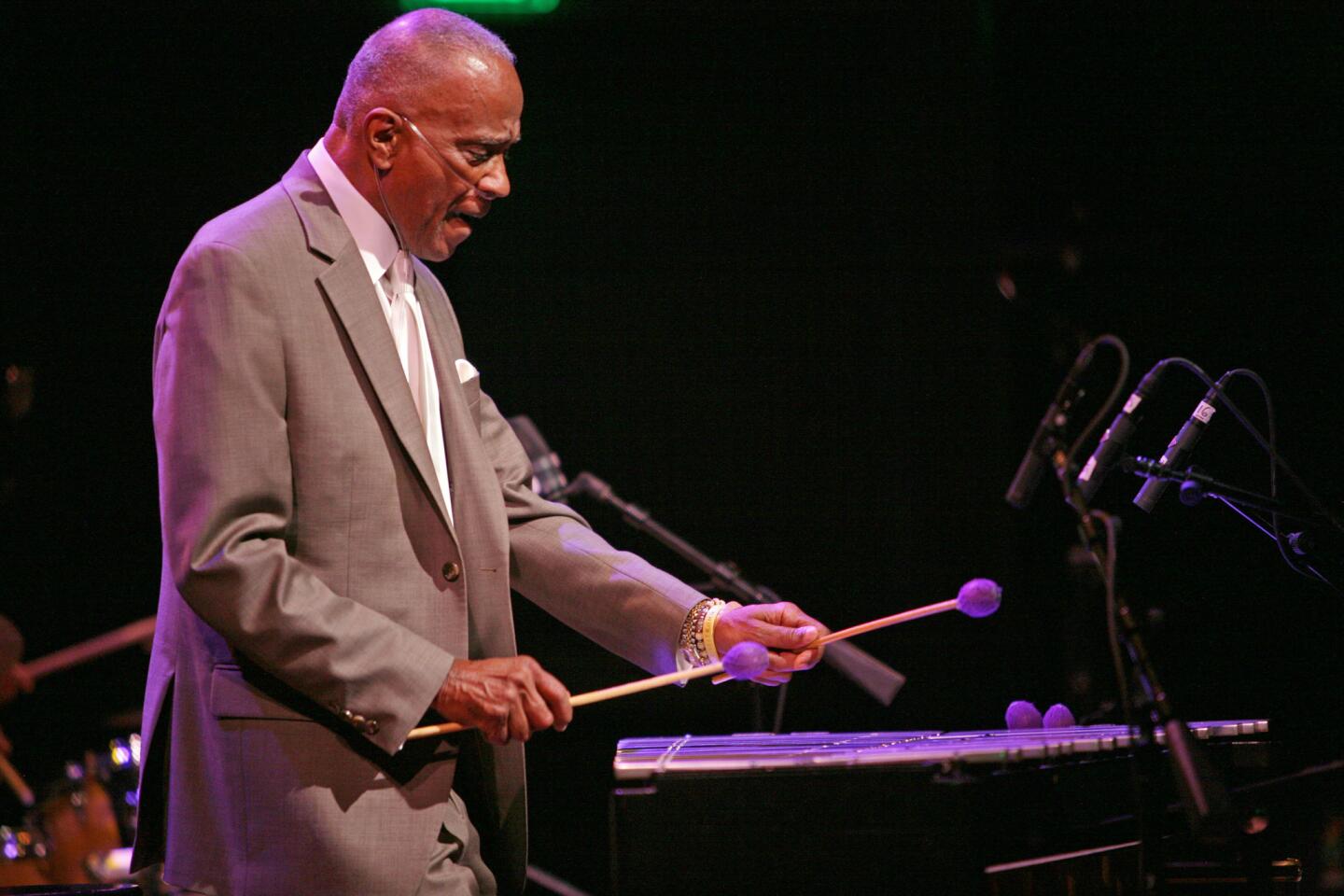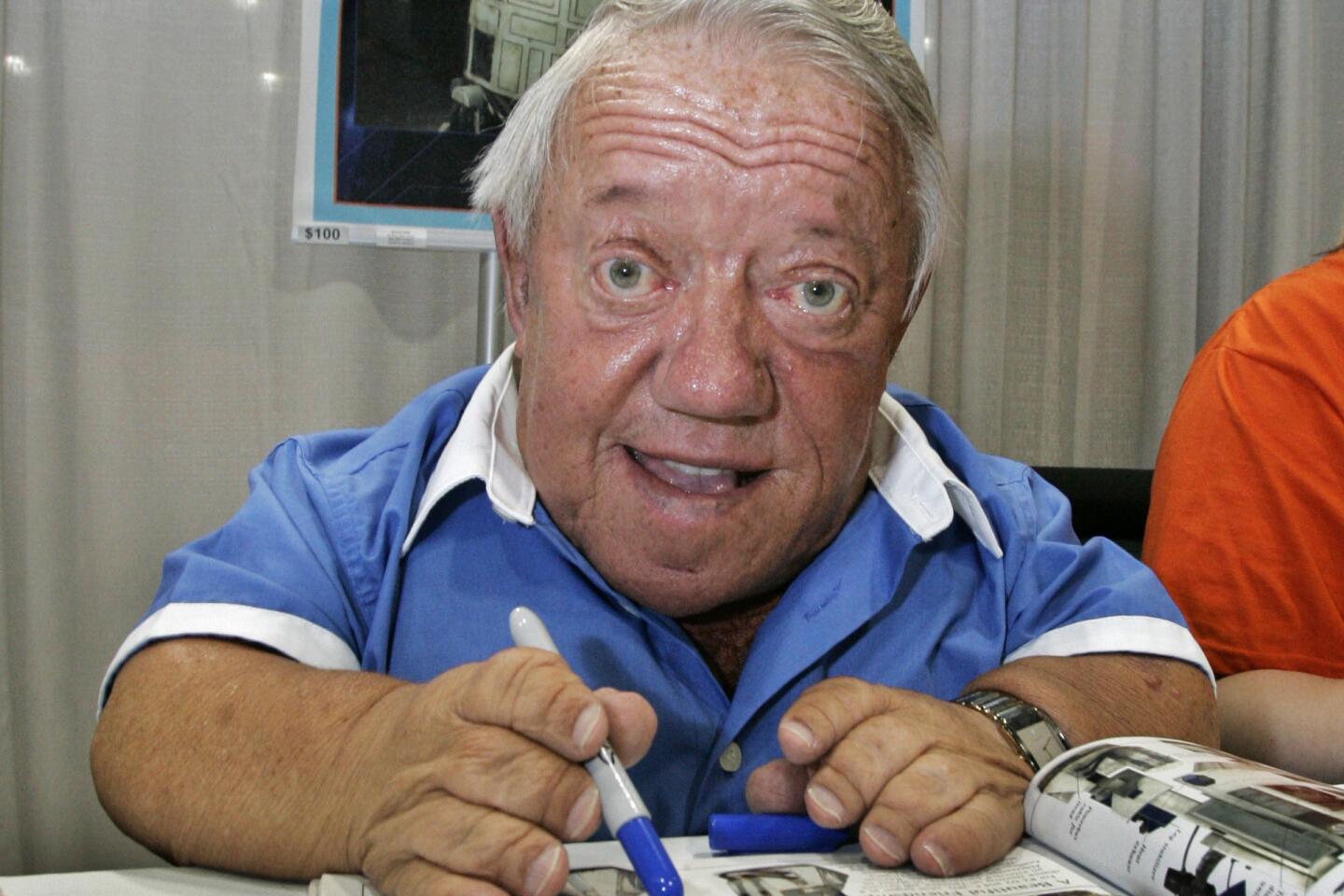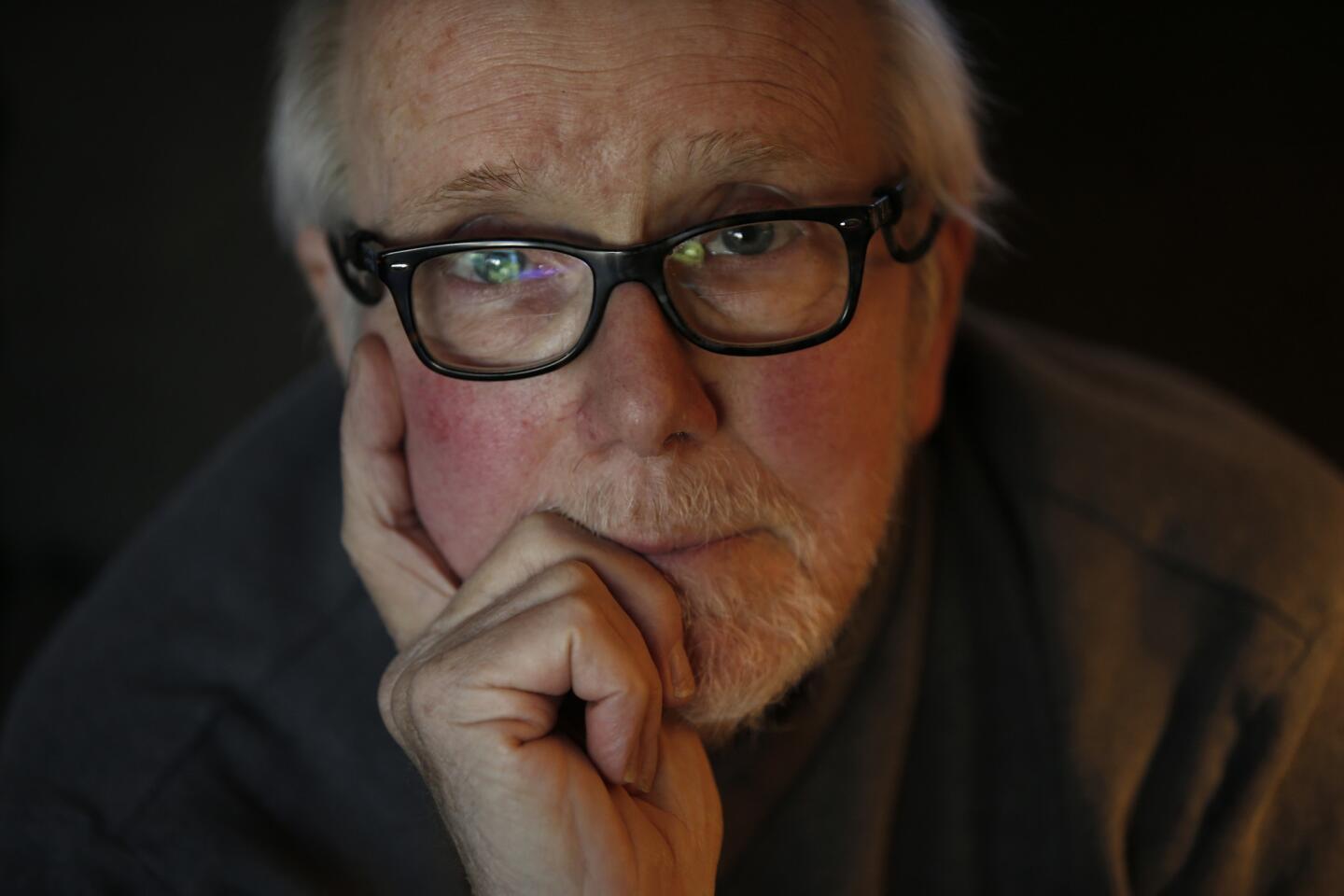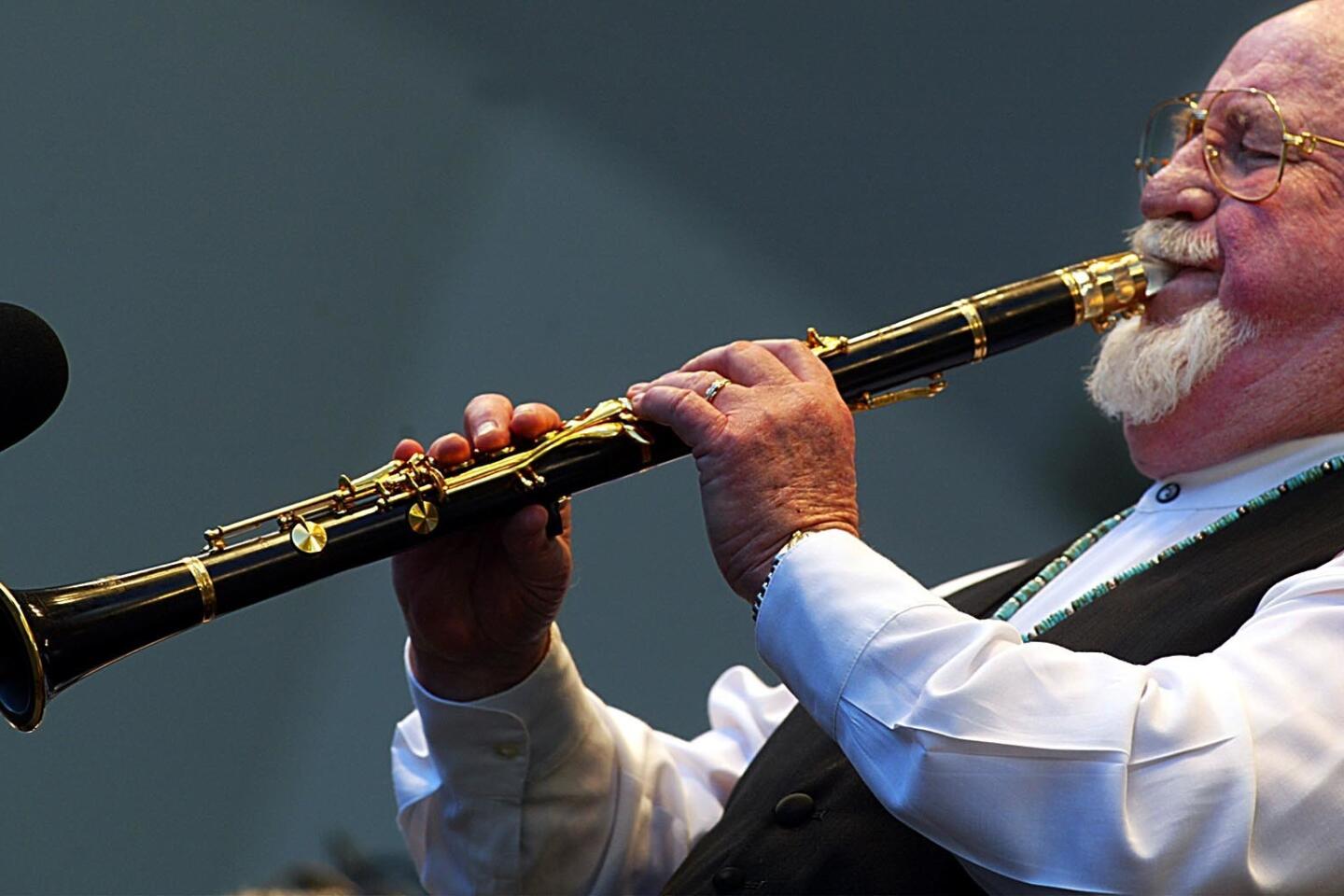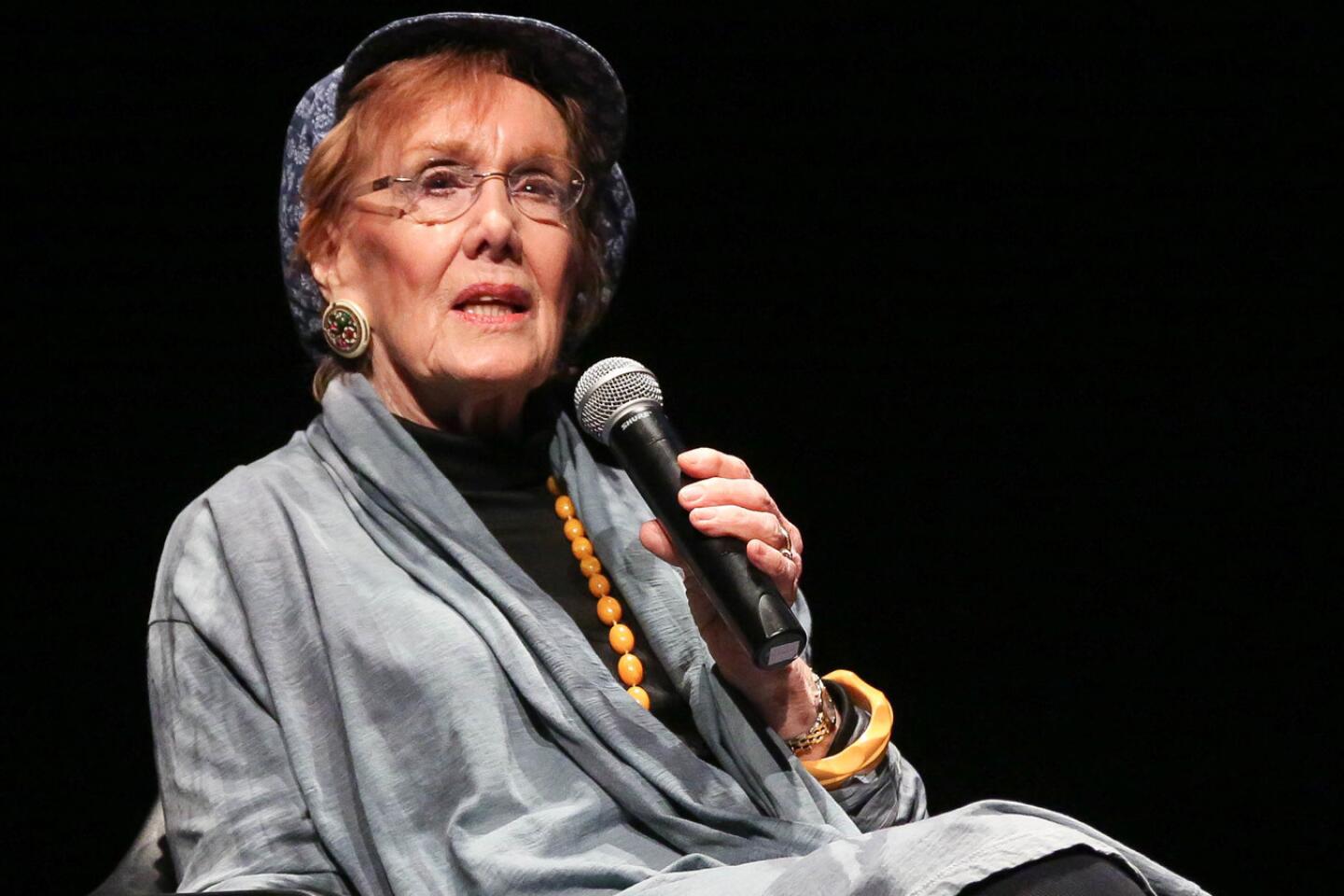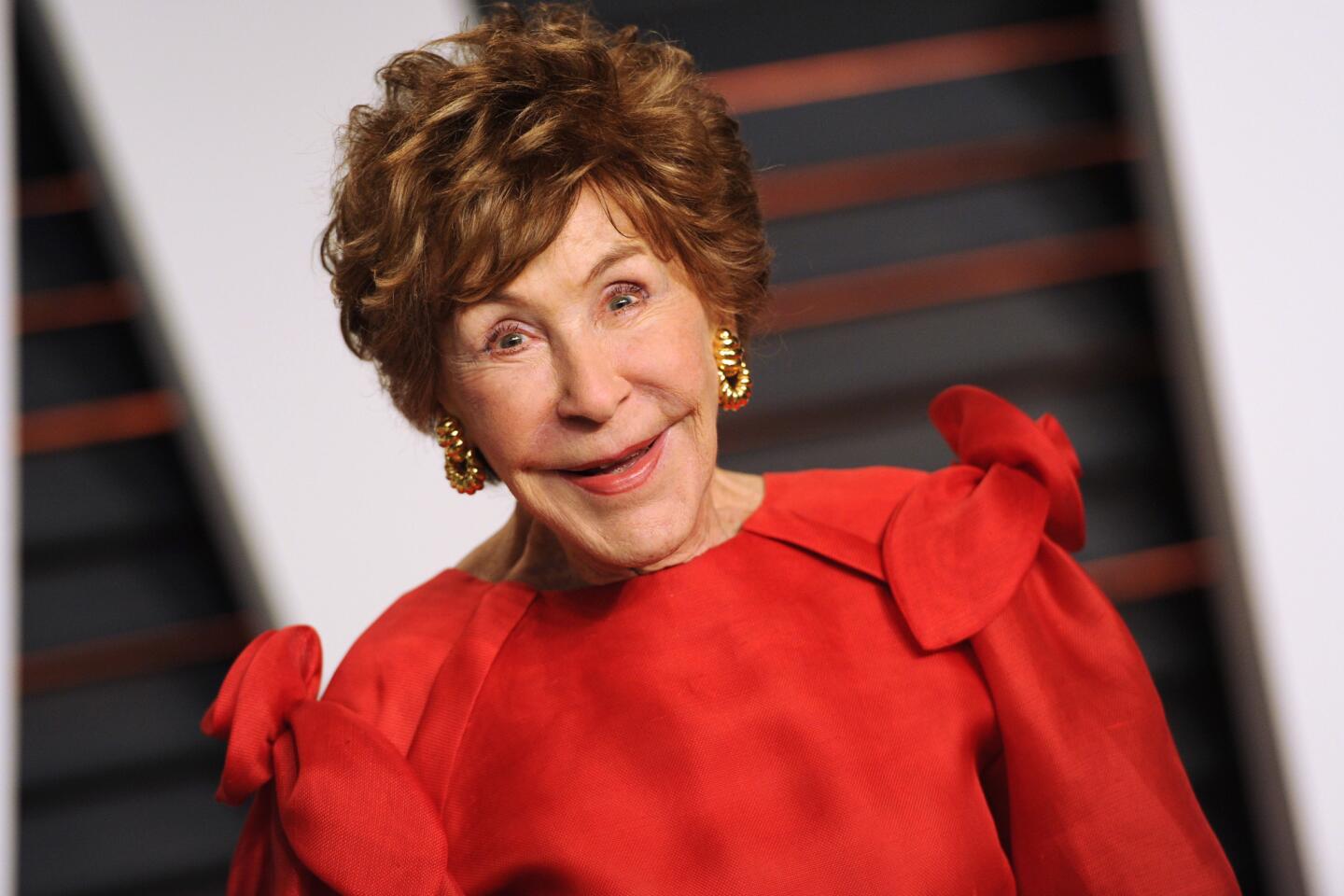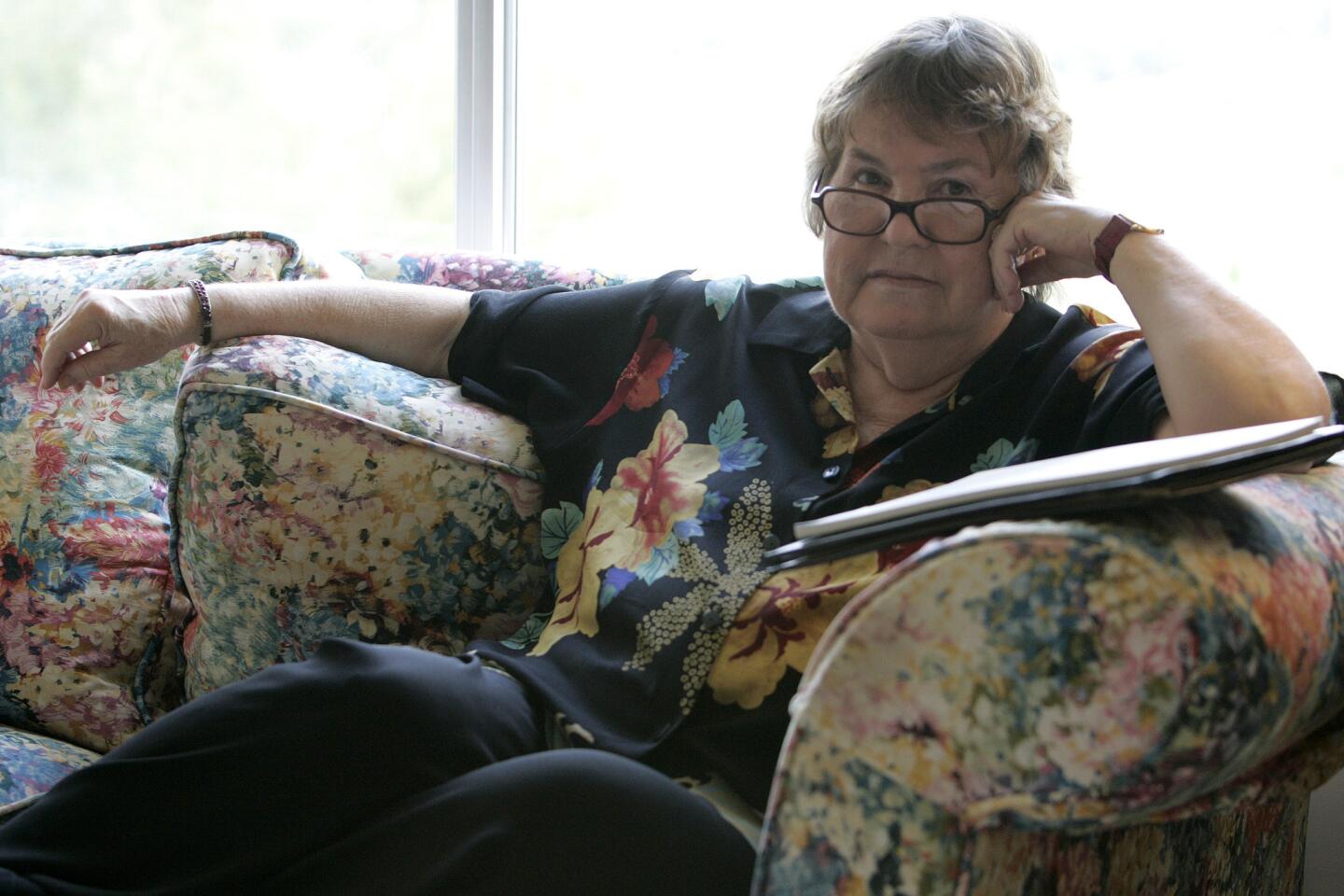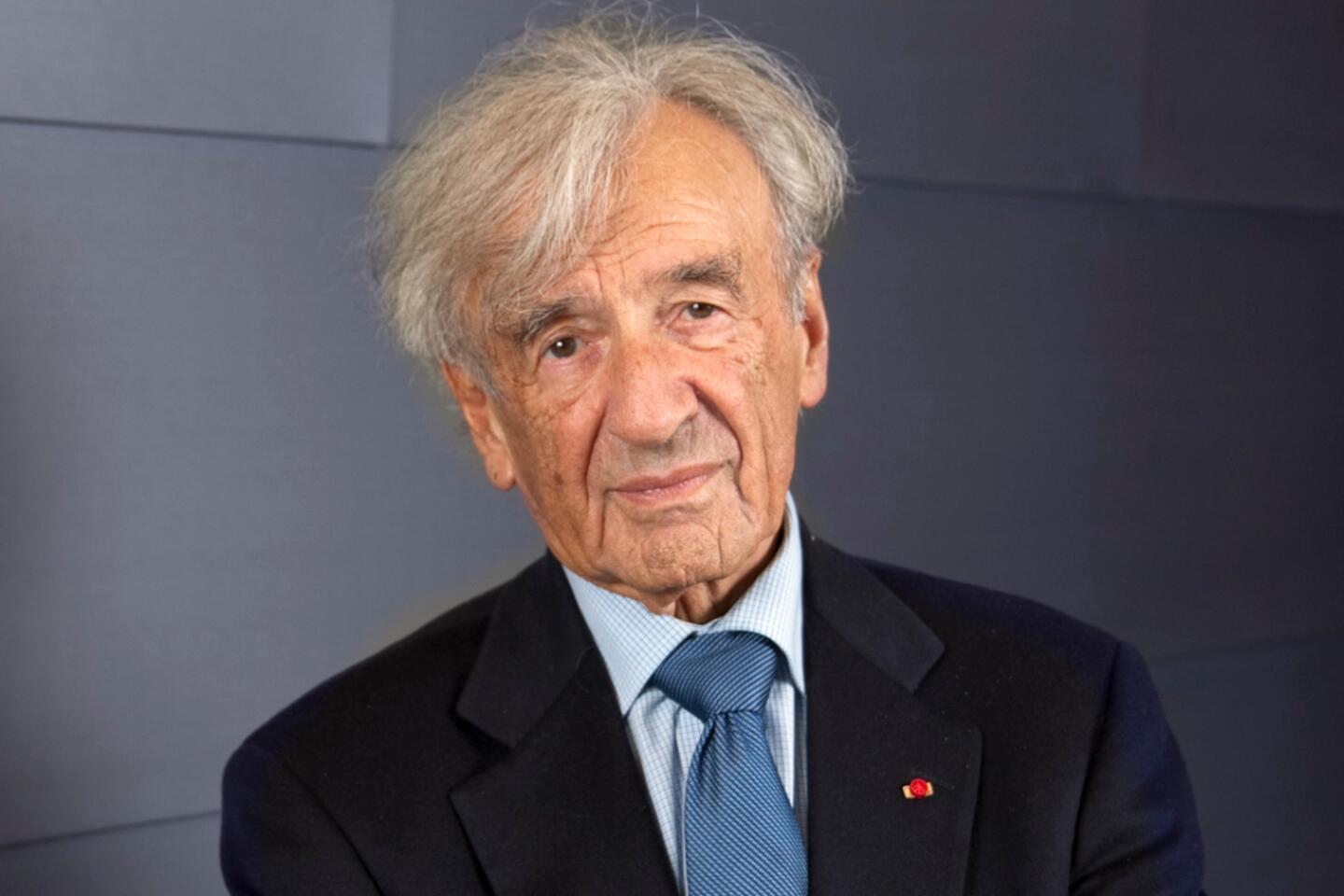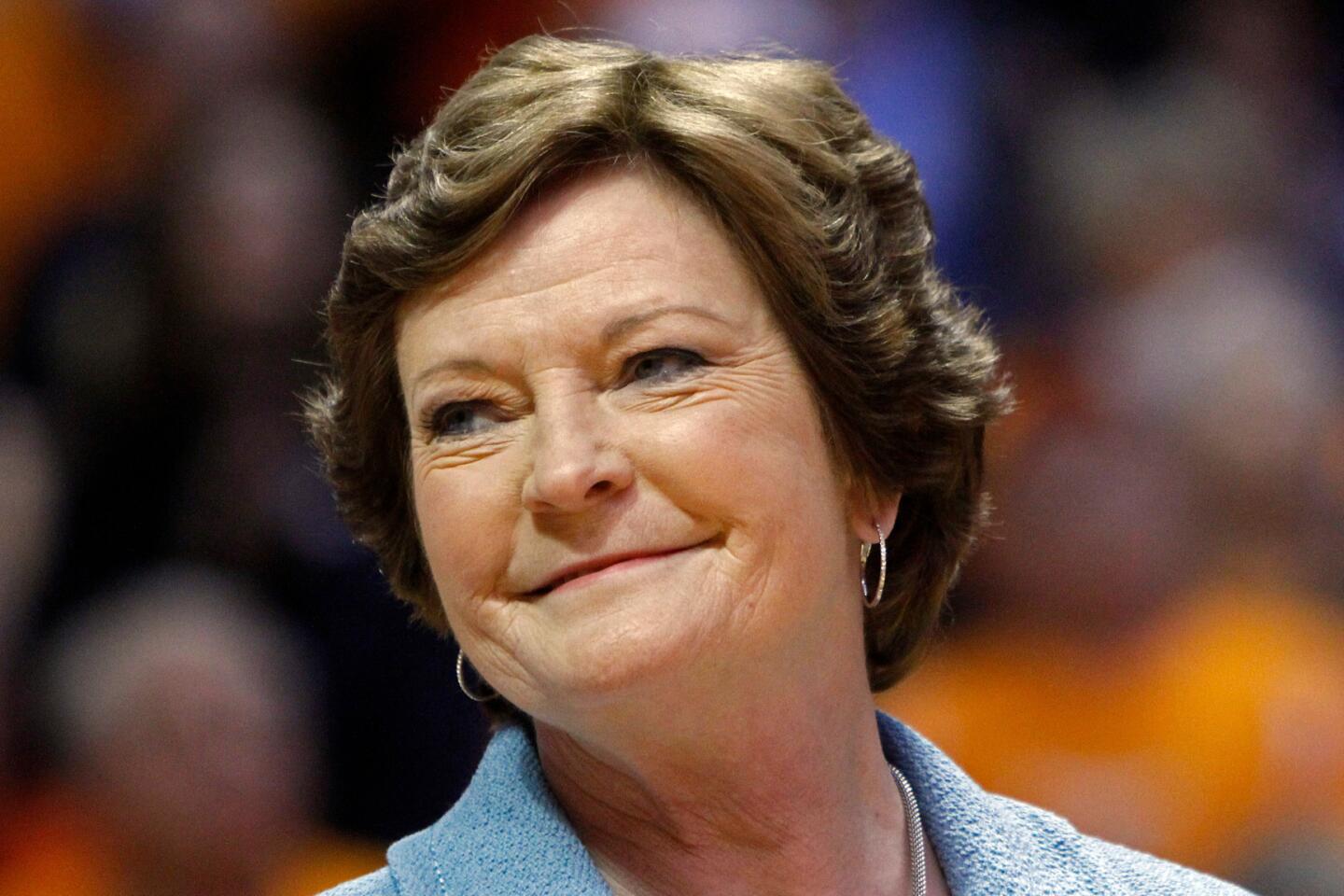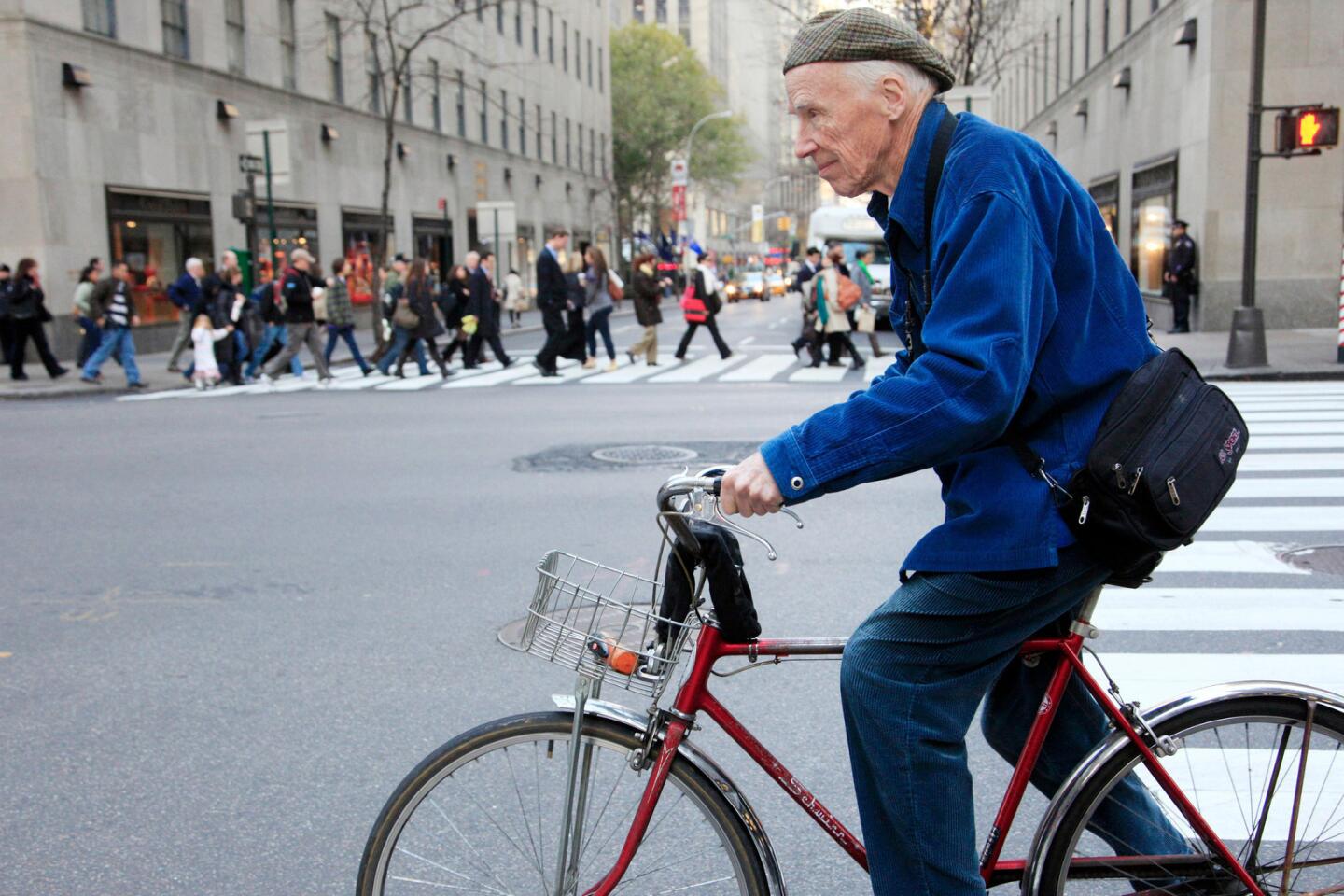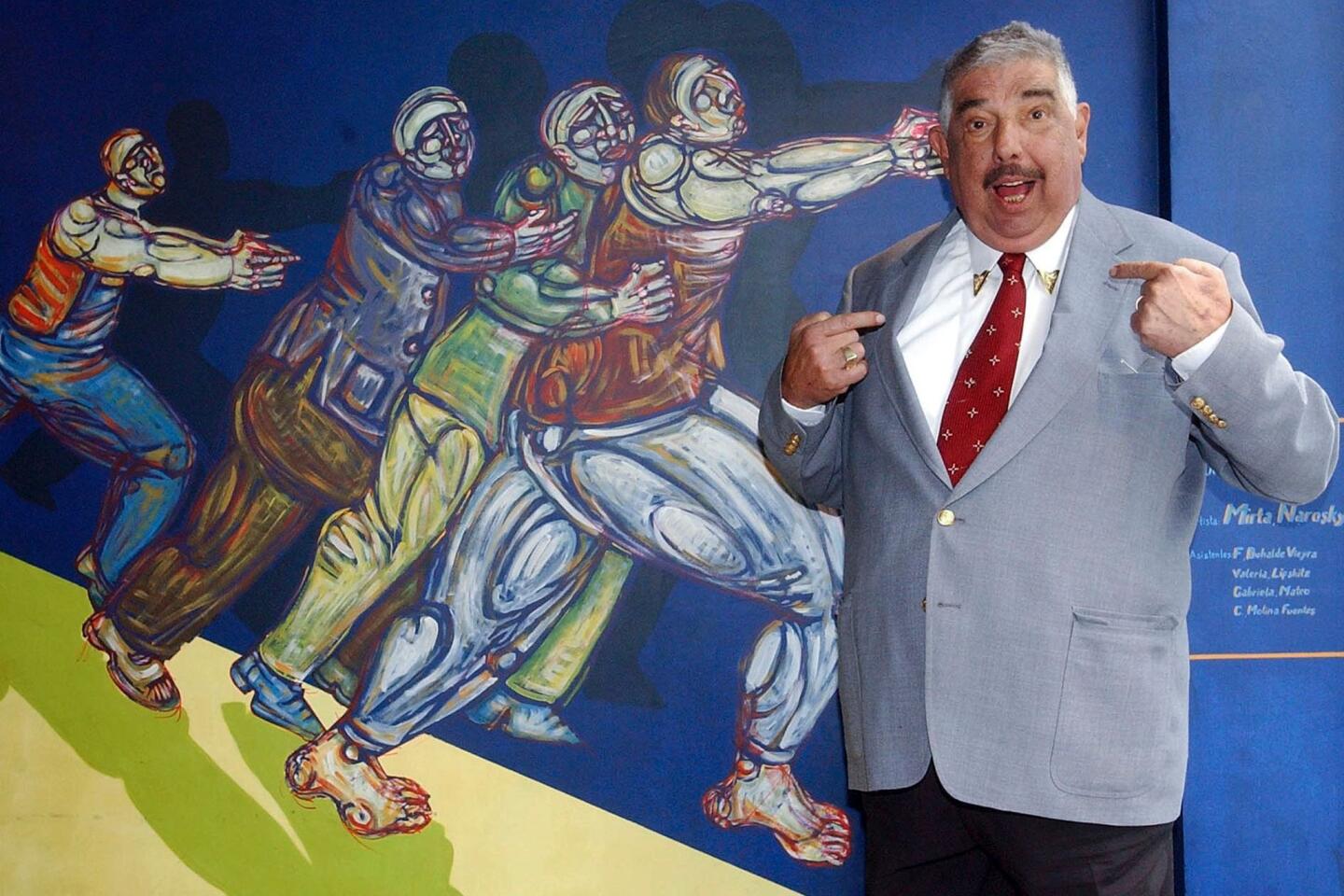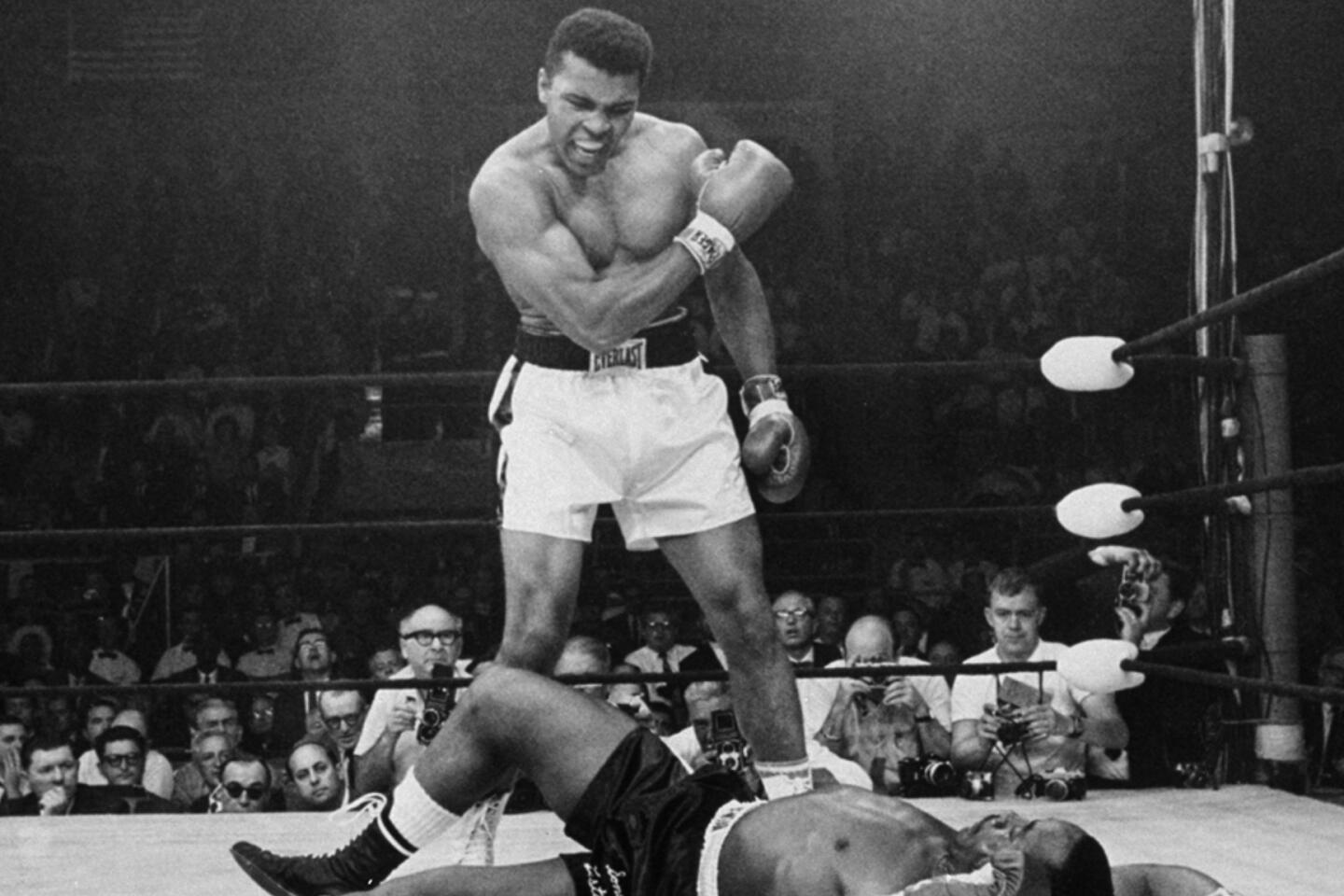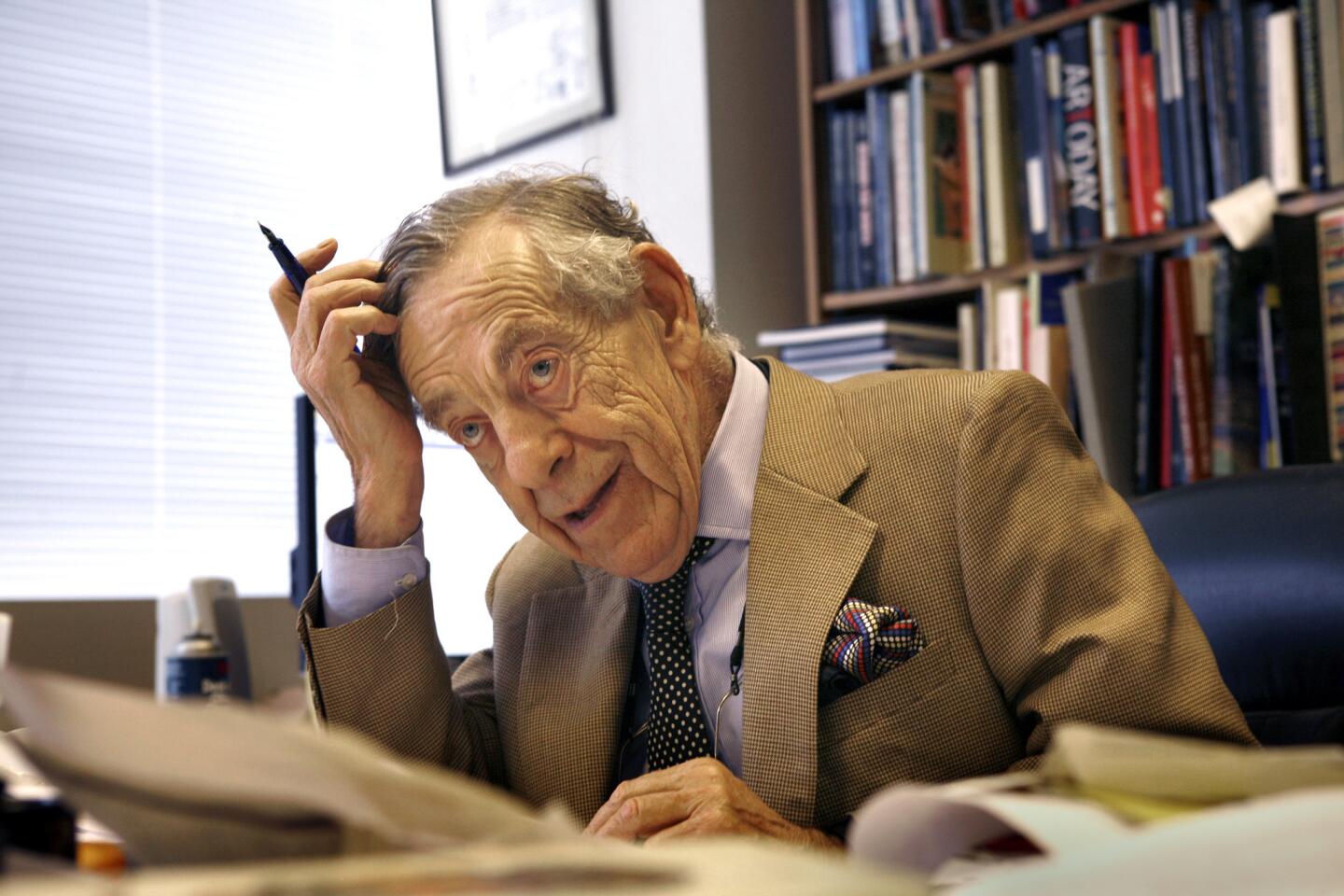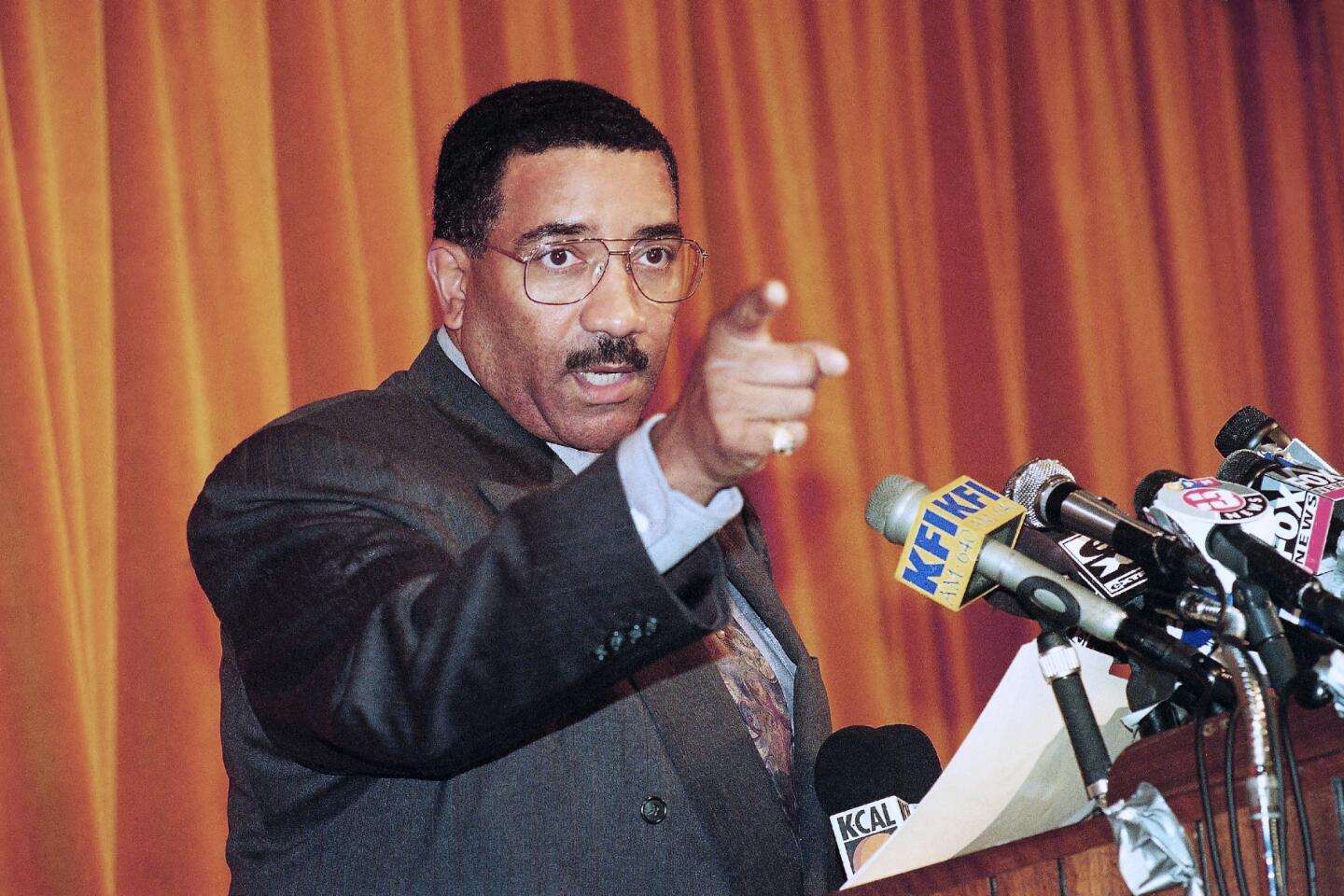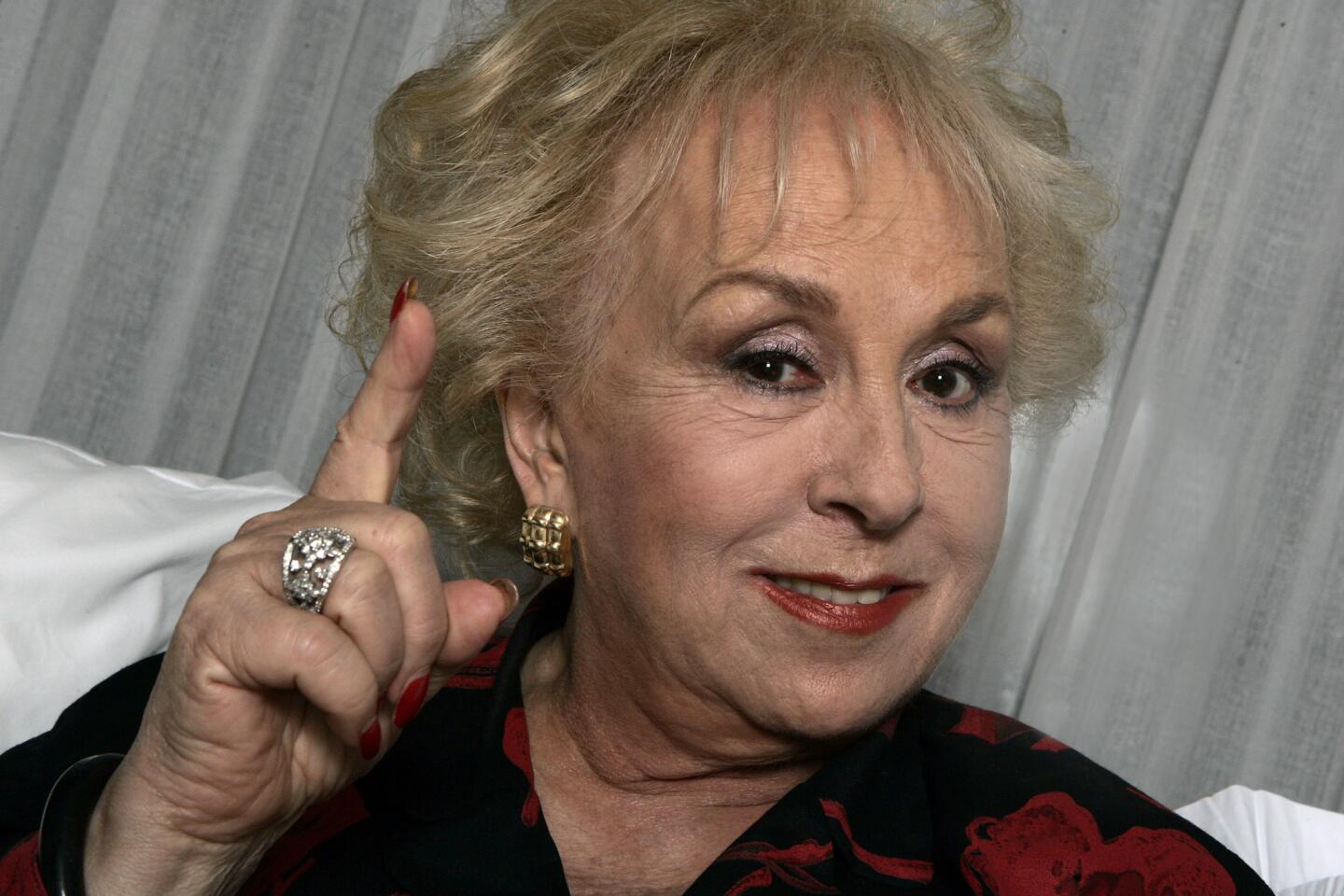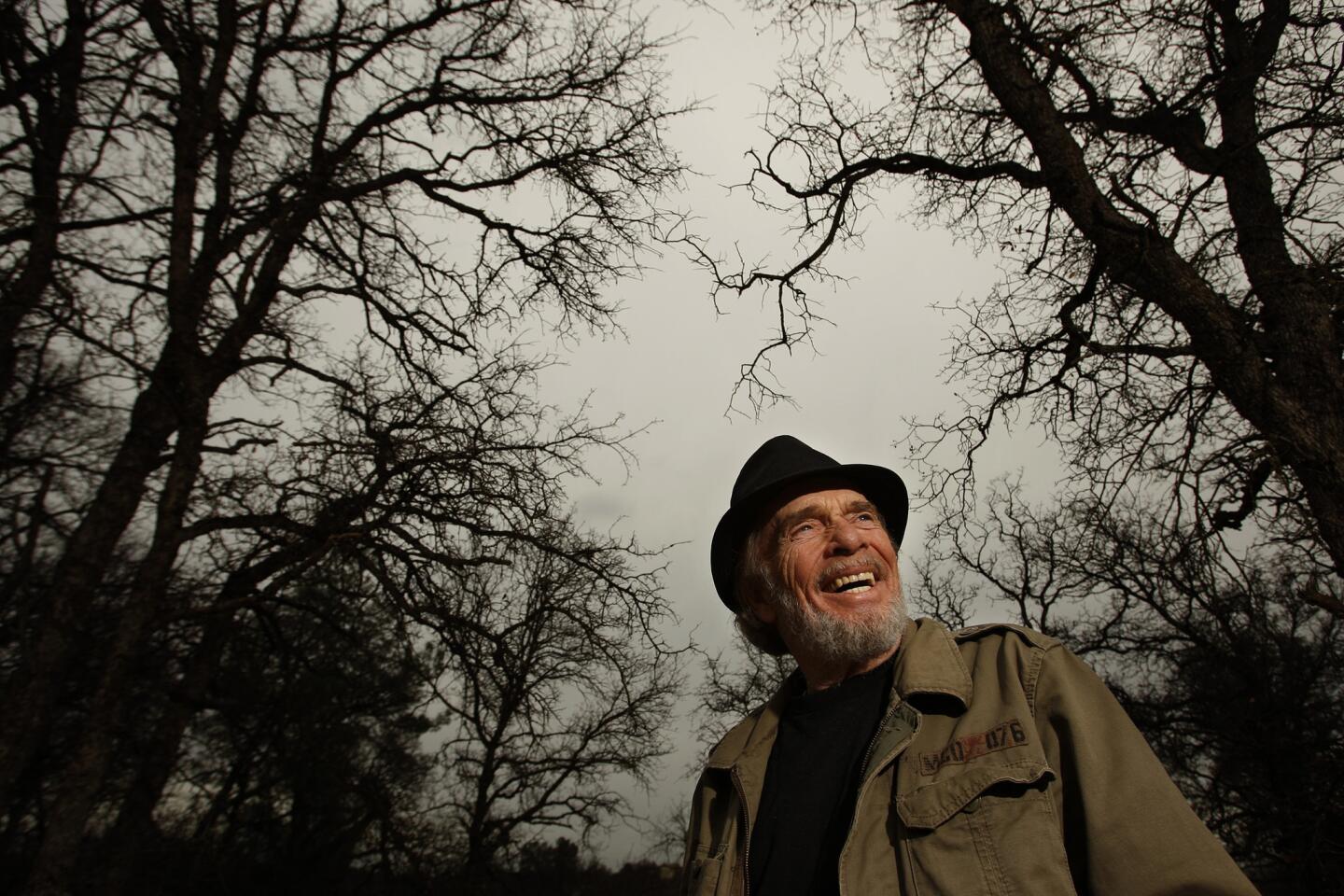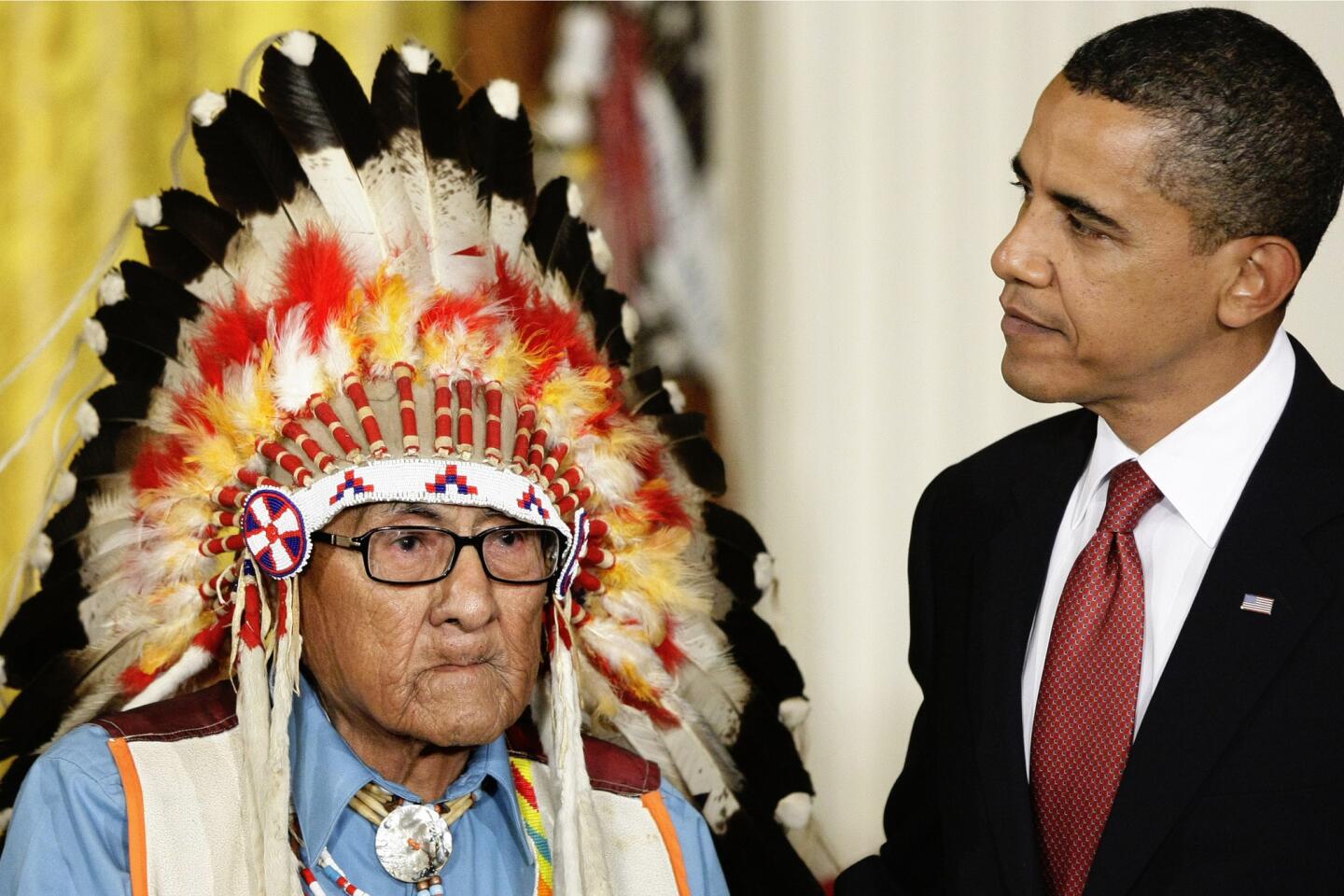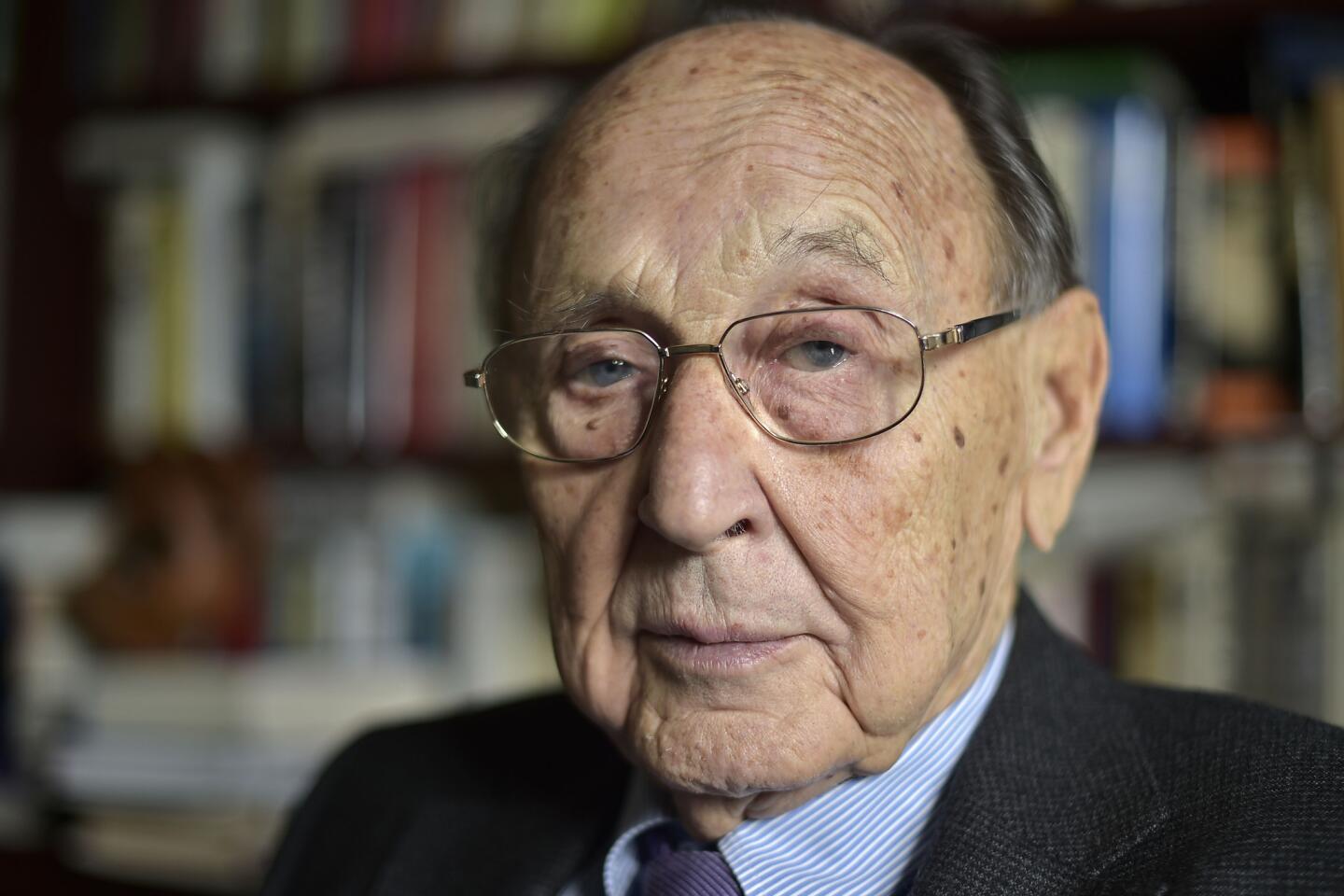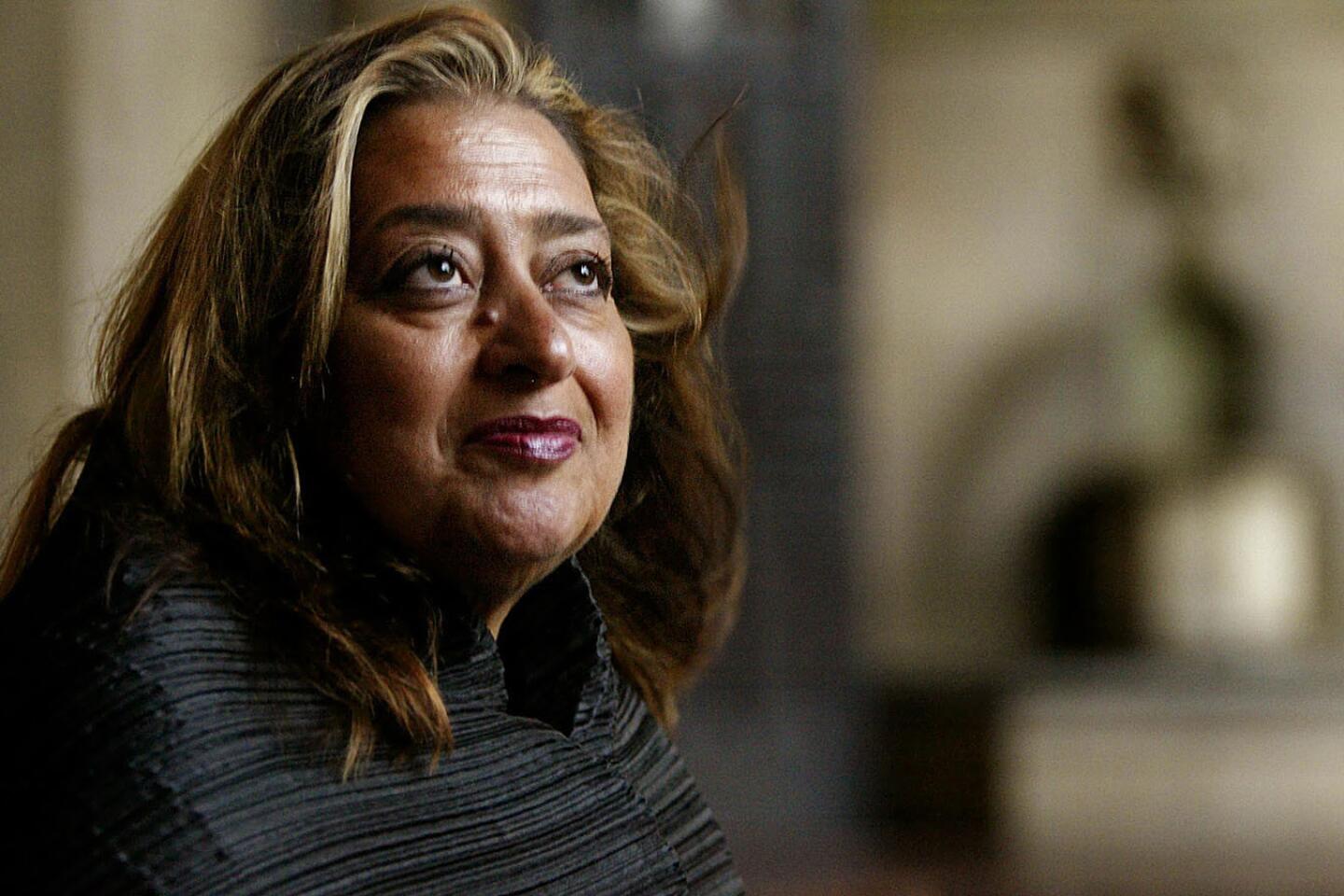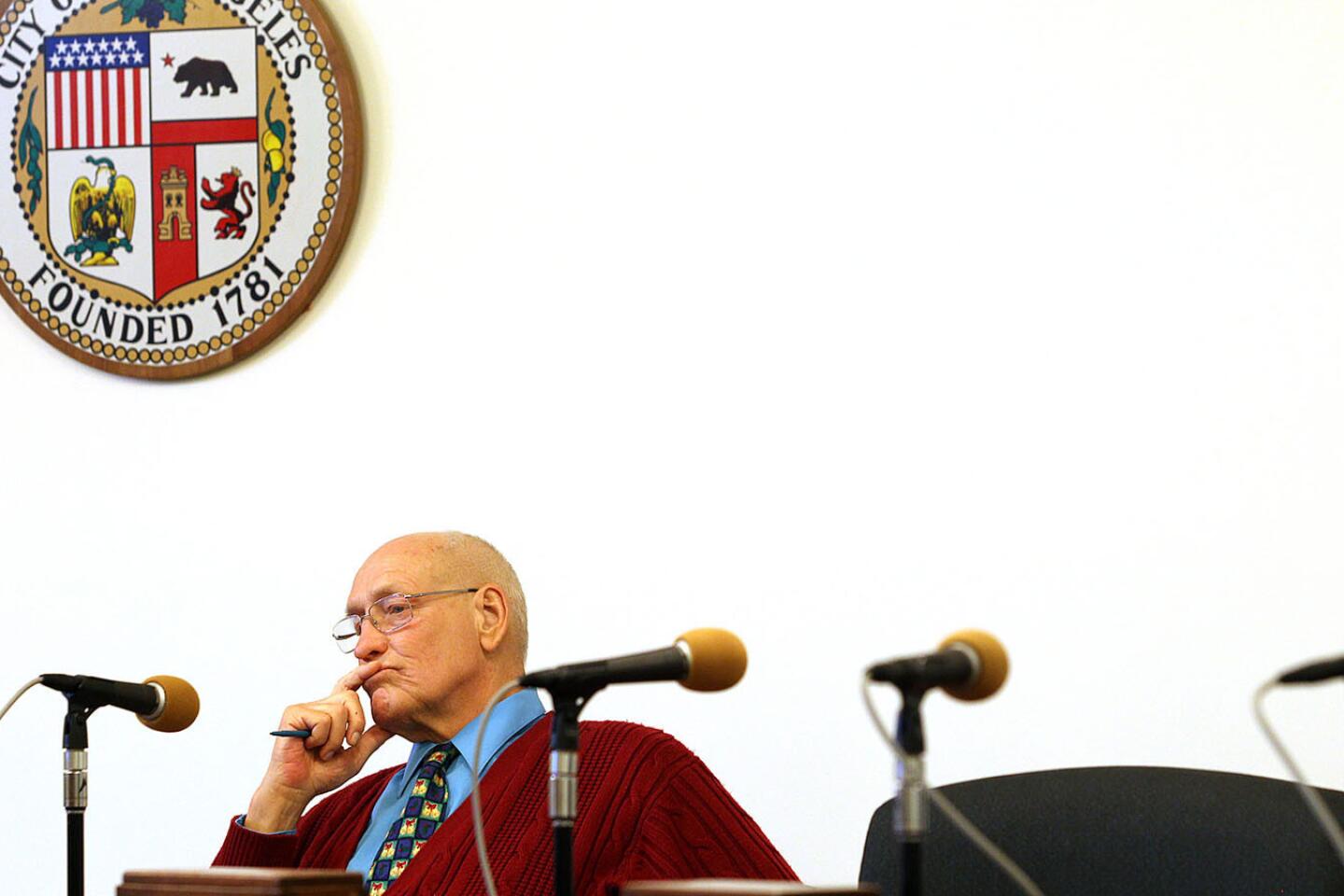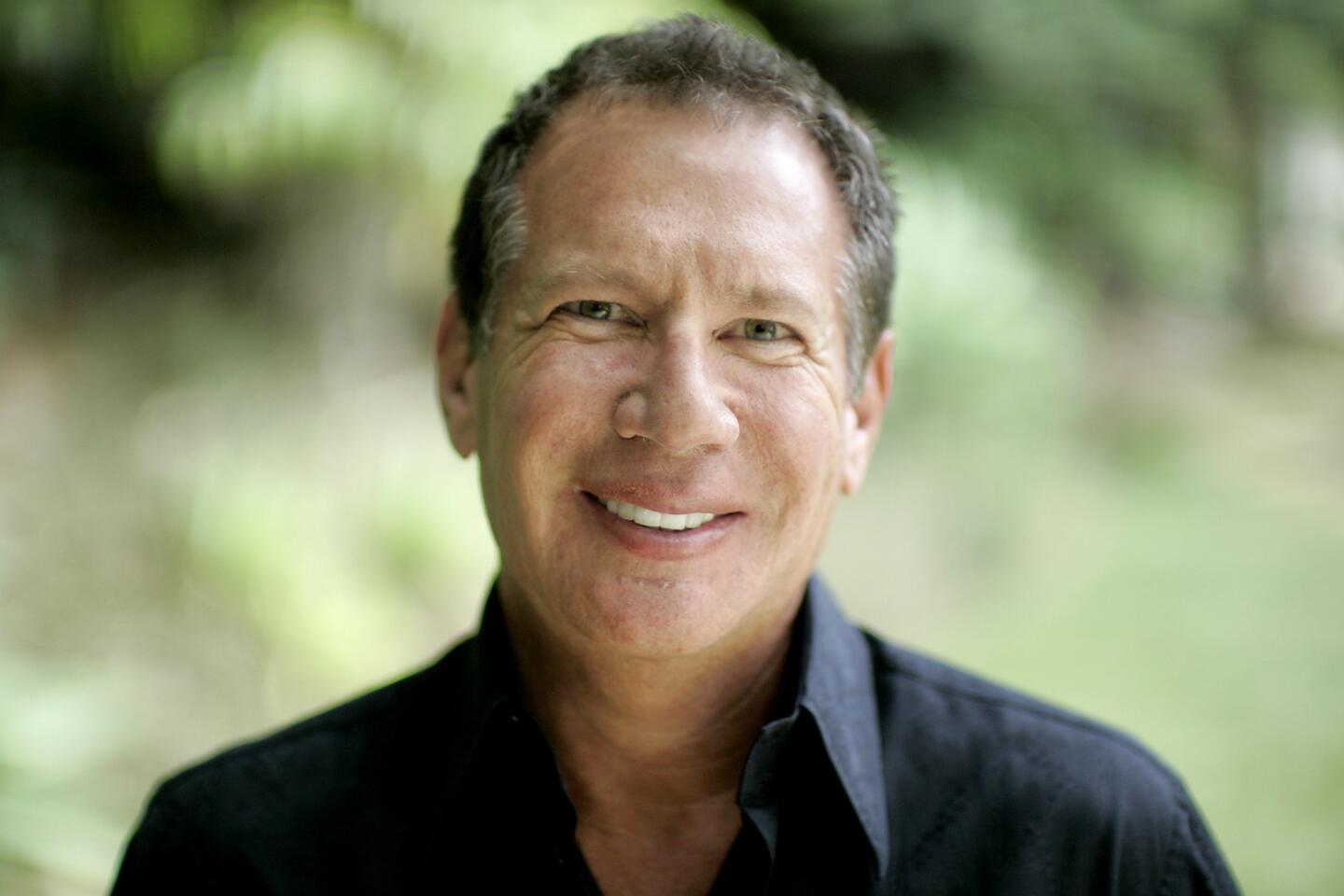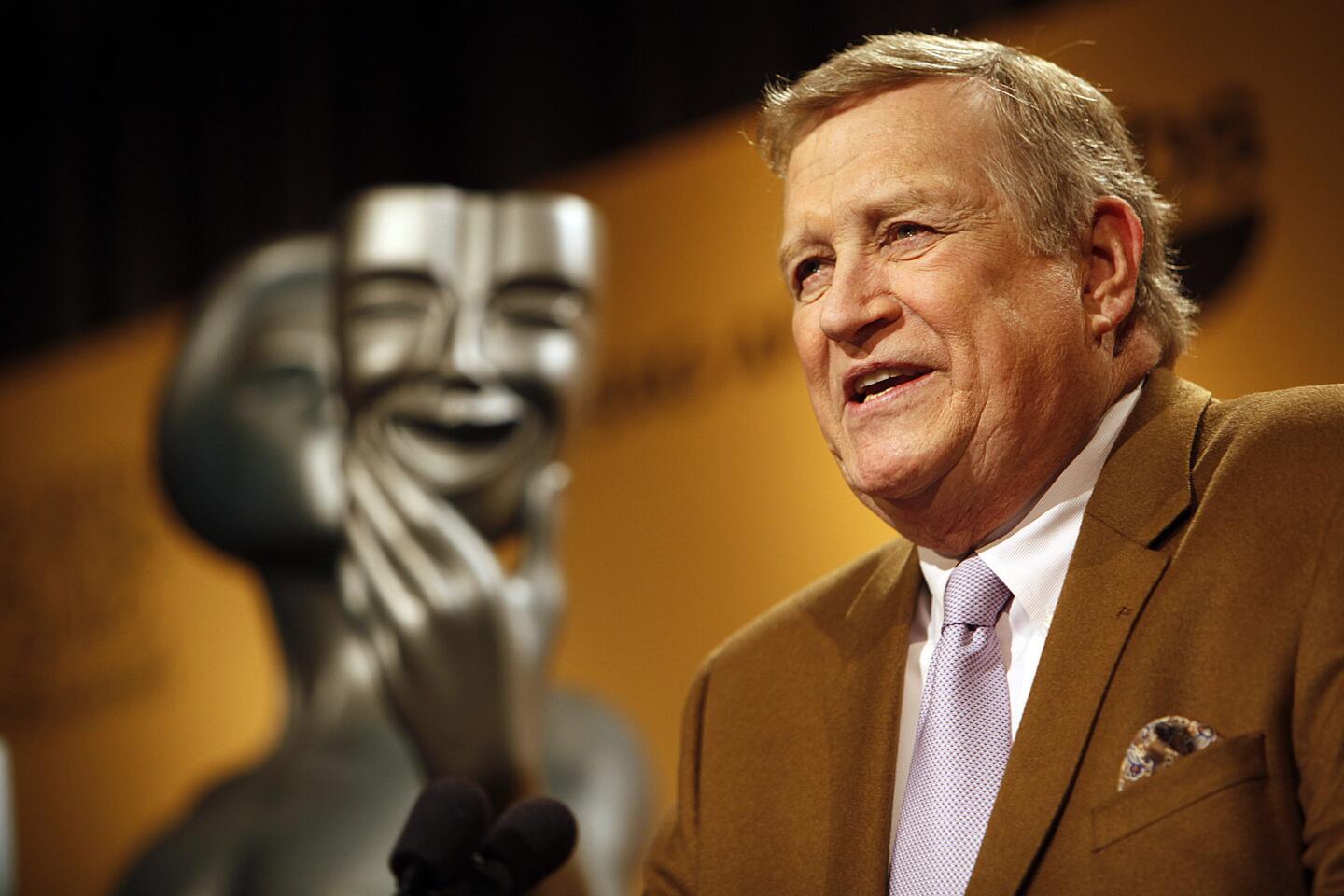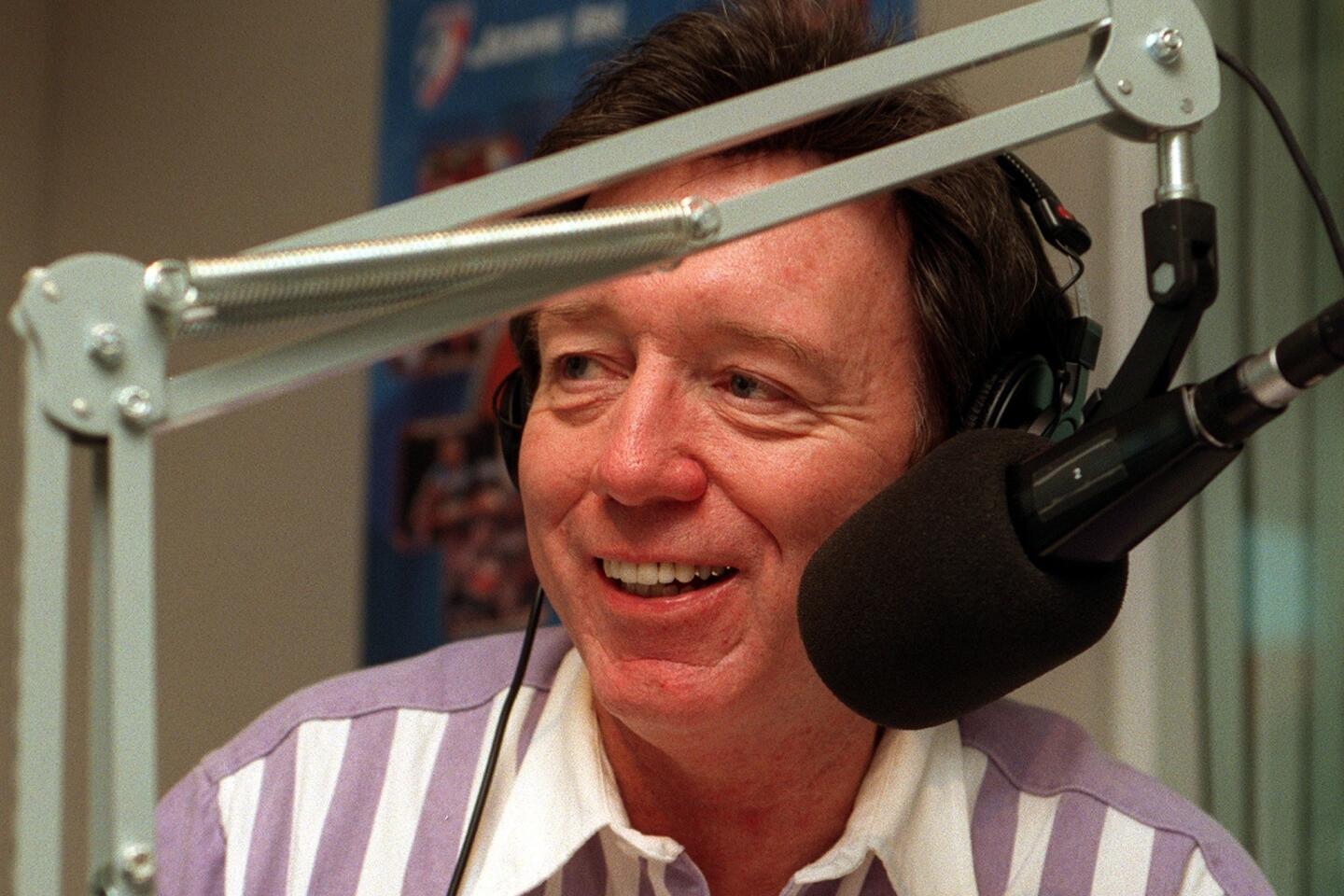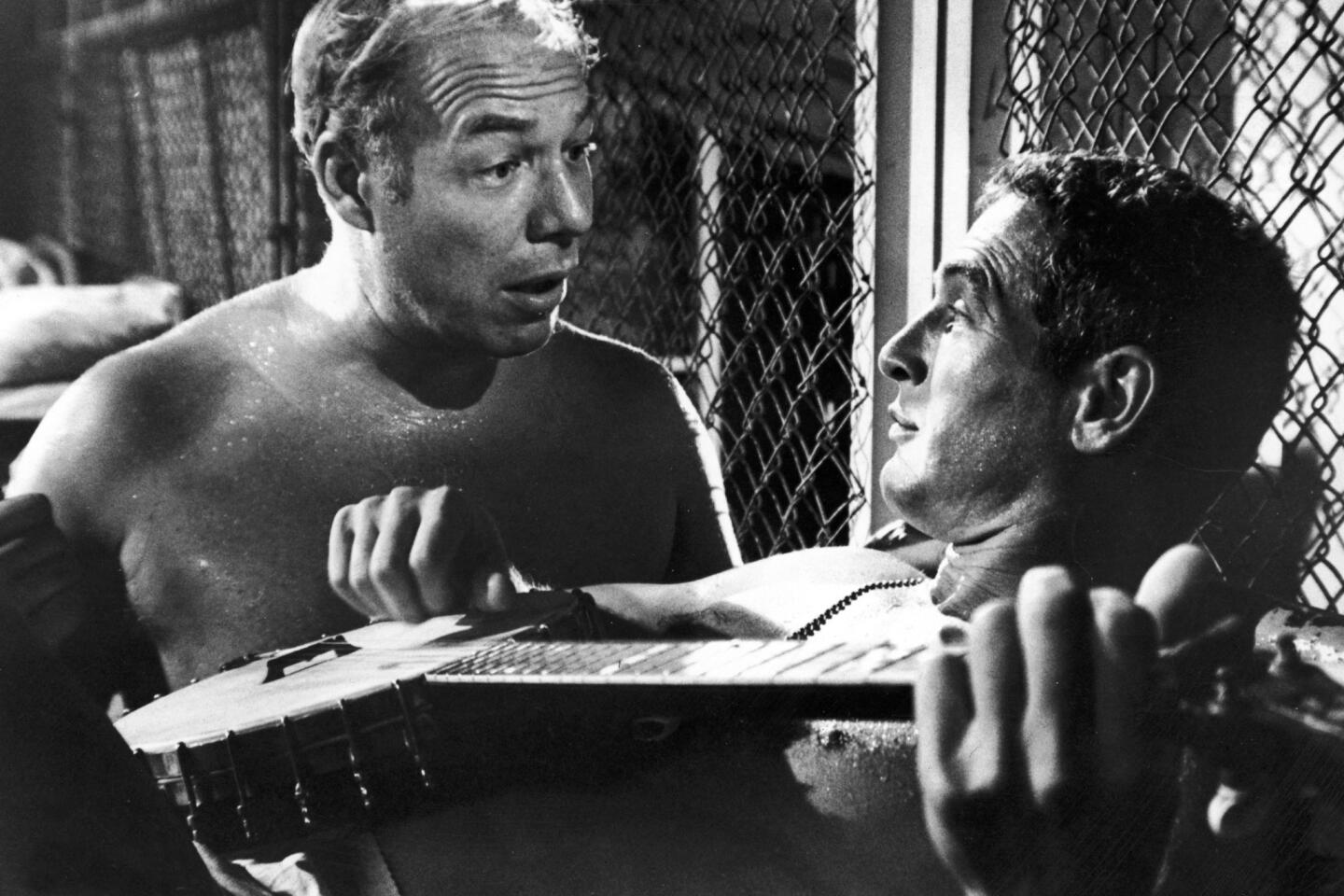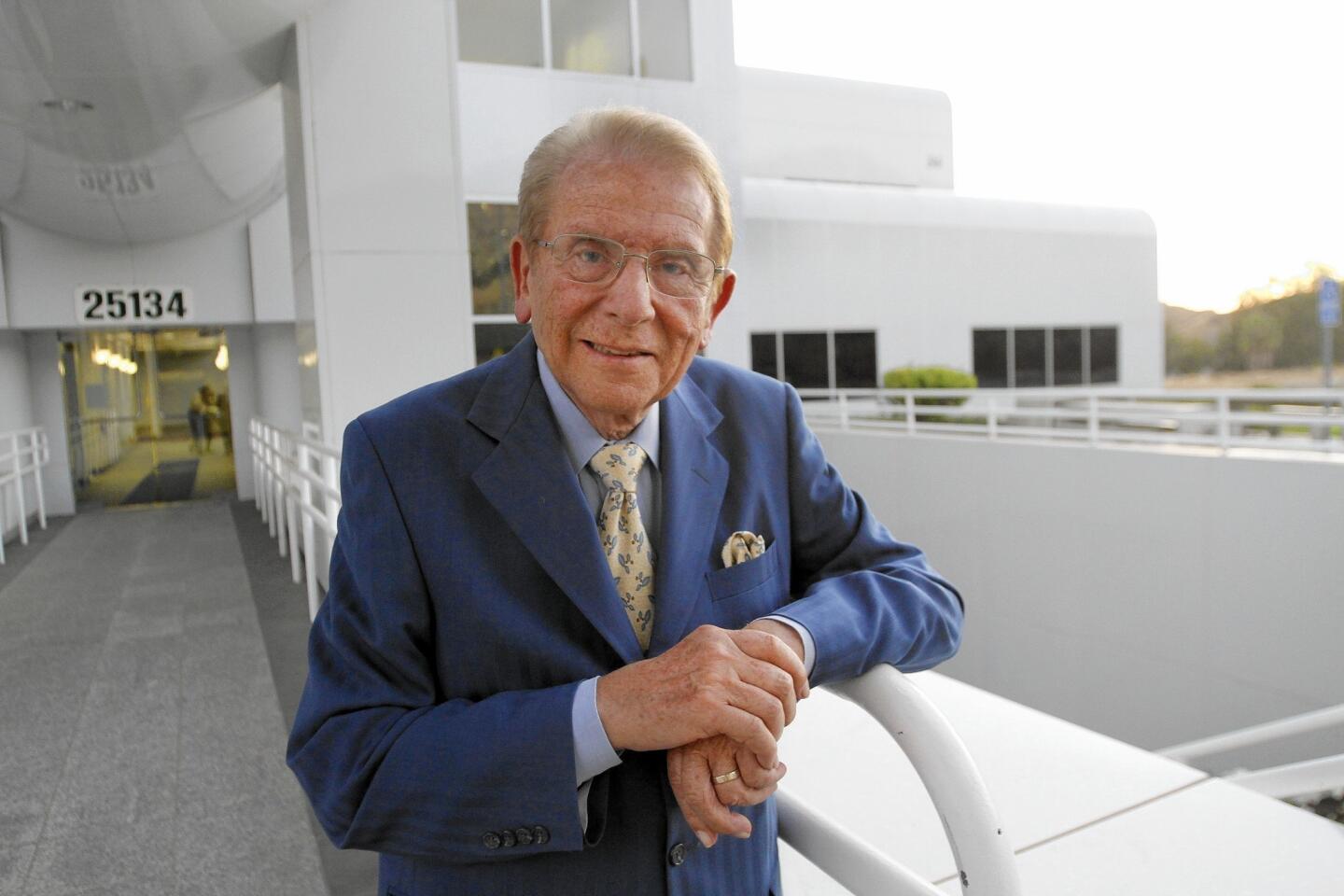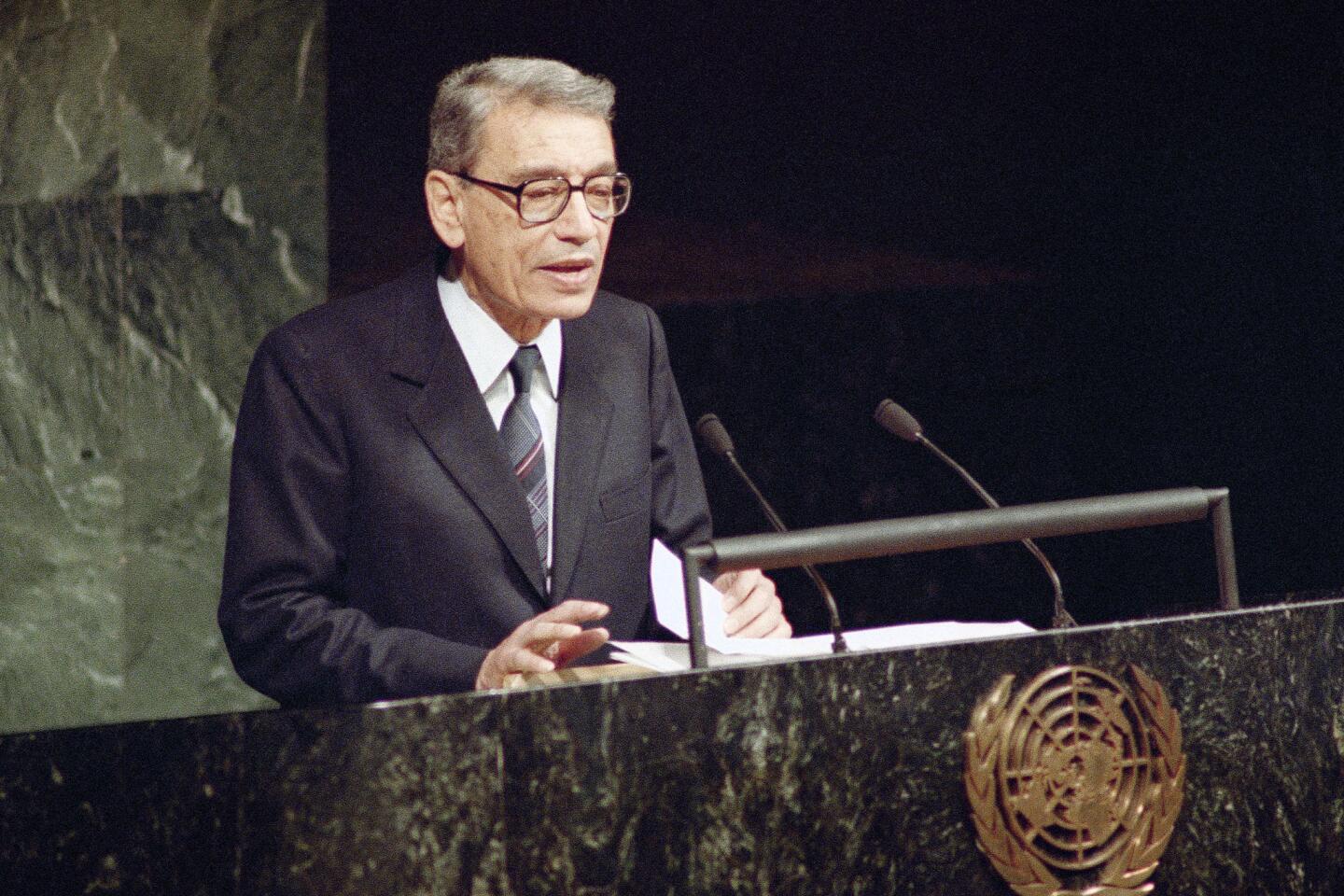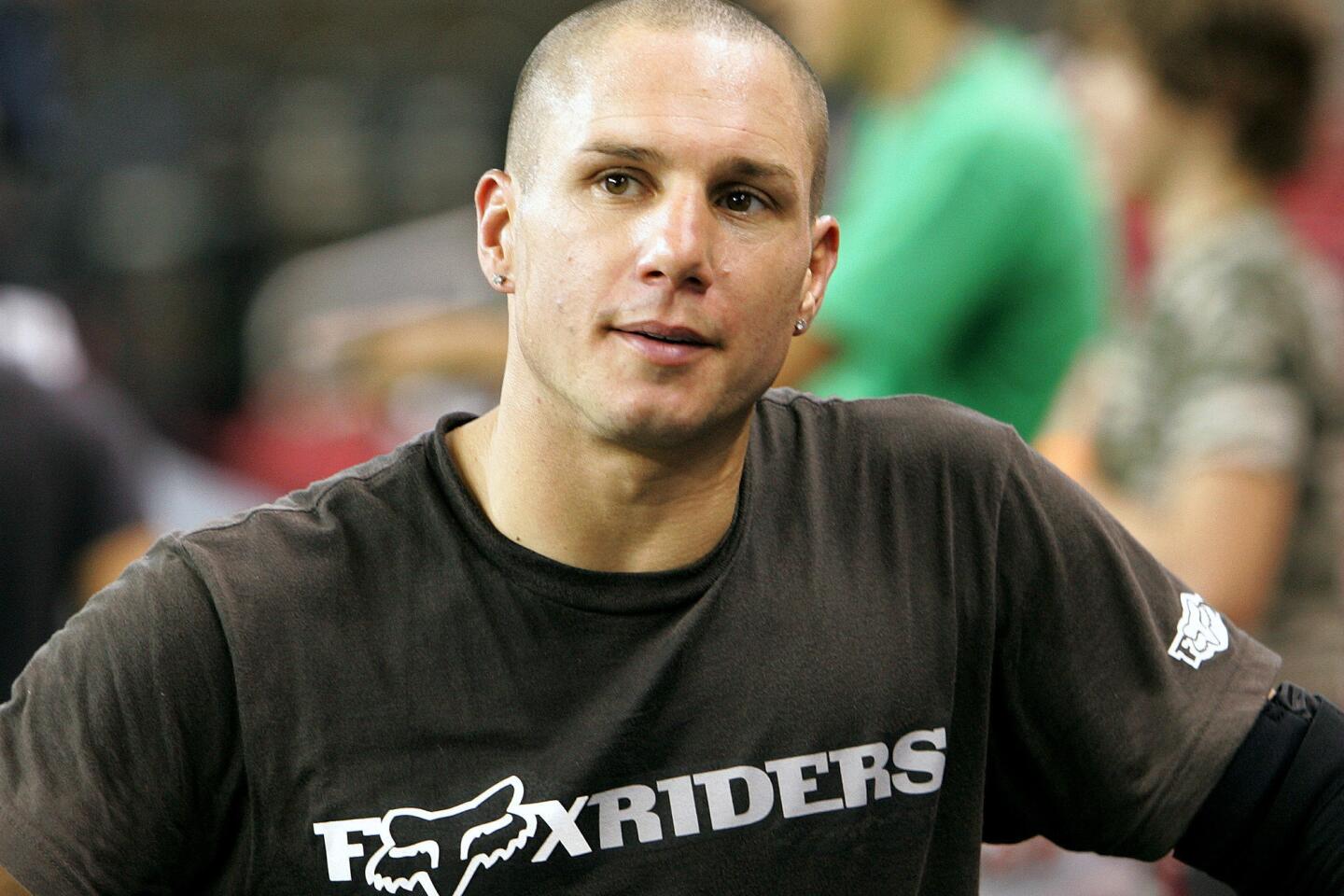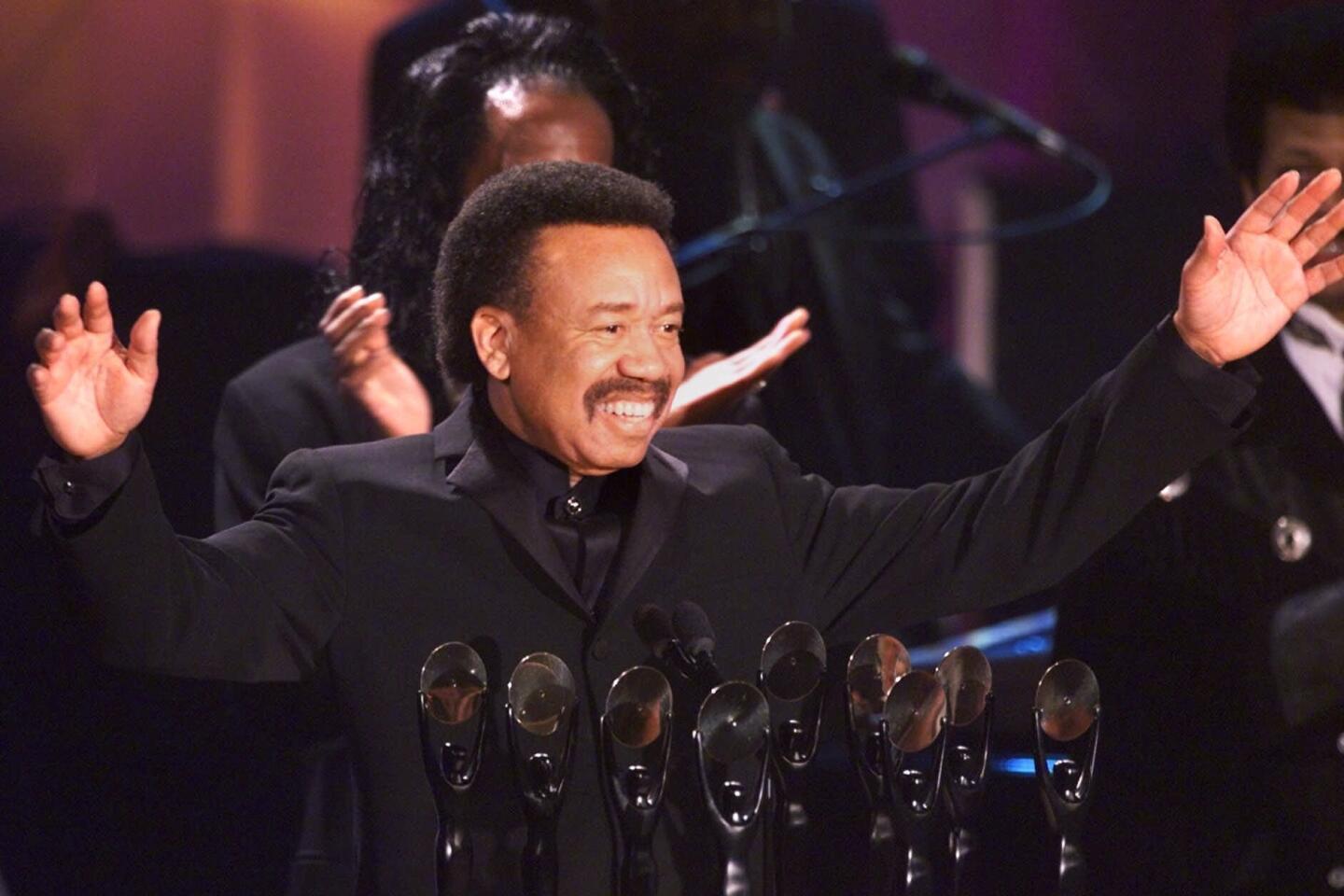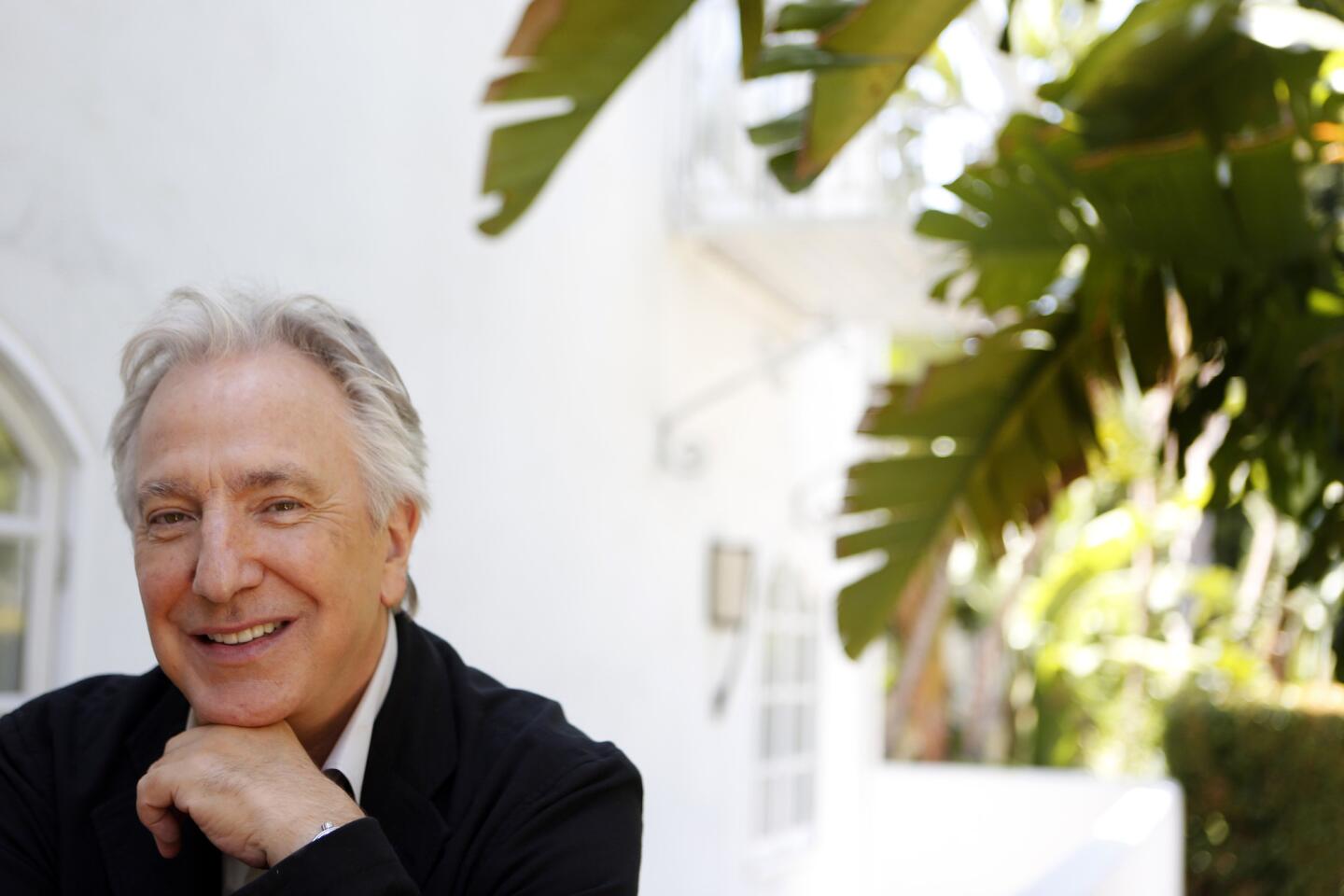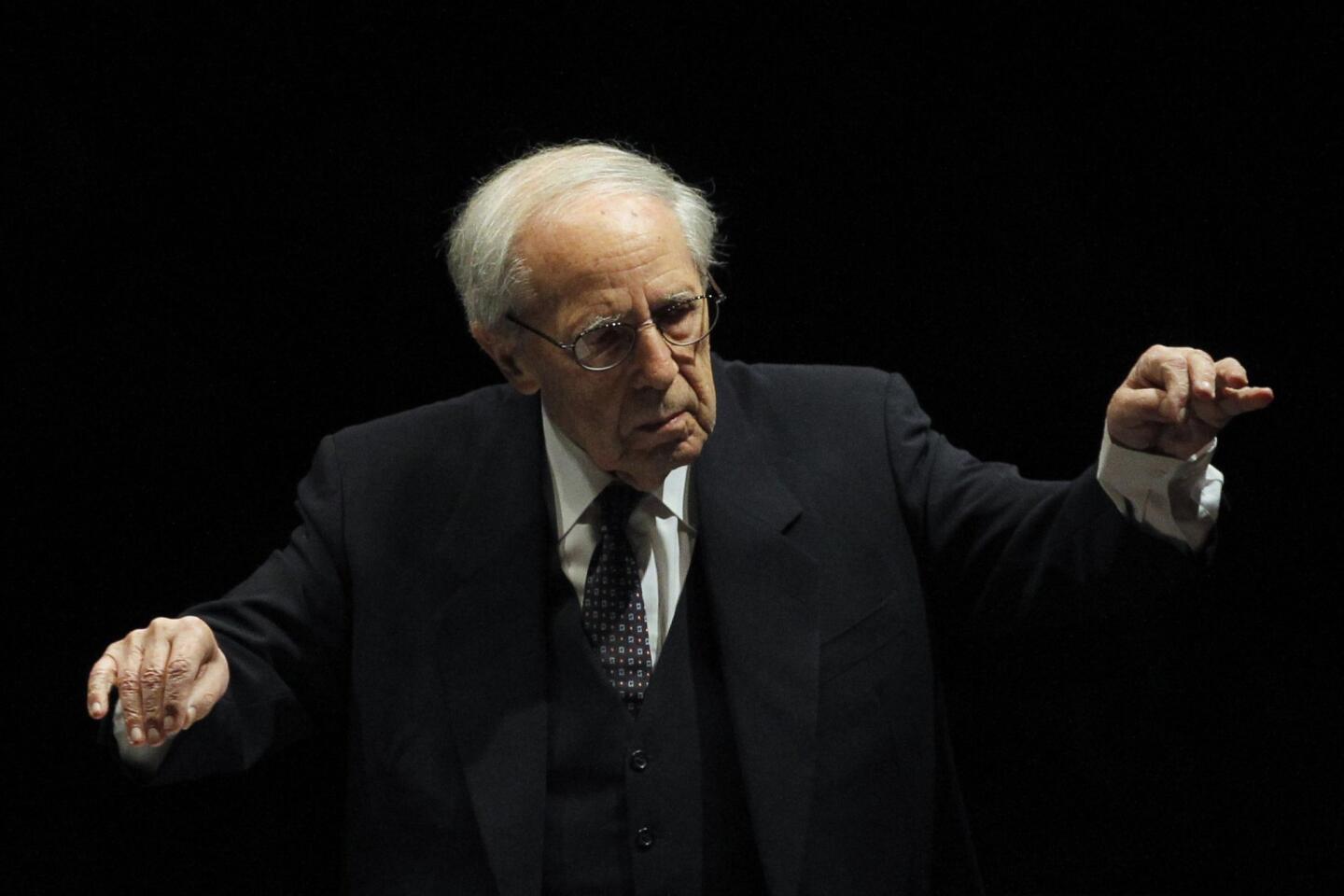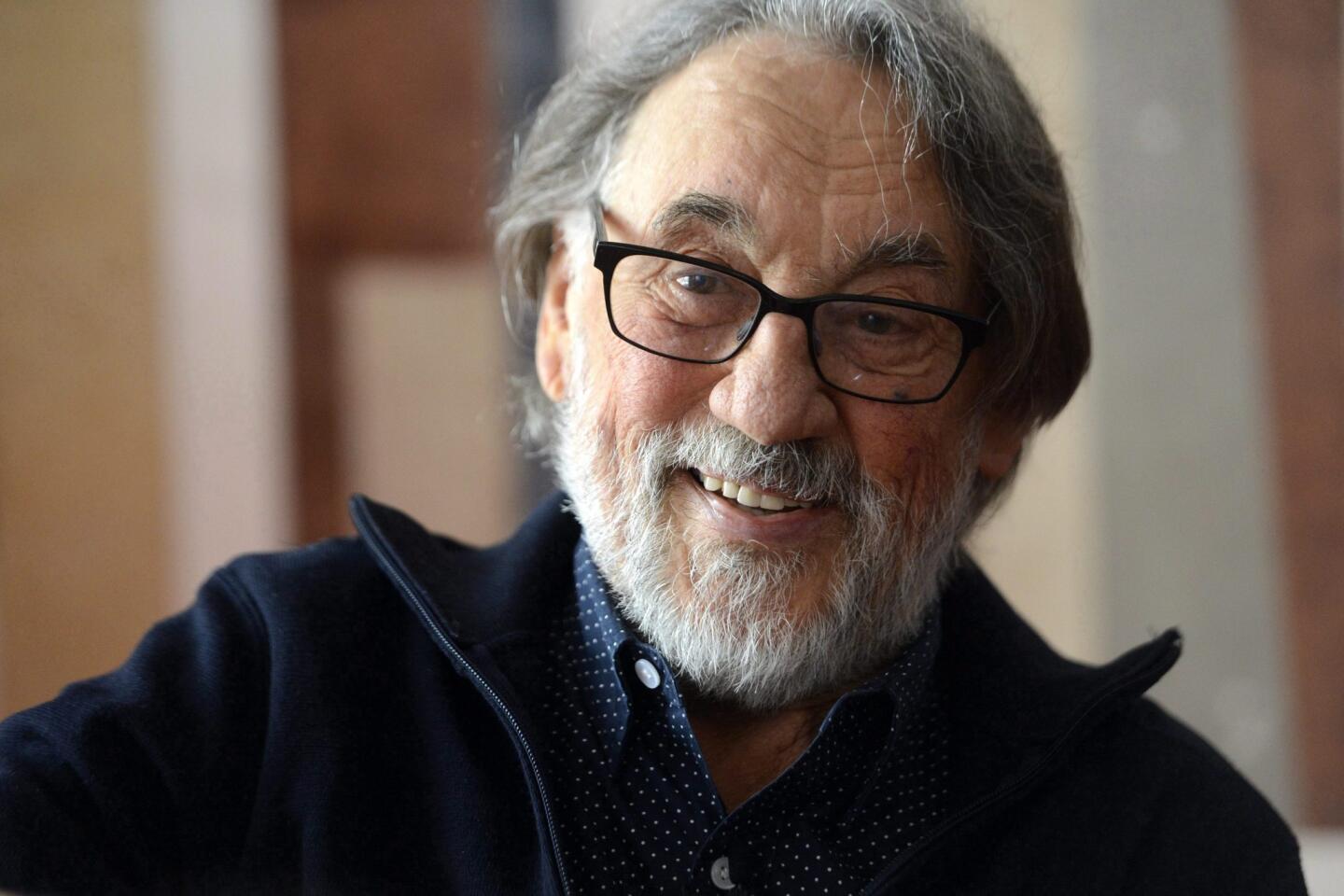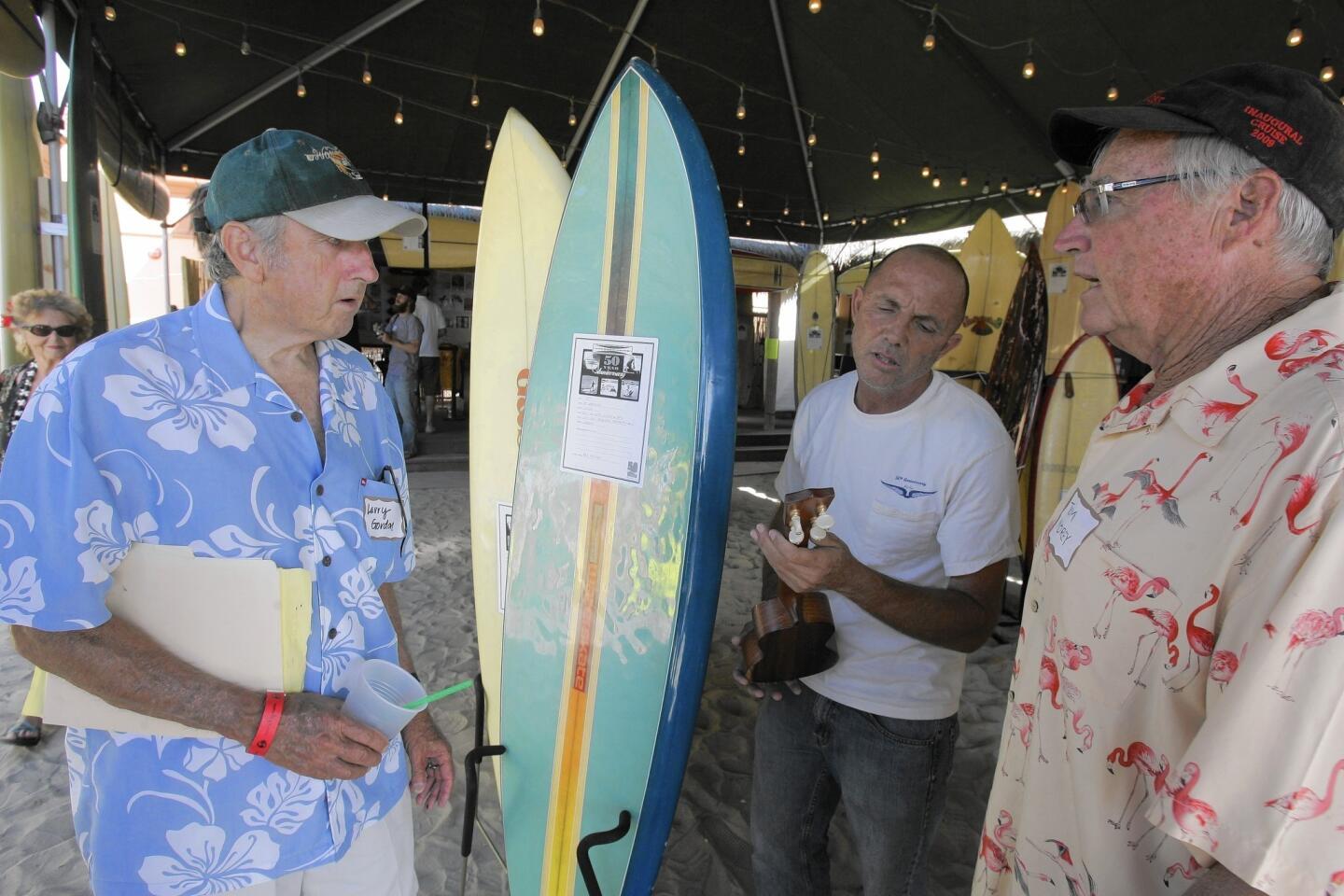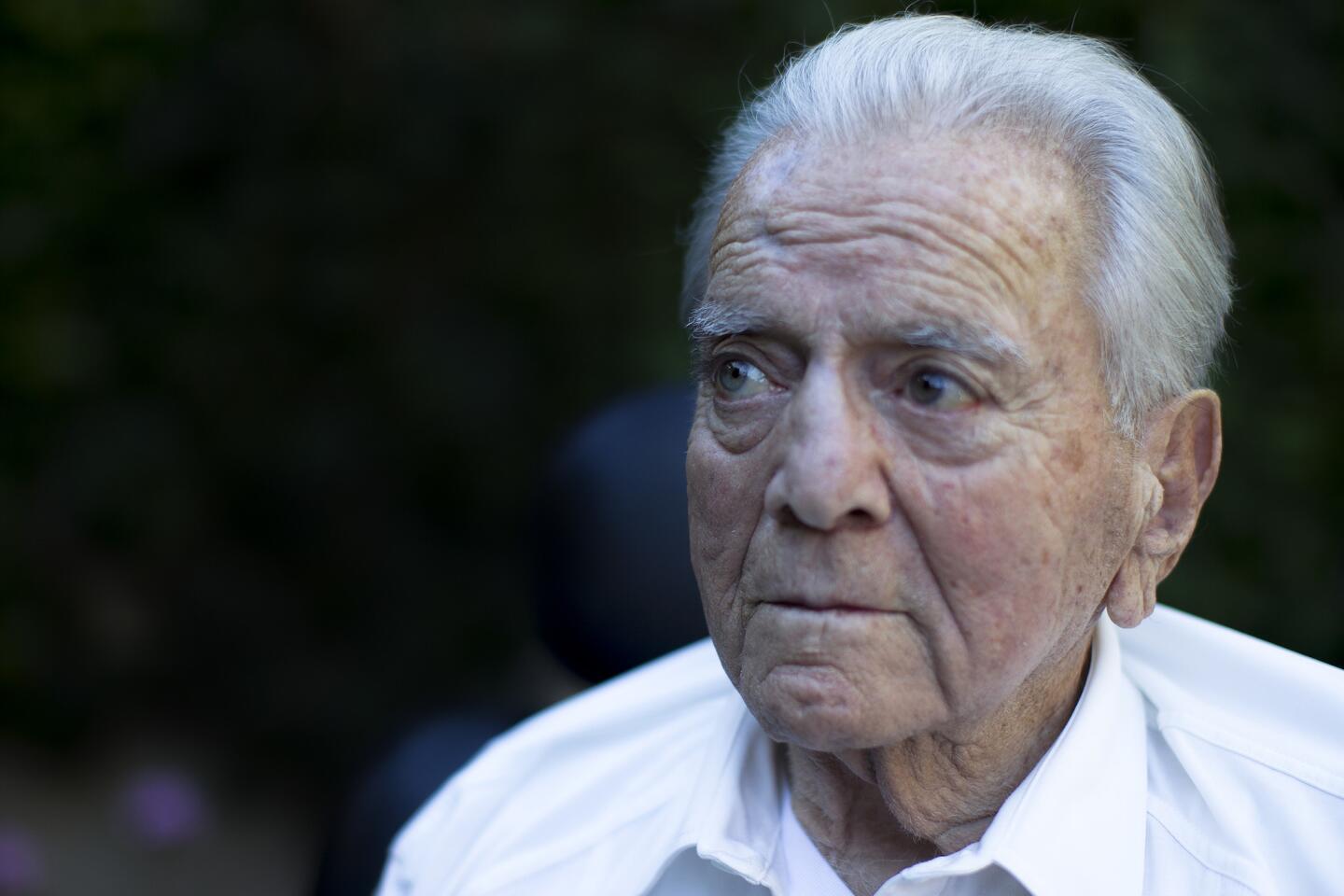When he was a 21-year-old camp counselor, Henry Heimlich saved a life and had his first brush with fame.
On the way back to New York City from Massachusetts at summer’s end, his quick thinking in a train wreck helped save a critically wounded crew member. It also landed the handsome medical student on the front page of the New York Times. A month later, the Greater New York Safety Council gave him a gold watch.
Never one to shy away from the limelight, Heimlich would go on to a level of fame — and controversy — that astonished even him.
Heimlich, a thoracic surgeon who developed the lifesaving Heimlich maneuver after experimenting on anesthetized beagles, died Saturday in Cincinnati, his family said. He was 96.
His son Phil said he suffered a heart attack earlier in the week.
When Heimlich came up with his anti-choking technique in 1974, it was quickly celebrated. Accidental choking was a leading cause of death, and Heimlich’s sharp abdominal jabs from behind could expel chunks of food or foreign objects from the throats of choking victims.
So simple it could be performed by children, the eponymous maneuver made Heimlich a household name. Less than a decade after he started to publicize it, the Heimlich maneuver was listed in dictionaries and its inventor’s last name was sometimes used as a verb — as in, “to Heimlich.”
Catapulted to national fame, Heimlich traded jokes with Johnny Carson as “The Tonight Show” host demonstrated the up-close-and-personal technique on a laughing Angie Dickinson. Norman Vincent Peale, the minister famous for “The Power of Positive Thinking,” declared that Heimlich had likely saved more people than anyone else alive.
In 1980, his TV series for children, “H.E.L.P!: Dr. Henry’s Emergency Lessons for People,” won a daytime Emmy Award.
“I know that my celebrity status has helped others … giving them a power they might not have known they possessed,” the doctor wrote in his 2014 memoir, “Heimlich’s Maneuvers.” He estimated that the procedure had saved more than 100,000 lives.
But he also championed other measures that his critics called reckless and unethical.
In 2007, the New Republic magazine described him as “the P.T. Barnum of American medicine — his career serving as testament to the fact that even the supposedly fact-based medical realm is susceptible to the phantom powers of personality and salesmanship.”
For years, Heimlich promoted the treatment of cancer, Lyme disease and HIV/AIDS with injections of malaria to jump-start patients’ strained immune systems.
When Heimlich sponsored research in China on AIDS patients, UCLA determined that a faculty member violated federal rules by taking part. The Centers for Disease Control and Prevention said the concept was risky, and AIDS expert Dr. Anthony Fauci, head of the National Institute of Allergy and Infectious Diseases, called it “scientifically unsound and ethically questionable.”
Heimlich drew what he called “malariotherapy” from the work of an Austrian scientist who received a 1927 Nobel Prize for using it to treat the kind of dementia associated with late-stage syphilis.
But Fauci said it was a bad call even in 1927: “There are some Nobels they would like to take back, and I believe that’s one of them,” Fauci told ABC News in 2007.
1/61
Wong’s masterly touch brought a poetic quality to Disney’s “Bambi” that has helped it endure as a classic of animation. The pioneering Chinese American artist influenced later generations of animators. Full obituary
(Peter Brenner / Handout) 2/61
After bursting onto the scene opposite Gene Kelly in the classic 1952 musical “Singin’ in the Rain,” Reynolds became America’s Sweetheart and a potent box office star for years. Her passing came only one day after her daughter, Carrie Fisher, died at the age of 60. Reynolds was 84. Full obituary
(John Rooney / Associated Press) 3/61
George Michael, the English singer-songwriter who shot to stardom in the 1980s as half of the pop duo Wham!, went on to become one of the era’s biggest pop solo artists with hits such as “Faith” and “I Want Your Sex.” He was 53. Full obituary
(Francois Mori / Associated Press) 4/61
The thoracic surgeon came up with an anti-choking technique in 1974. So simple it could be performed by children, the eponymous maneuver made Heimlich a household name. He was 96. Full obituary
(Al Behrman / Associated Press) 5/61
The hugely popular south Indian actress later turned to politics and became the highest elected official in the state of Tamil Nadu. She was 68. Full obituary
(AFP / Getty Images) 6/61
Best known for her portrayal of Carol Brady on “The Brady Bunch,” Henderson
portrayed an idealized mother figure for an entire generation. Her character was the center of the show, cheerfully mothering her brood in an era when divorce was becoming more common. She was 82. Full obituary
(Jay L. Clendenin / Los Angeles Times) 7/61
Dubbed “Dr. Wonderful” by the media, the Texas surgeon performed the first successful heart transplant in the United States and the world’s first implantation of a wholly artificial heart. He also founded the Texas Heart Institute in Houston. He was 96. Full obituary
(David J. Phillip / Associated Press) 8/61
The prominent Los Angeles attorney went from defending his father, a powerful mob boss, to representing celebrities, corrupt businessmen, drug kingpins and the so-called Hollywood Madam, Heidi Fleiss. He was 70. Full obituary
(Ken Hively / Los Angeles Times) 9/61
The award-winning journalist wrote for the Washington Post and the New York Times before becoming an anchor of public television news programs “PBS NewsHour” and “Washington Week.” Her career also included moderating the vice presidential debates in 2004 and 2008. She was 61. Full obituary
(Brendan Smialowski / Getty Images) 10/61
Instantly recognizable for his long white mane and a rich, hearty voice, Russell sang, wrote and produced some of rock ‘n’ roll’s top records. His hits included “Delta Lady,” “Roll Away the Stone,” “A Song for You” and “Superstar.” He was 74. Full obituary
(Luis Sinco / Los Angeles Times) 11/61
The singer-songwriter’s literary sensibility and elegant dissections of desire made him one of popular music’s most influential and admired figures for four decades. Cohen is best known for his songs such as “Hallelujah,” “Suzanne” and “Bird on the Wire.” He was 82. Full obituary
(Joel Saget / AFP / Getty Images) 12/61
Reno was the first woman to serve as United States attorney general. Her unusually long tenure began with a disastrous assault on cultists in Texas and ended after the dramatic raid that returned Elian Gonzalez to his Cuban father. She was 78. Full obituary
(Dennis Cook / Associated Press) 13/61
The 1960s radical was in the vanguard of the movement to stop the Vietnam War and became one of the nation’s best-known champions of liberal causes. He was 76. Full obituary
(George Brich / Associated Press) 14/61
Tabei was the first woman to climb Mount Everest in 1975. In 1992, she also became the first woman to complete the “Seven Summits,” reaching the highest peaks of the seven continents. She was 77. Full obituary
(AFP / Getty Images) 15/61
Nixon was the creative force behind the popular soap operas “One Life to Live” and “All My Children.” She was a pioneer in bringing serious social issues, like racism, AIDS and prostitution, to daytime television. She was 93. Full obituary
(Chris Pizzello / Associated Press) 16/61
The former Israeli president was one of the founding fathers of Israel. The Nobel peace prize laureate was an early advocate of the idea that Israel’s survival depended on territorial compromise with the Palestinians. He was 93. Full obituary
(AFP / Getty Images) 17/61
A seven-time professional major tournament champion, Palmer revolutionized sports marketing as it is known today, and his success contributed to increased incomes for athletes across the sporting spectrum. He was 87. Full obituary
(David J. Phillip / Associated Press) 18/61
Known as the Vatican’s exorcist, Amorth, a Roman Catholic priest, helped promote the ritual of banishing the devil from people or places. He was 91. Full obituary
(AFP / Getty Images) 19/61
The American playwright was known for works such as “The Zoo Story,” “The Sandbox,” “Who’s Afraid of Virginia Woolf?” and “A Delicate Balance.” He was awarded the Pulitzer Prize for drama three times. He was 88. Full obituary
(Jennifer S. Altman / For the Times) 20/61
The ska pioneer and Jamaican music legend recorded thousands of records, including such hits as “Al Capone” and “Judge Dread.” He helped ignite the ska movement in England, and later helped carry it into the rock-steady era in the mid-1960s. He was 78. Full obituary
(Larry Ellis / Getty Images) 21/61
Known as “the first lady of anti-feminism,” Schlafly was a political activist who galvanized grass-roots conservatives to help defeat the Equal Rights Amendment and, in ensuing decades, effectively push the Republican Party to the right. She was 92. Full obituary
(Christine Cotter / Los Angeles Times) 22/61
O’Brian helped tame the Wild West as the star of TV’s “The Life and Legend of Wyatt Earp” and was the founder of a long-running youth leadership development organization. “Wyatt Earp” became a top 10-rated series and made O’Brian a household name. He was 91. Full obituary
(Ricardo DeAratanha / Los Angeles Times) 23/61
Jerry Heller, the early manager of N.W.A, was an important and colorful personality in the emerging West Coast rap scene in the 1980s. Heller was 75. Full obituary
(Lori Shepler / Los Angeles Times) 24/61
Two-time Oscar nominee Gene Wilder brought a unique blend of manic energy and world-weary melancholy to films as varied as 1971’s children’s movie “Willy Wonka & the Chocolate Factory” and the 1980 comedy “Stir Crazy.” He was 83. Full obituary
(AFP / Getty Images) 25/61
The beloved top-selling Mexican singer wooed crowds on both sides of the border with ballads of love and heartbreak for more than four decades. He was 66. Full obituary
(Wilfredo Lee / Associated Press) 26/61
Known as the “queen of knitwear,” Sonia Rykiel became a fixture of Paris’ fashion scene, starting in 1968. French President Francois Hollande praised her as “a pioneer” who “offered women freedom of movement.” She was 86. Full obituary
(Thibault Camus / Associated Press) 27/61
The conservative political commentator hosted the long-running weekly public television show “The McLaughlin Group” that helped alter the shape of political discourse since its debut in 1982. He was 89. Full obituary
(Kevin Wolf / Associated Press) 28/61
Best-known for his post-bop recordings for Blue Note Records in the 1960s and 1970s, the inventive jazz vibraphonist played with a litany of jazz greats as both bandleader and sideman during a career spanning more than 50 years. He was 75. Full obituary
(Scott Chernis / Associated Press) 29/61
The British actor, who was 3-foot-8, gave life to the “Star Wars” droid R2-D2, one of the most beloved characters in the space-opera franchise and among the most iconic robots in pop culture history. He was 81. Full obituary
(Reed Saxon / Associated Press) 30/61
For many in L.A., Folsom was the face of the Parent Teacher Student Assn., better known as the PTSA or PTA. He served as the official and unofficial watchdog over the Los Angeles Unified School District and wrote about his experiences in his blog. He was 69. Full obituary
(Mark Boster / Los Angeles Times) 31/61
Fountain combined the Swing Era sensibility of jazz clarinetist Benny Goodman with the down-home, freewheeling style characteristic of traditional New Orleans jazz to become a national star in the 1950s as a featured soloist on the “The Lawrence Welk Show.” He was 86. Full obituary
(Luis Sinco / Los Angeles Times) 32/61
Lowery was a pioneer in efforts to help people suffering from poverty, addiction and mental illness move out of tents and cardboard boxes on Los Angeles’ sidewalks and into supportive housing. She was 70. Full obituary
(Lawrence K. Ho / Los Angeles Times) 33/61
Nixon, a Hollywood voice double, can be heard in place of the leading actresses in such classic movie musicals as “West Side Story,” “The King and I” and “My Fair Lady.” She was 86. Full obituary
(Rob Kim / AFP/Getty Images) 34/61
The department store heir’s widow was a socialite and philanthropist who hobnobbed with the world’s elite, epitomized high fashion and was best friends with former first lady Nancy Reagan. She was 93. Full obituary
(Evan Agostini / Associated Press) 35/61
The author and teacher was long established as a leading literary figure of Southern California. Her works include “Golden Days,” “There Will Never Be Another You” and her memoir “Dreaming, Hard Luck and Good Times in America.” She was 82. Full obituary
(Ricardo DeAratanha / Los Angeles Times) 36/61
The Nazi concentration camp survivor won the Nobel in 1986 for his message “of peace, atonement and human dignity.” “Night,” his account of his year in death camps, is regarded as one of the most powerful achievements in Holocaust literature. He was 87. Full obituary
(Allen J. Schaben / Los Angeles Times) 37/61
One of the greatest basketball coaches of any gender or generation, Summitt spent 38 years as coach of the University of Tennessee women’s basketball team before dementia forced her early retirement. She was 64. Full obituary
(Wade Payne / Associated Press) 38/61
The iconic New York Times fashion photographer darted around New York on a humble bicycle to cover the style of high society grand dames and downtown punks with equal verve. He was 87. Full obituary
(Mark Lennihan / Associated Press) 39/61
Aguirre was best known for his portrayal of the towering “Profesor Jirafales,” the likable and often disrespected giraffe teacher on the 1970s-era hit show “El Chavo del Ocho.” The screwball comedy helped usher in an era of edgier comedy in Mexico and elsewhere. Aguirre was 82. Full obituary
(AFP / Getty Images) 40/61
The three-time heavyweight boxing champion’s brilliance in the ring and bravado outside it made his face one of the most recognizable in the world. He was 74. Full obituary
(John Rooney / Associated Press) 41/61
Like Walter Cronkite and Edward R. Murrow, the CBS newsman became part of a group of journalists who set the tone for storytelling on television. He was on “60 Minutes” for 46 years, holding the longest tenure on prime-time television of anyone in history. He was 84. Full obituary
(Carolyn Cole / Los Angeles Times) 42/61
The first African American chief of the Los Angeles Police Department, Williams steadied the agency in the tumultuous wake of the 1992 riots but was distrusted as an outsider by many officers and politicians. He was 72. Full obituary
(Nick Ut / Associated Press) 43/61
Best known for her role as Marie Barone on “Everybody Loves Raymond,” Roberts won four Emmys for her work on that show and one for her work on “St. Elsewhere.” She was 90. Full obituary
(Ken Hively / Los Angeles Times) 44/61
The country music legend sang of his law-breaking Bakersfield youth and penned a stream of No. 1 hits. He owed some of his fame to conservative anthems, including the combative 1969 release “Okie from Muskogee,” which seemed to mock San Francisco’s anti-war hippies. He was 79. Full obituary
(Genaro Molina / Los Angeles Times) 45/61
The acclaimed Native American historian was the last surviving war chief of Montana’s Crow Tribe. President Obama awarded him the Presidential Medal of Freedom in 2009. He was 102. Full obituary
(J. Scott Applewhite / Associated Press) 46/61
Germany’s longest-serving foreign minister brokered an end to the painful 40-year division of his homeland in 1990, but only after persevering for decades through the most tragic and destructive phases of Germany’s 20th century history. He was 89. Full obituary
(Martin Meissner / Associated Press) 47/61
The Iraqi-born British architect was the first woman to win the Pritzker Prize, architecture’s highest honor. She made her mark with buildings such as the London Aquatics Centre, the MAXXI museum for contemporary art in Rome and the innovative Bridge Pavilion in Zaragoza, Spain. She was 65. Full obituary
(Kevork Djansezian / Associated Press) 48/61
The former television talk show host became the first openly gay man to serve on the Los Angeles City Council. He advocated for the homeless, gays and lesbians and other liberal causes. He was 70. Full obituary
(Christina House / For The Times) 49/61
Garry Shandling’s comedic career spanned decades, but he is best known for his role as Larry Sanders, the host of a fictional talk show. His sitcom pushed the boundaries of TV, influencing shows such as “The Office” and “Modern Family.” He was 66. Full obituary.
(Robert Gauthier / Los Angeles Times) 50/61
Ken Howard was president of SAG-AFTRA and an actor known for his role on TV’s ‘The White Shadow.’ He championed the merger of Hollywood’s two largest actors unions, which had a history of sparring. He was 71. Full obituary
(Al Seib / Los Angeles Times) 51/61
The longtime Los Angeles radio disc jockey, whose real name was Art Ferguson, hosted the morning radio show for popular and influential station KHJ-AM in the late 1960s and went on to be a key player in the launch of latter-day powerhouses KROQ-AM and KIIS-FM. He was 71. Full obituary
(Lawrence K. Ho / Los Angeles Times) 52/61
The veteran actor built his early career playing heavies and won an Academy Award in 1968 for his supporting role as the tough Southern prison-camp convict who grew to hero-worship Paul Newman’s defiant title character in “Cool Hand Luke.” He was 91. Full obituary
(Warner Bros. / Getty Images) 53/61
A prolific entrepreneur, Mann over the course of seven decades founded 17 companies in fields ranging from aerospace to pharmaceuticals to medical devices. He was 90. Full obituary
(Kirk McKoy / Los Angeles Times) 54/61
The Egyptian diplomat helped negotiate his country’s landmark peace deal with Israel but then clashed with the United States when he served a single term as U.N. secretary-general. He was 93. Full obituary
(Marty Lederhandler / Associated Press) 55/61
Pro-BMX biker Dave Mirra was one of the most decorated athletes in X Games history. He held the record for the most medals in history with 24. He was 41. Full obituary
(Ed Reinke / Associated Press) 56/61
Maurice White, co-founder and leader of the groundbreaking ensemble Earth, Wind & Fire, was the source for a wealth of euphoric hits in the 1970s and early ‘80s, including ‘Shining Star,’ ‘September,’ and ‘Boogie Wonderland.’ He was 74. Full obituary
(Kathy Willens / Associated Press) 57/61
In a career that encompassed everything from big-budget Hollywood movies to classical theater, Rickman made bad behavior fascinating to watch from “Die Hard” to the “Harry Potter” movies. He was 69. Full obituary
(Francine Orr / Los Angeles Times) 58/61
The composer and former principal conductor of the New York Philharmonic was known for pushing music lovers and the music establishment to let go of the past and embrace new sounds, structures and textures. He was 90. Full obituary
(Christophe Ena / Associated Press) 59/61
The Academy Award winner was revered as one of the most influential cinematographers in film history for his work on classics including “Close Encounters of the Third Kind” and “The Deer Hunter.” He was 85. Full obituary
(Tamas Kovacs / EPA) 60/61
Gordon helped revolutionize surfing with the creation of the foam surfboard. His polyurethane boards were lighter and easier to ride, making surfing accessible -- which helped popularize the sport globally. He was in his 70s. Full obituary
(Charlie Neuman / San Diego Union-Tribune/ZUMA Press) 61/61
The attorney and almond farmer was known for his battle to stop the $68-billion California bullet train project from slicing up his almond orchards -- part of a deeply emotional land war that has drawn in hundreds of farming families from Merced to Bakersfield. He was 92. Full obituary
(Gina Ferazzi / Los Angeles Times) One of Heimlich’s most vocal critics was his son Peter.
In the early 2000s, objections to Heimlich’s work surfaced in anonymous letters to medical journals and newspapers, sometimes signed with the names of film noir characters. Peter Heimlich later revealed himself as their author and went public with denunciations of his father, detailing them on a website he started with his wife, Karen Shulman.
In interviews, Peter Heimlich said he broke with his father in 2001 after the doctor ignored medical problems within the Heimlich family. The son did not disclose the problems.
In his autobiography, the doctor thanked his children Elisabeth, Philip and Janet “for their love and dedication.” Peter Heimlich, who had referred to his father as “a spectacular con man and serial liar,” was not mentioned.
But Heimlich did acknowledge making enemies with his unorthodox medical theories. In his book, he likened his critics to the neighborhood kids who sank a raft he built from boards and oil cans when he was 10.
“Sadly, people with new ideas are often attacked, sometimes for no reason other than the critics do not like someone else getting credit,” he wrote. “Just as the boys tried to destroy my invention by throwing stones, my future naysayers would also try to sink my ideas.”
Born Feb. 3, 1920, in Wilmington, Del., Henry Judah Heimlich grew up in suburban New Rochelle, N.Y. His father, Philip Heimlich, was a social worker.
After graduating from Cornell University and Cornell Medical College, Heimlich joined the Navy, and in 1945, he was sent to China. When a mortally wounded Chinese soldier lay on his operating table, blood was surging into the man’s torn chest and Heimlich had no effective way to drain it.
“It tore me up,” Heimlich recalled, vowing to one day make amends.
About 20 years later, he came up with the Heimlich Chest Drain Valve – a simple device that sprang, Heimlich wrote, from “a Japanese noisemaker that made a sound we used to call a ‘raspberry’ or a ‘Bronx cheer.’ ”
Battlefield medics used the valve to help wounded soldiers in Vietnam, and it was adopted for use in hospitals as well.
Returning from China, Heimlich settled in New York City. In 1951, he married Jane Murray, daughter of dance studio owners Arthur and Kathryn Murray. Jane Murray Heimlich, who became a writer advocating homeopathic remedies, died in 2012.
In the 1950s, Heimlich spoke widely about his procedure to bypass patients’ damaged esophagi by rebuilding a portion of their stomachs. The operation allowed people who had been unable to swallow to “eat steak and French fried potatoes ten days after the surgery,” the New York Times reported.
Heimlich later was taken to task for failing to reveal that a Romanian surgeon had performed the groundbreaking procedure several years before he did. He said he had not known of Dr. Dan Gavriliu’s work at the time.
Dr. Heimlich is a legend, someone who’s responsible for saving thousands of lives.
— B. Chris Brewster, the head of San Diego’s lifeguard service
When Heimlich was head of surgery at Jewish Hospital in Cincinnati, he developed the maneuver that made him famous. Convinced that lives would be lost if he conducted “time-consuming studies,” he wrote an article for the journal Emergency Medicine and had it sent to syndicated medical columnist Arthur J. Snider of the Chicago Daily News.
Soon, word of the technique spread. Stories appeared about diners, both ordinary people and celebrities, saving others or being saved.
On a campaign plane in 1976, Ronald Reagan was choking on a peanut when his aide Michael Deaver wrapped his arms around the future president, thrusting his fists inward and upward to dislodge the potentially lethal nut. At NBC’s New York headquarters, newsman Tom Brokaw did the same in 1979, when his colleague John Chancellor was choking on a piece of Gouda cheese.
Heimlich was hailed for his maneuver but ran into resistance from the American Red Cross. He contended that people were “dying needlessly” because the organization taught rescuers to treat choking by sharply slapping victims between the shoulder blades.
Heimlich was among the physicians who believed that back slaps — which he called “death blows” — could drive objects even deeper into the throat. As of 2014, the Red Cross recommended using cycles of five back blows followed by five “abdominal thrusts” for choking victims.
Heimlich also took criticism for insisting that his maneuver be the first choice for first-aid providers in near-drowning cases. The American Heart Assn. called the idea “potentially dangerous.” Ellis & Associates, a company that trains lifeguards across the U.S., tried it for five years and in 2000 withdrew its endorsement of the technique. Lifeguard organizations condemned the maneuver.
“Dr. Heimlich is a legend, someone who’s responsible for saving thousands of lives,” B. Chris Brewster, the head of San Diego’s lifeguard service and president of the Americas region of the International Lifesaving Federation, told the Los Angeles Times in 2000. “I just wish that were enough for him.”
But for Heimlich, heroism wasn’t the issue.
“If I have something that I think is good,” he told the Los Angeles Times in 1994, “how can I let people die?”
The Associated Press contributed to this report.
ALSO
Lawrence Colburn dies at 67; helped end Vietnam’s My Lai massacre
Basketball broadcaster Craig Sager dies at 65 after long battle with cancer
Alan Thicke, actor and dad on ‘80s sitcom ‘Growing Pains,’ dies at 69
